
How To Paint A Garage Door
An extension of your home, a garage is more than just an extra place to store ‘stuff’. As it can take up quite a large part of the space, it can even boost the appeal of your house; as long as it’s looked after, mind. If your garage door has seen better days, a new COAT of paint will titivate a shabby appearance. But can you paint garage doors yourself? Absolutely, of course - in fact, it’s probably one of the easiest DIY jobs you could do.
Painting a garage door will not only smarten it up, but it can give your home a fresh look, especially if you’re a new homeowner and you didn’t choose the original colour. New paint will also provide better weather protection and means you’ll get a few extra years before it will need painting again. Garage doors can be made out of different materials; UPVC, metal or wood, and the process for painting them is pretty much the same. You’ll just need to make sure that you put in the prep, choose the right paint and pick a dry day above ten degrees or more.
So keep reading, and we’ll show you how to prep your garage door, repair any cracks and the best practices to use while painting it. You’ll be able to achieve a high-quality finish that lasts with our step-by-step guide, including some garage door painting ideas.
Gather Your Tools
Looking for the best paint for garage doors? Here’s a list of everything you need:
- Dust sheets (or old bedding will do the trick)
- Mask and goggles
- Flat scraper
- Coarse sandpaper
- Sugar soap solution with a sponge
- Decorator's tape
- A set of Paintbrushes (you’ll want to have more than one size for certain areas)
- COAT’s Multi-surface Primer
- COAT’s Exterior Eggshell Paint in your chosen colour
Clean The Area
As garage doors can be awkward to remove from their frames, often it’s better to paint them whilst they’re still in place. This way, you won’t have to worry about knocking the paint whilst re-hanging the door - in fact, pro painters often leave them hung up. Now’s the time to give around the door a good clean, especially if it’s not been done in a while, to prolong the life of the paint you’re applying. Don’t forget to include the garage door frame and a good sweep of the floor to get rid of any dust, cobwebs and scum.
Clean The Door
Next up, using the solution of sugar and soap, clean the garage door panels, including all of the edges and hinges. This detergent is widely used for a pre-painting clean, but don’t be fooled by the name; there’s actually nothing sweet about ‘’sugar soap’’. An alkaline cleaner that can be used for garage doors and much more, it cuts through a buildup of grease that may prevent the paint from sticking to the surface. It will also keep the new COAT looking fresh - simply scrub to a lather before rinsing and drying with a cloth.
No sugar soap? No worries. Grab some washing up liquid. You might need a bit more elbow grease for this option, but it should do the job.
Fill And Sand Any Cracks Or Dents
If your garage door is full of chipped or peeled paint, this should be scraped off to ensure the surface is lovely and smooth. Once the old paint is removed, you can then prepare the surface further, addressing any cracks or dents before painting the door. If your garage door is made from wood, use a suitable filler that’s designed to be used outdoors. Then add enough to completely fill in the dent before smoothing it over; the filler can then be sanded once it’s fully cured.
To repair dents in metal garage doors, the process is kind of the same, but the dent should be first sanded so that the filler has extra adhesion. Once dry, it should be then sanded again with a fine to medium sandpaper to blend the filler and the edges. Your next step is to then completely sand the whole door to ensure your chosen COAT paint properly sticks to the surface. Don’t forget to open the door and sand the edges down, too, so that you aren’t left with a bumpy, uneven finish here.
Reclean And Cover Any Door Furniture
Once your door has been prepped, it’s time to clean it again to get rid of any debris from all the sanding and filling. OK, we know you’ve already done this once, but dust mixing with paint is a nightmare to sort, so it’s important you don’t skip this step. All it takes is a bucket of warm, soapy water; washing up liquid will do, or sugar soap for stubborn stray filler. For this project, you may even want to rent a jet wash for super grimy doors, but a hosepipe should be just fine.
At this point, your doors will be ready to prime, so have a quick sweep and lay down your dust sheets before getting started. You should also cover at least 1ft from the frame and garage door to catch any rogue splashes of paint. Next, get your decorator’s tape to mask up your workspace and prevent paint from getting anywhere that it shouldn’t. These are things like garage door handles, runners and any other section of the door you don’t want to get paint on.
Apply Primer
After sanding a metal, wood or UPVC garage door, a great undercoat should always be used. At COAT, our multi-surface primer gives high coverage, and it also provides a good base that the paint can stick to very well. Start by opening the garage door and painting the frame and the edges, which are not visible when the garage is shut. Then after the primer is dry, close it and paint the rest of the door, starting at the top and using a thorough up and down motion. Note - this step can be skipped if you’re just touching up with the same shade of COAT paint - that’s good to know for future ref, right?
Paint The Frame
Has your sanding led to a few bits of bare metal or wood? These will need another coat of primer before you move on to the paint. Just remember, if your undercoat is solid, the top will be too - it’s all about the preparation with painting really. Once the primer has dried, give it a quick sand and dust, in which you will then be ready to hit up your tin of paint. Using a small, handheld paintbrush, work slow and steady, and you’ll get into all of the crevices of that garage door frame.
If you’re wondering what colour to paint garage door parts, it’s entirely your call - just make sure to use one that is made for outdoors. At COAT, our Exterior Eggshell paint is formulated to stand up to a whole host of conditions, including sun, wind, frost and snow. Our hardy paint not only protects garage doors but it also makes them look good, and the same goes for sheds, planters and garden furniture too. Want to explore an insane range of garage door colours? We’ve a shade made for you - give your outdoor setting a lift with COAT Paints.
Paint The Garage Doors
Once the frame is dry, the next step is to paint the garage door itself. Be sure to keep the door slightly ajar so you can get to the edges and work whichever way the panels of your garage doors go (i.e. vertically or horizontally). As the surface area is large, we’d suggest a roller and brush if the door has any glazed areas or recesses. You should also try not to overload your paintbrush too much as this can lead to streaks and drips; the best way to paint a garage door is less is more.
If you’re also painting a garage door with a roller, the same practice applies, working in 12-inch wide sections for a professional finish. After waiting for the paint to dry out (ideally 4 hours), you can then apply your second COAT. This will give better weather protection and a nicer finish, especially if you’re going one or two shades lighter than the original colour. As they dry, our garage door paint colours will start to harden and cure until they reach a nice flat matt finish.
Extra Tips
With the right know-how under your belt, you’re sure to paint like a pro - check out these three handy tips:
Rain Check
As we touched on at the start, painting outside calls for a nice day that’s mild and clear. When you consider this finish needs time to dry out, it’s worth waiting for a spot of good weather - rain will most definitely spoil the paint party.
Aftercare
Ideally, your garage doors should be washed at least twice a year to prolong the life of your paint. Simply give it a lather with a sponge and hot soapy water before a gentle rinse with the hose to get rid of any loose dirt and debris.
Choosing Garage Door Colours
Want your garage door to flow with the rest of your home? Pick a similar colour to your windows and fascia. We also love the idea of The Drink with white fittings for a grown-up new look - why not browse our COAT shades to find your perfect match?
Publish Date
Author
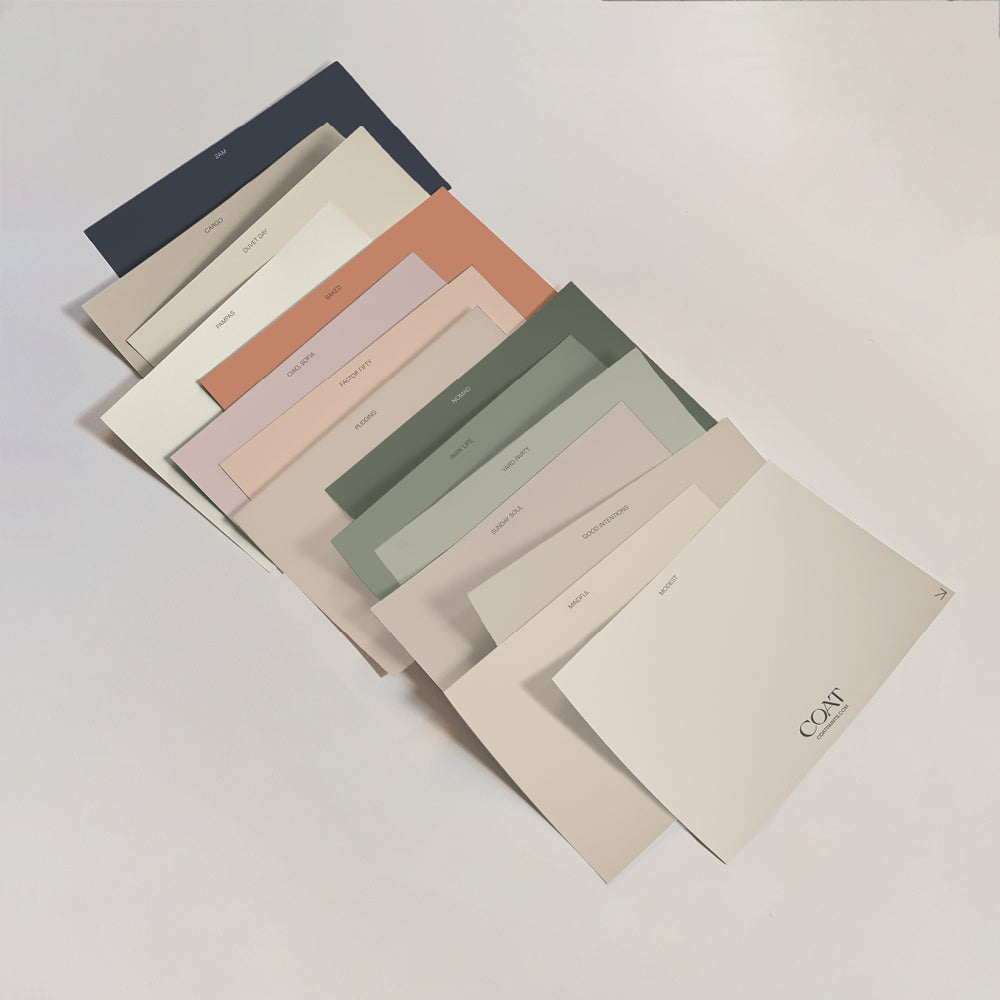
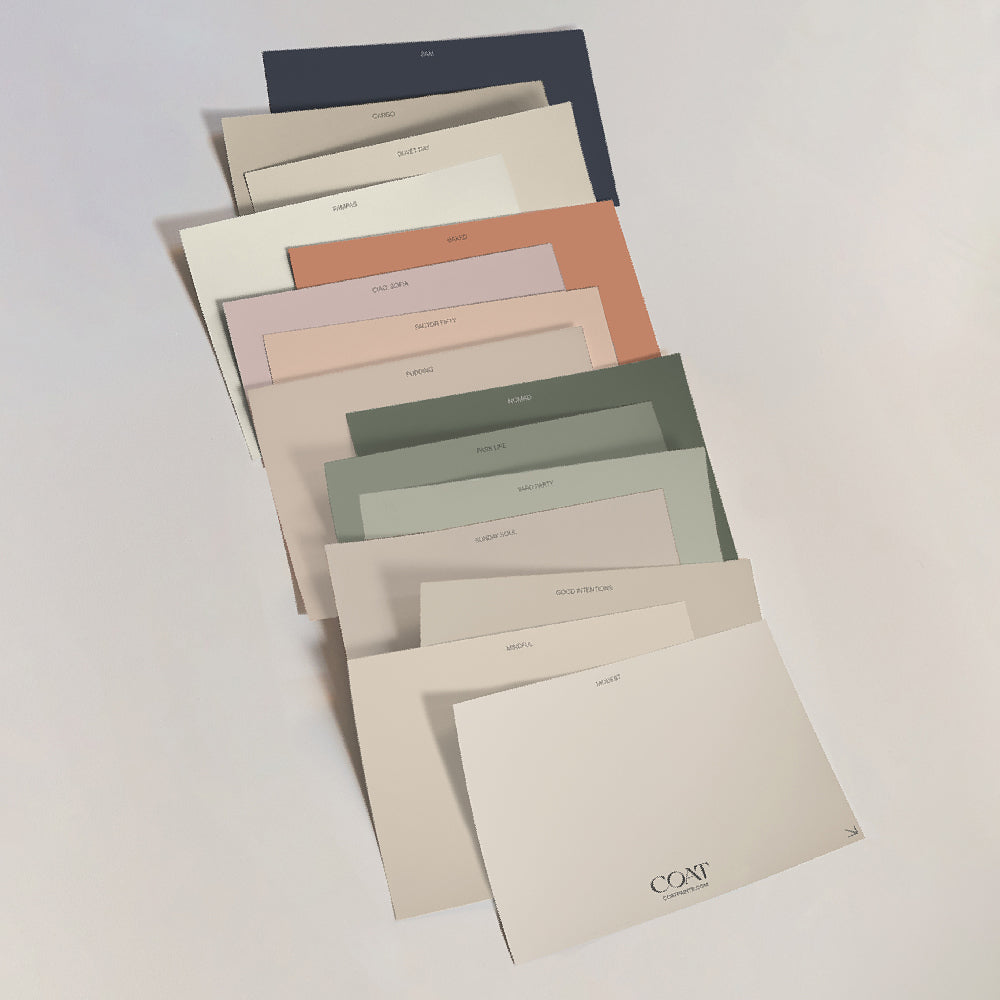
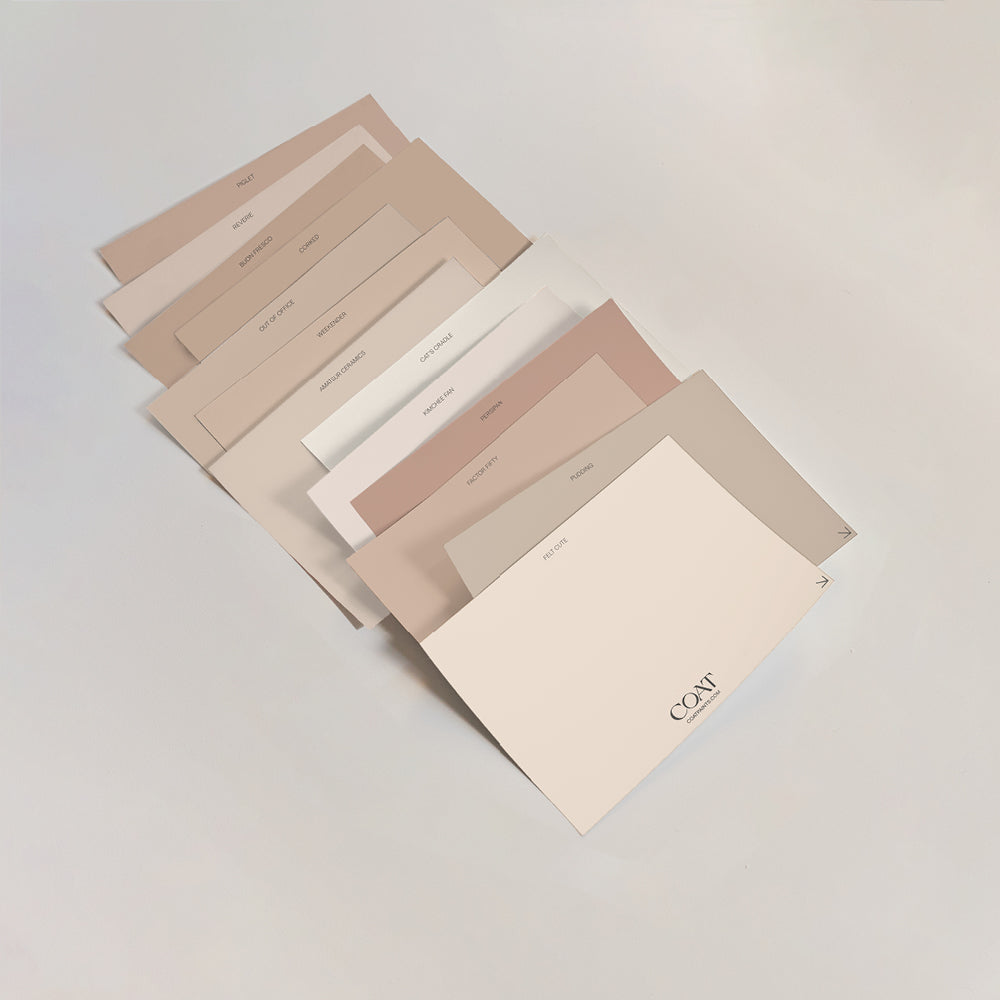
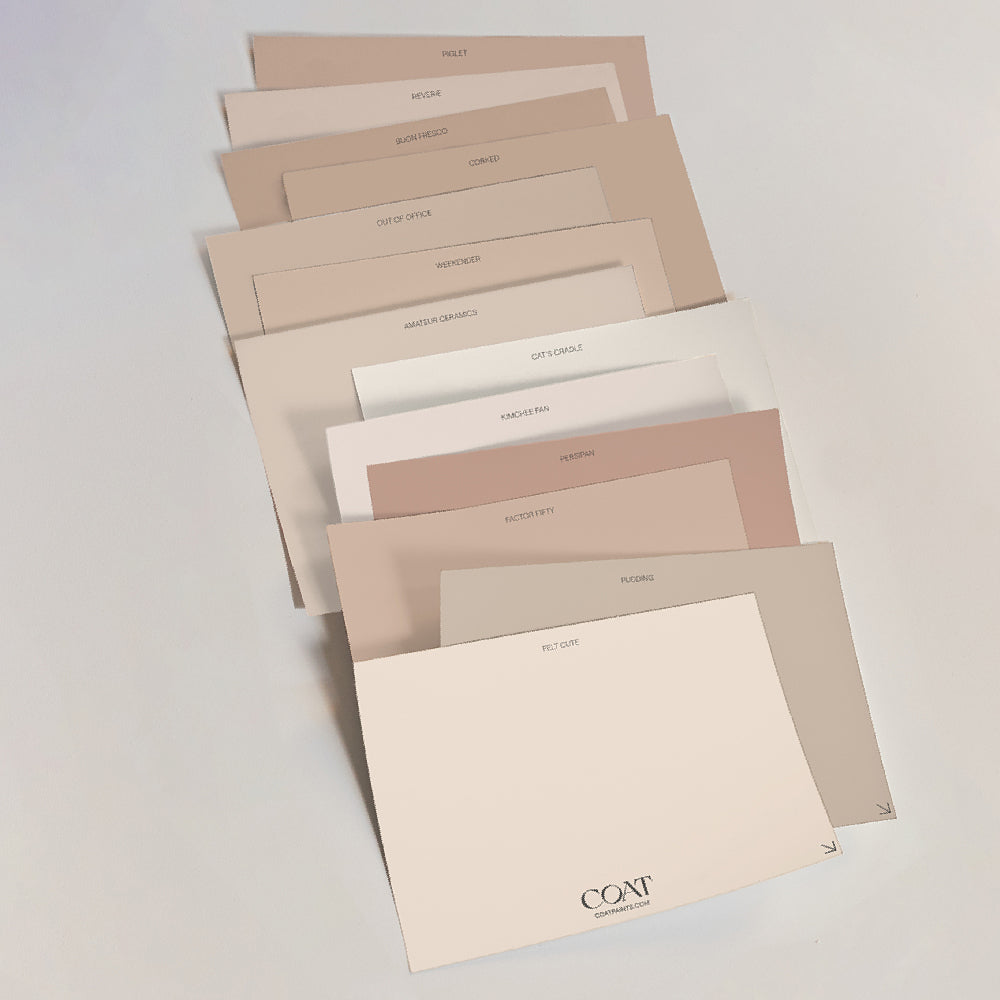
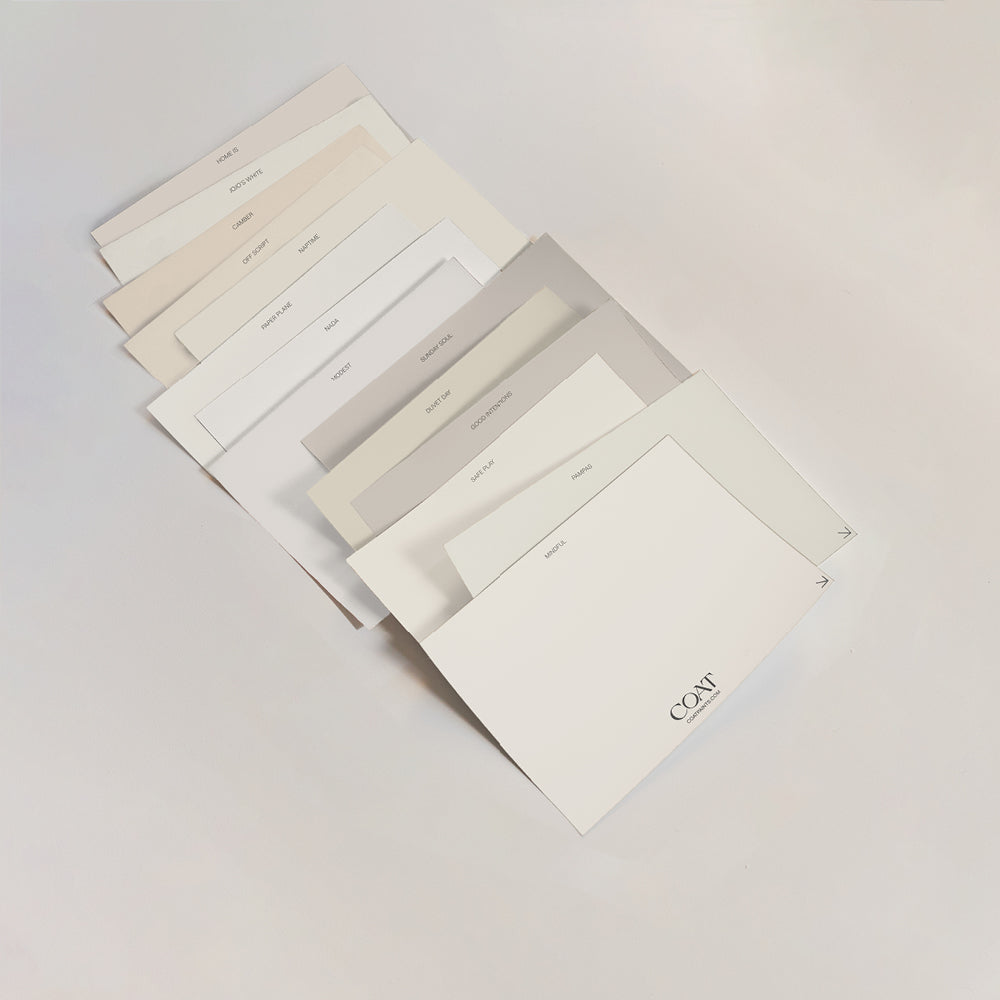
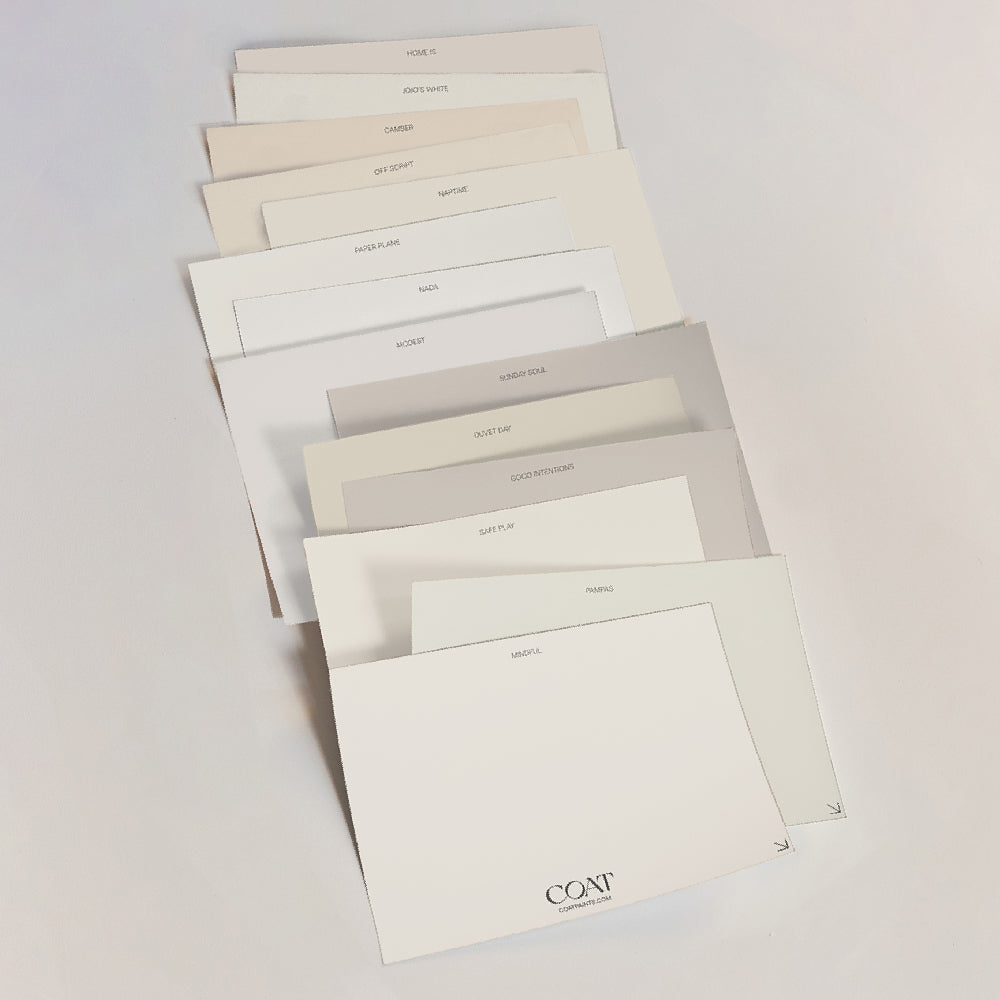

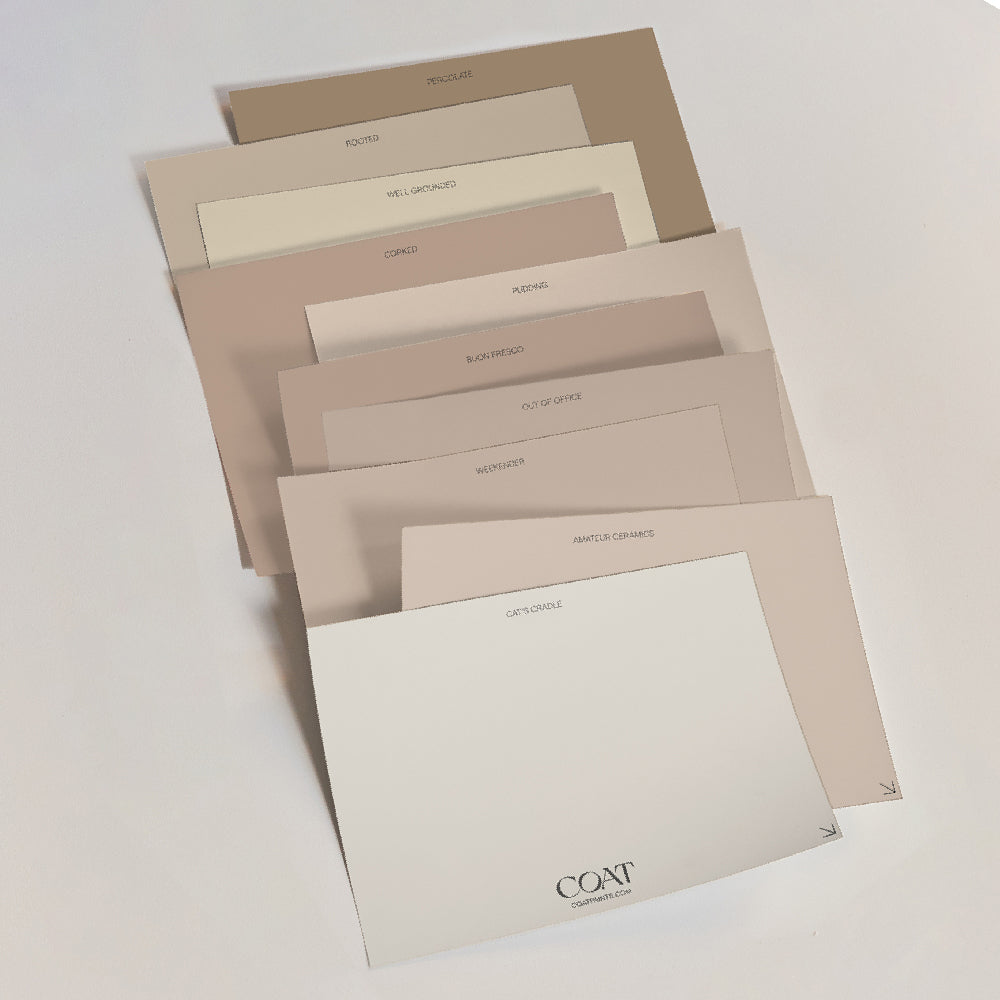
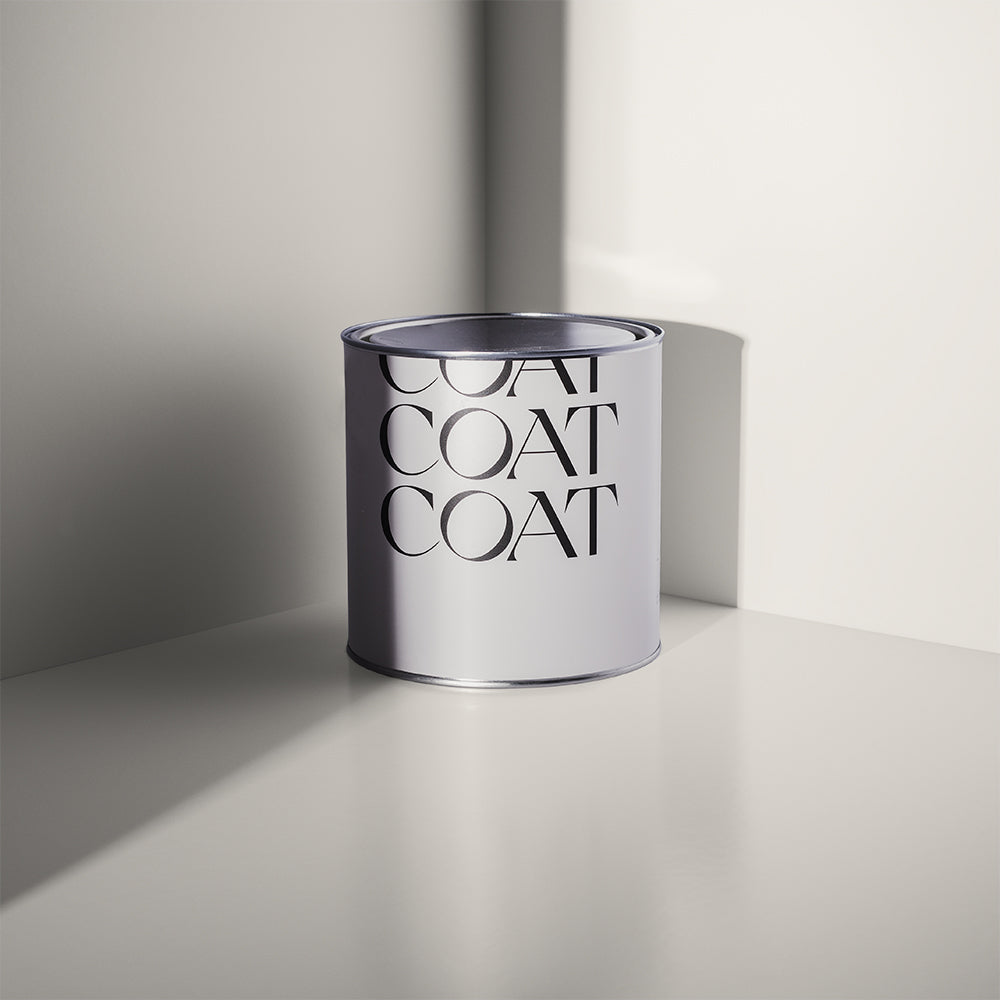

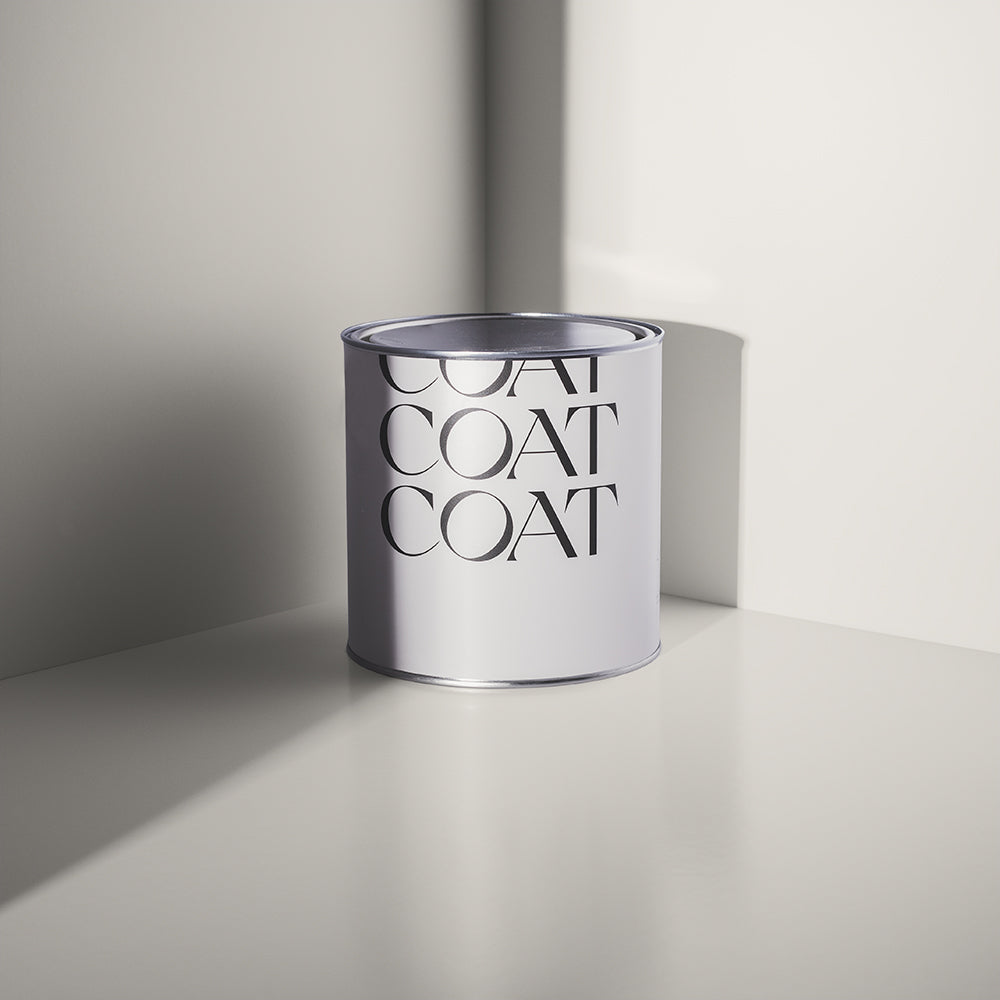
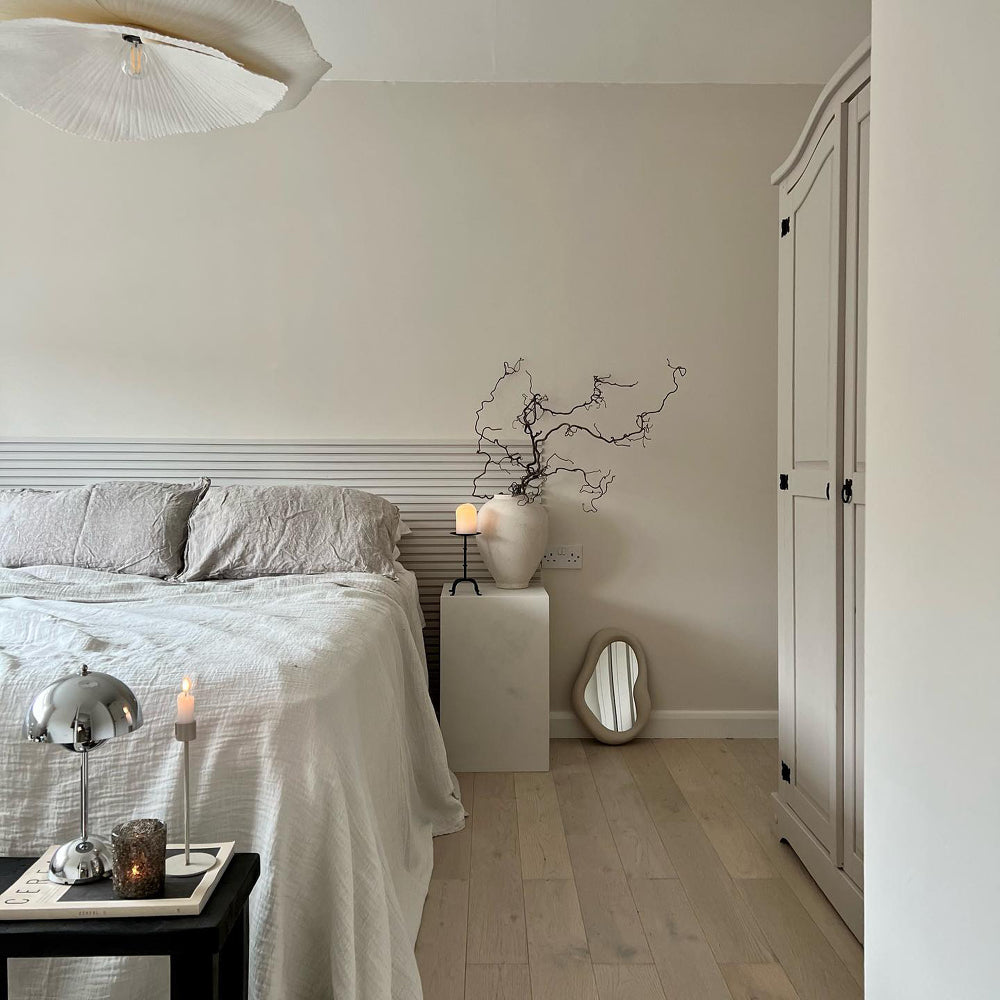

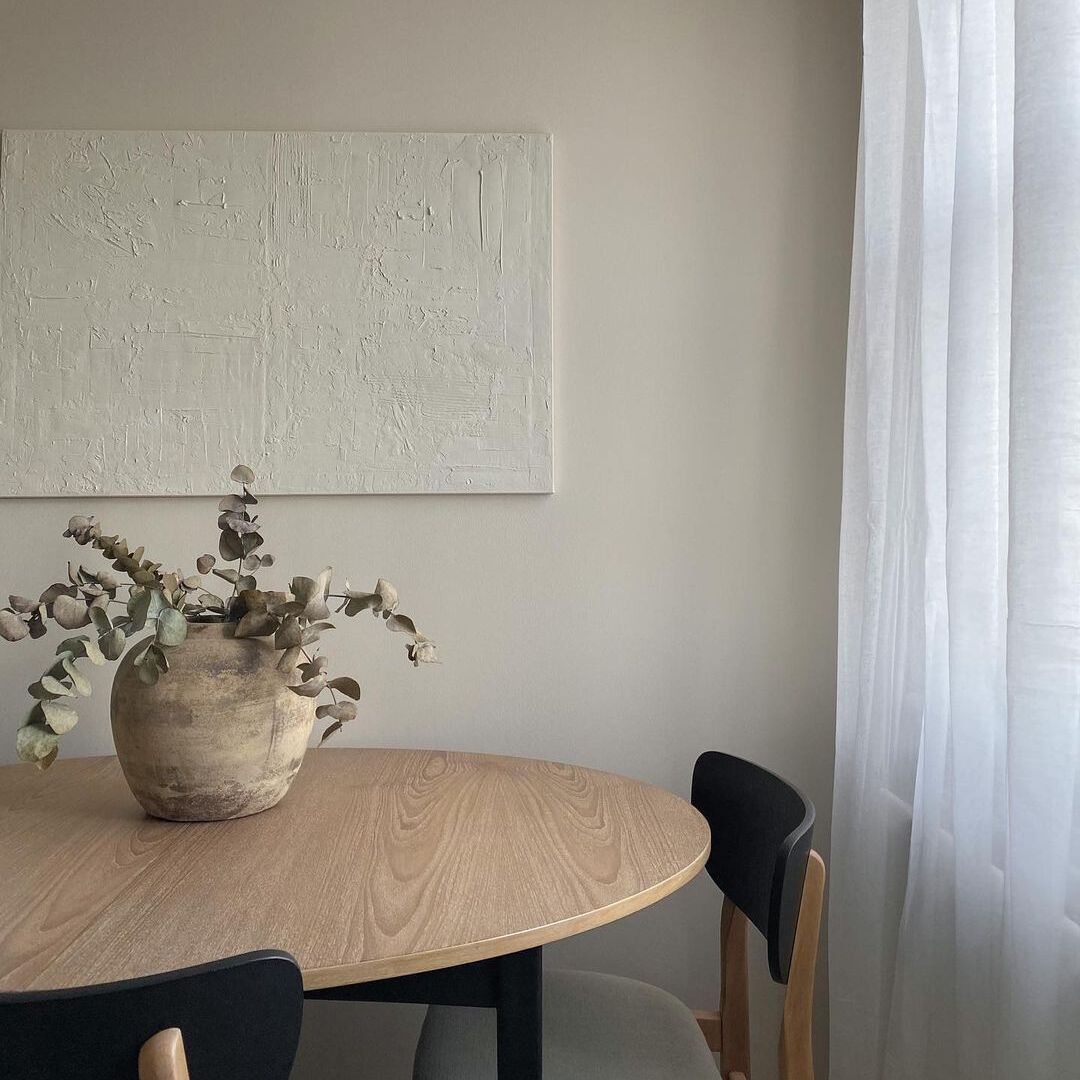
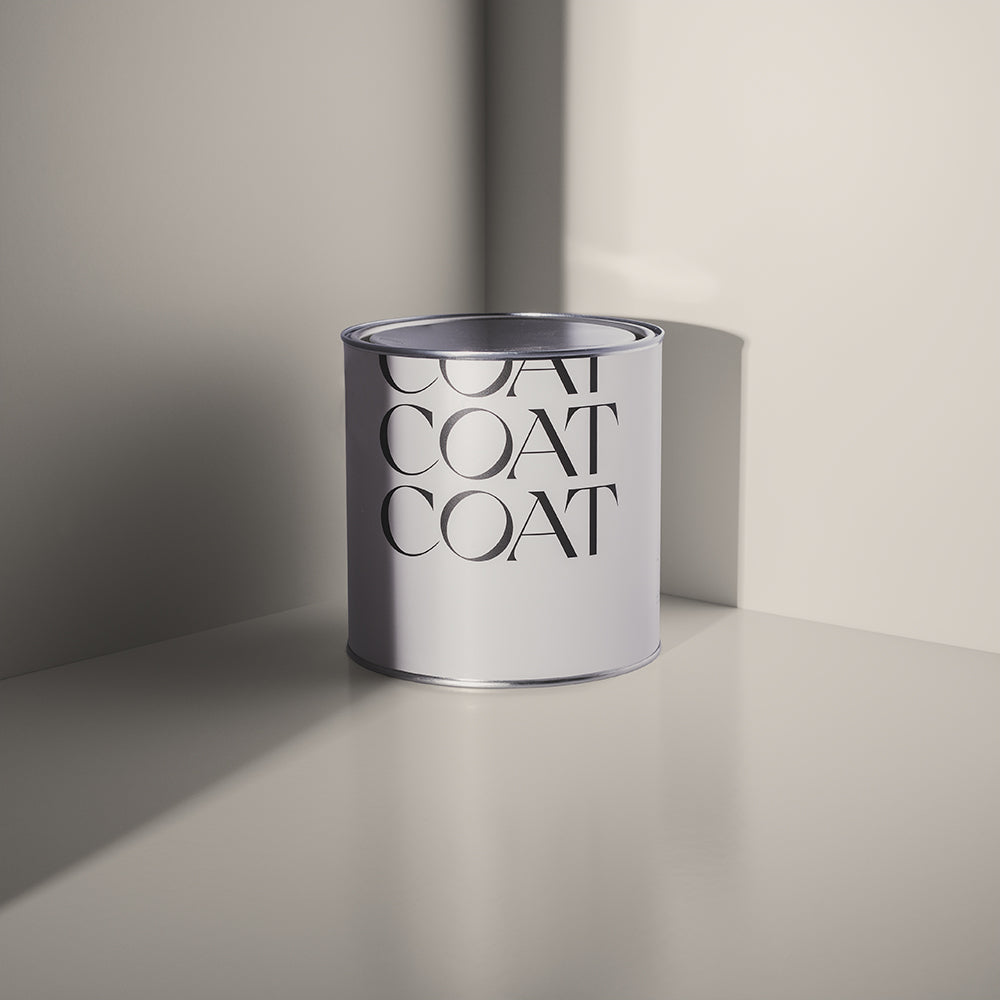

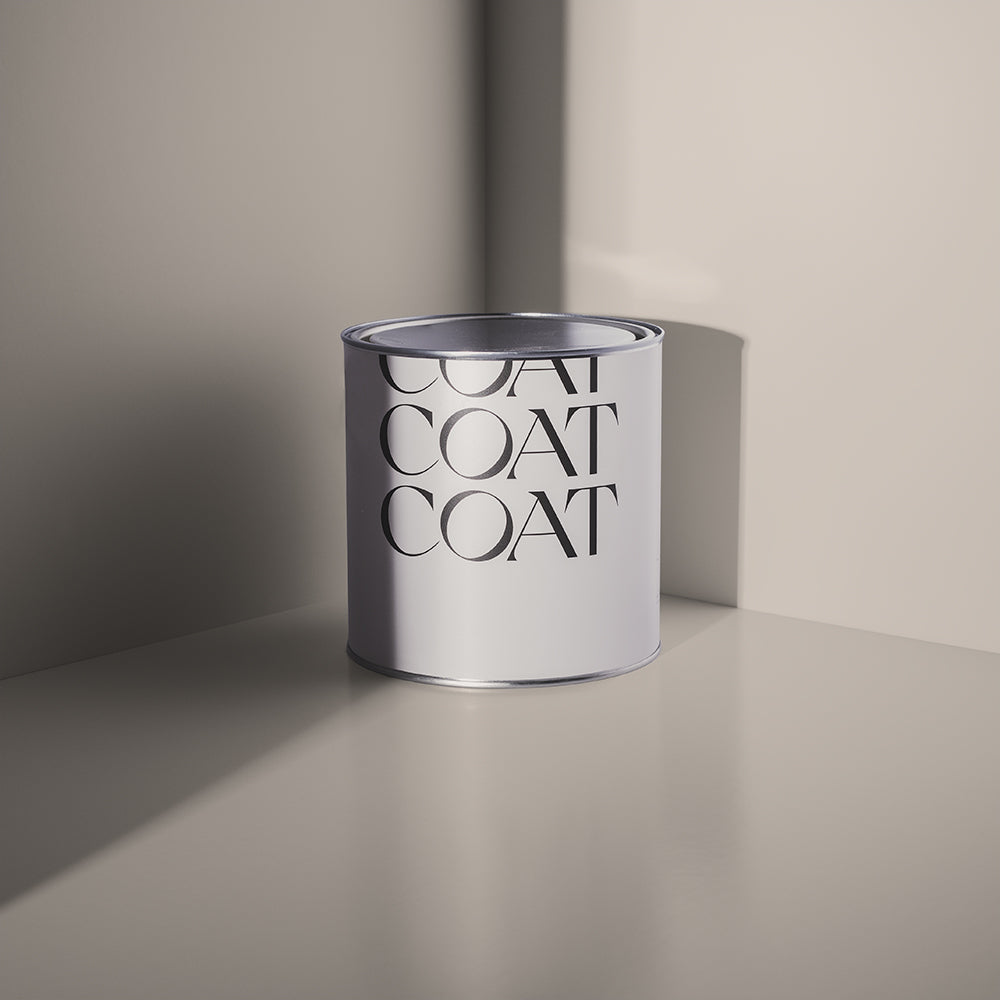
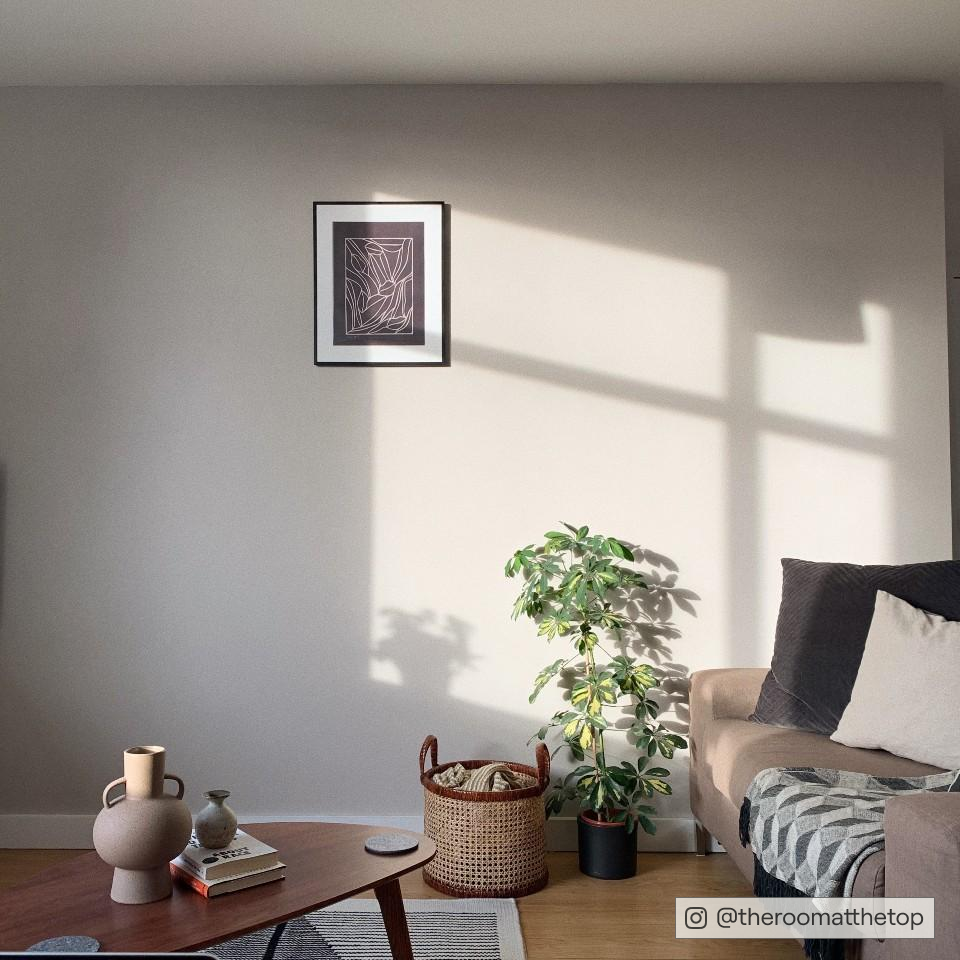


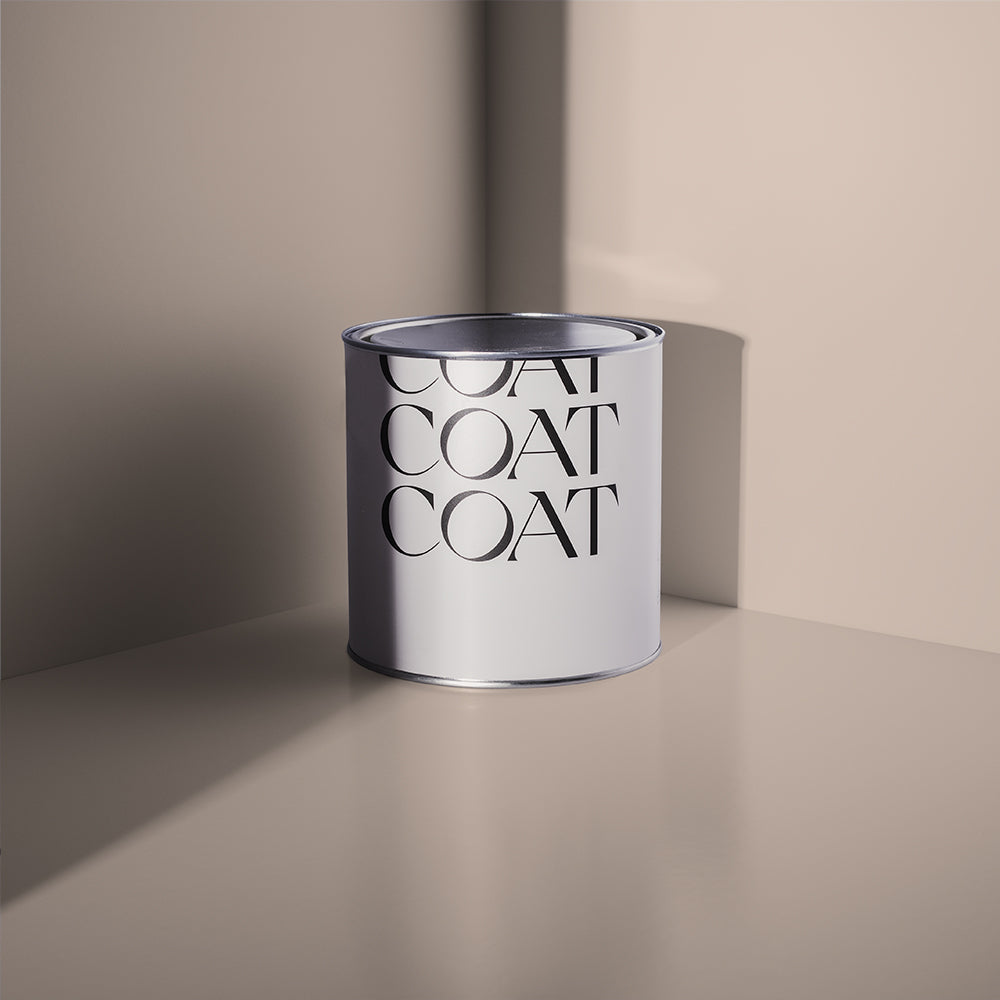
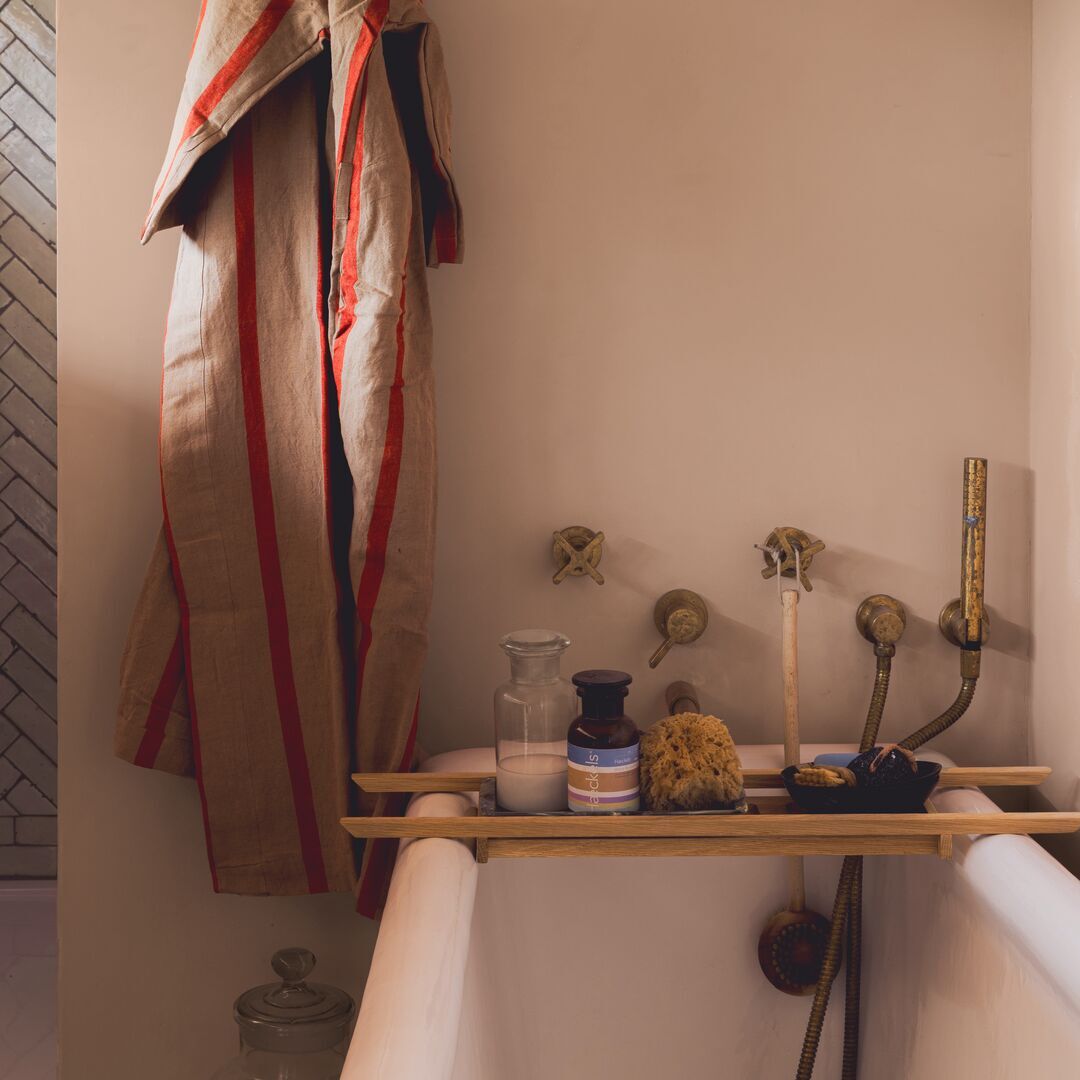


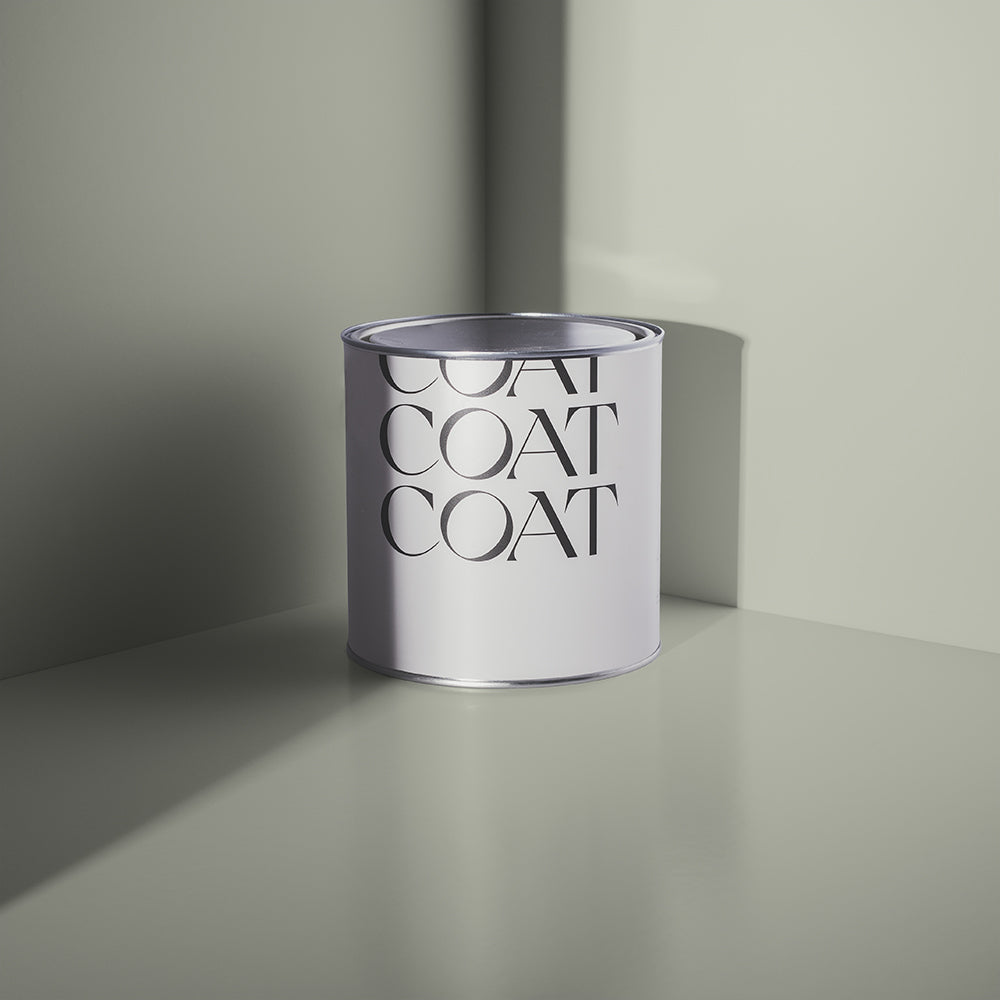

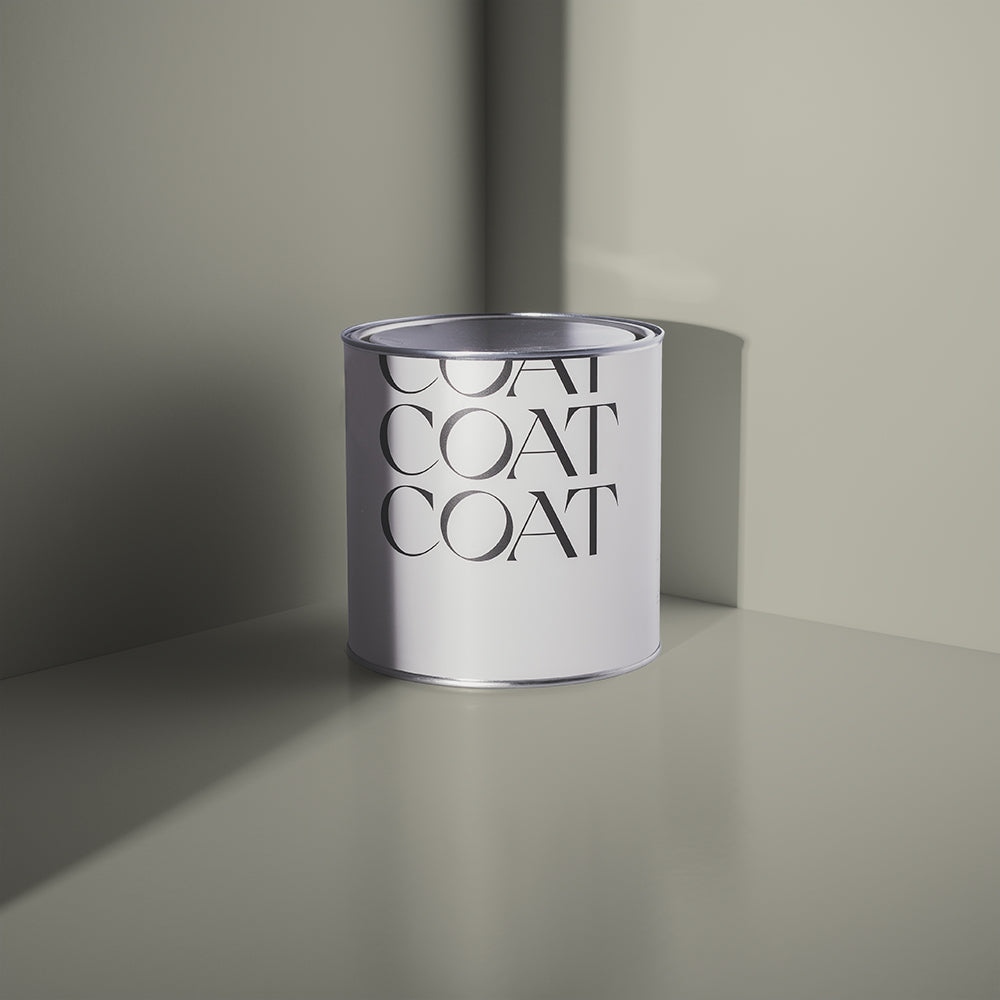
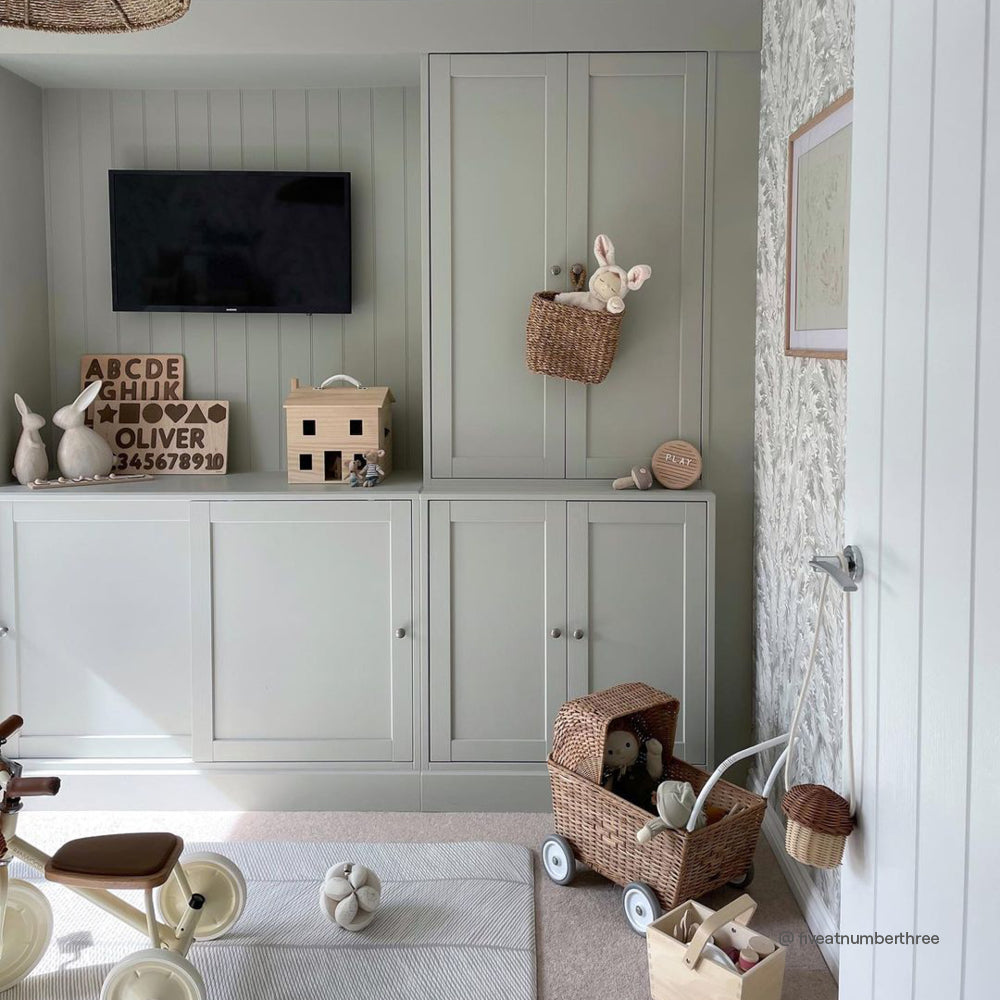

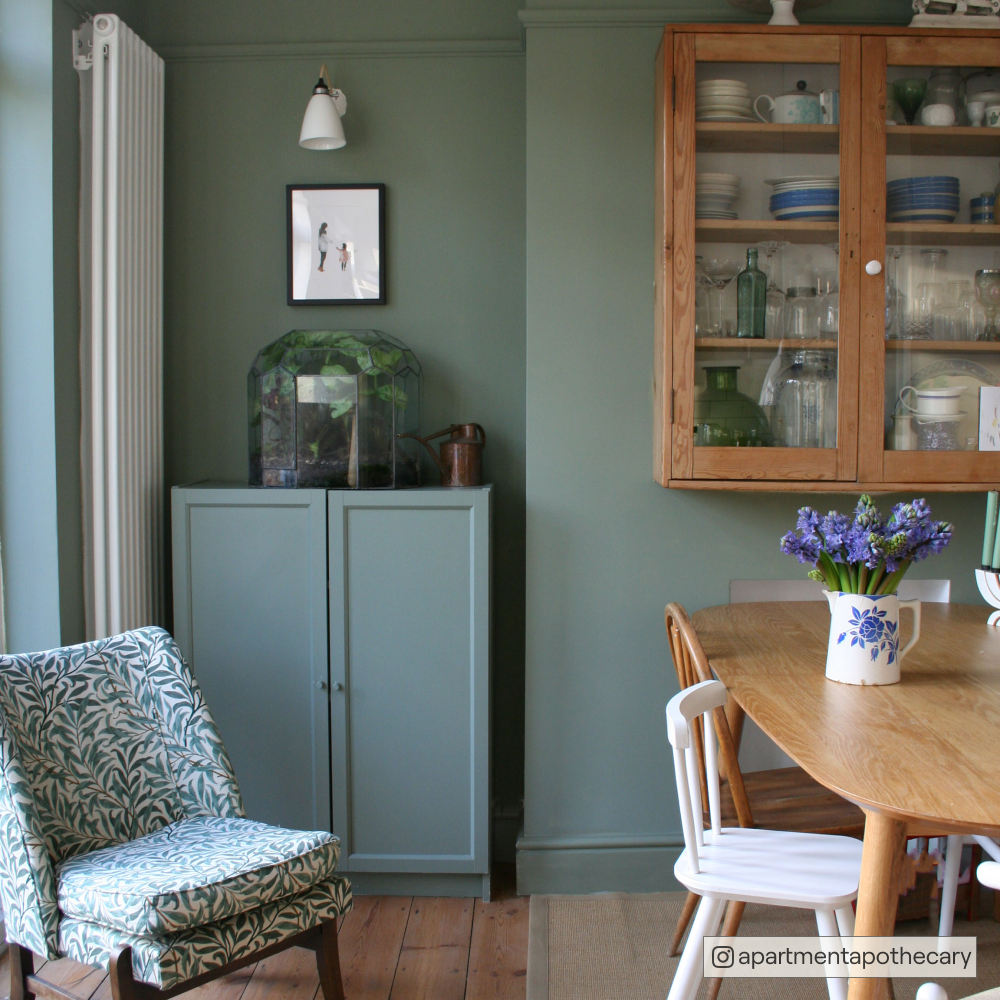

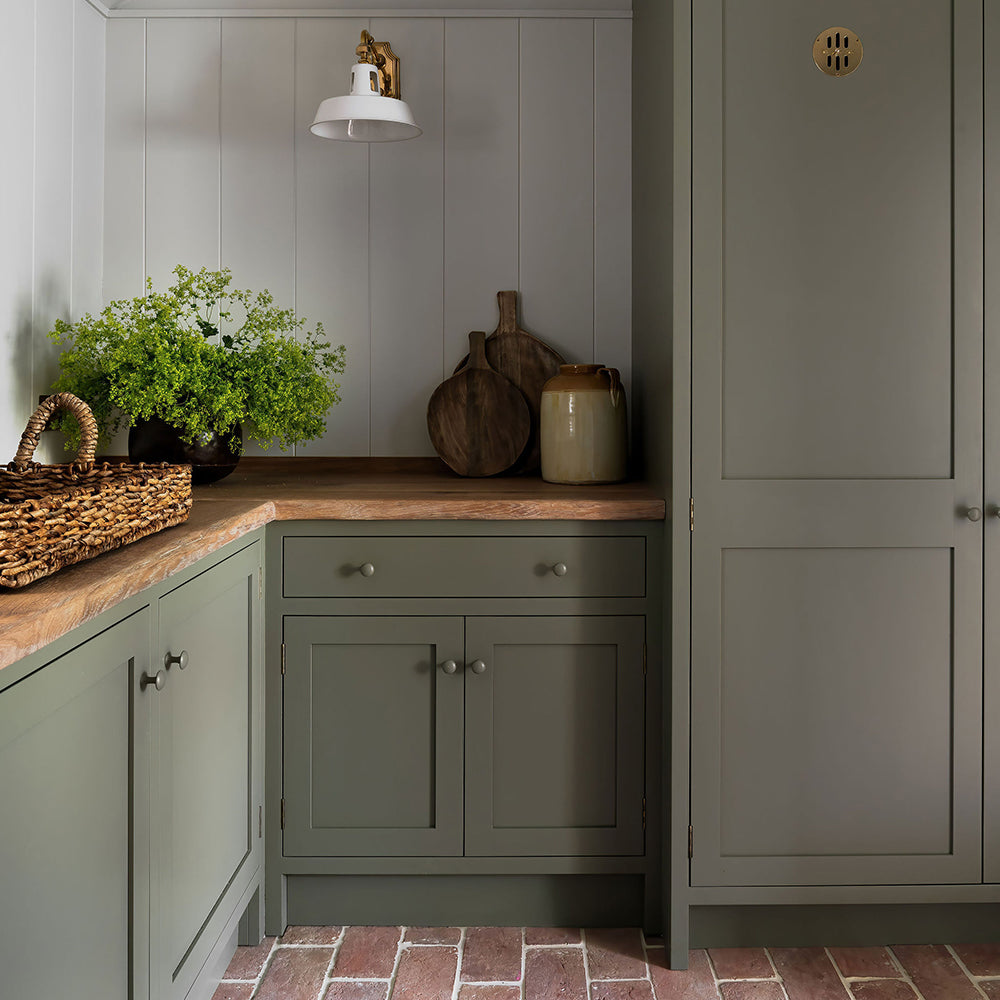
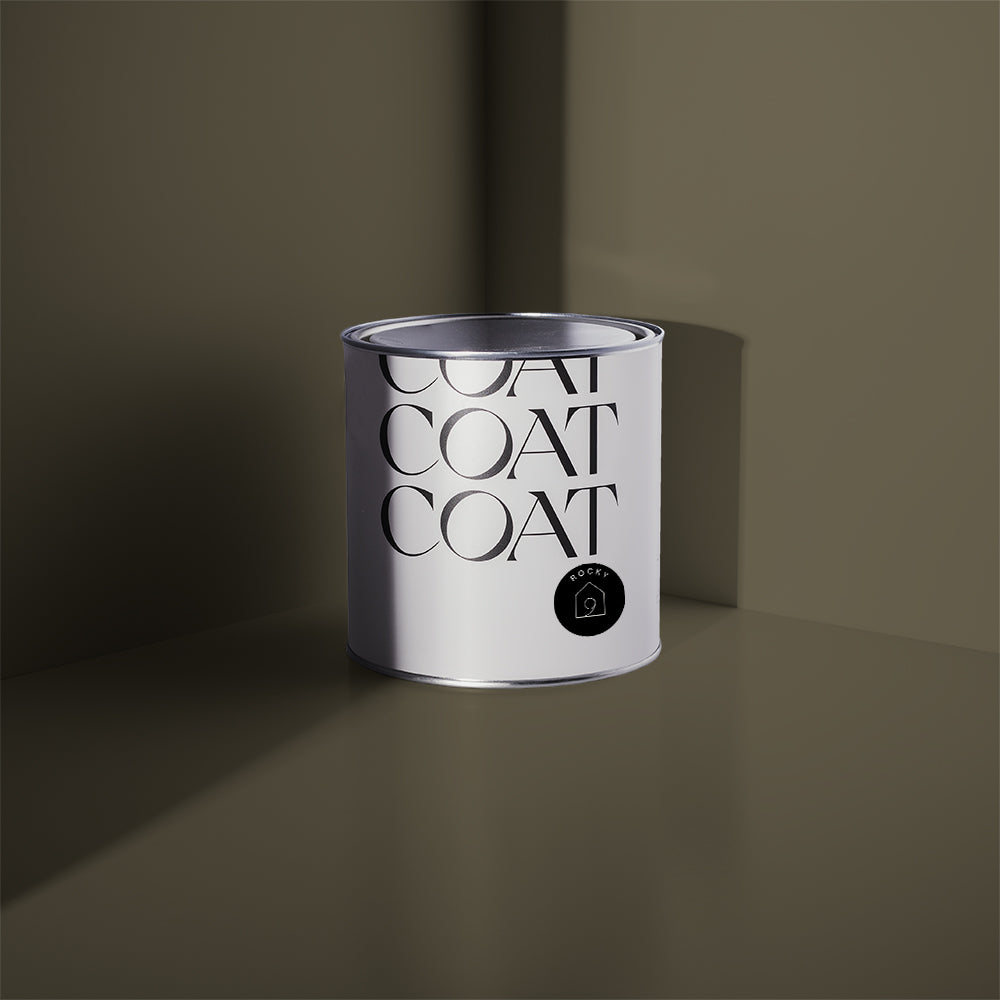
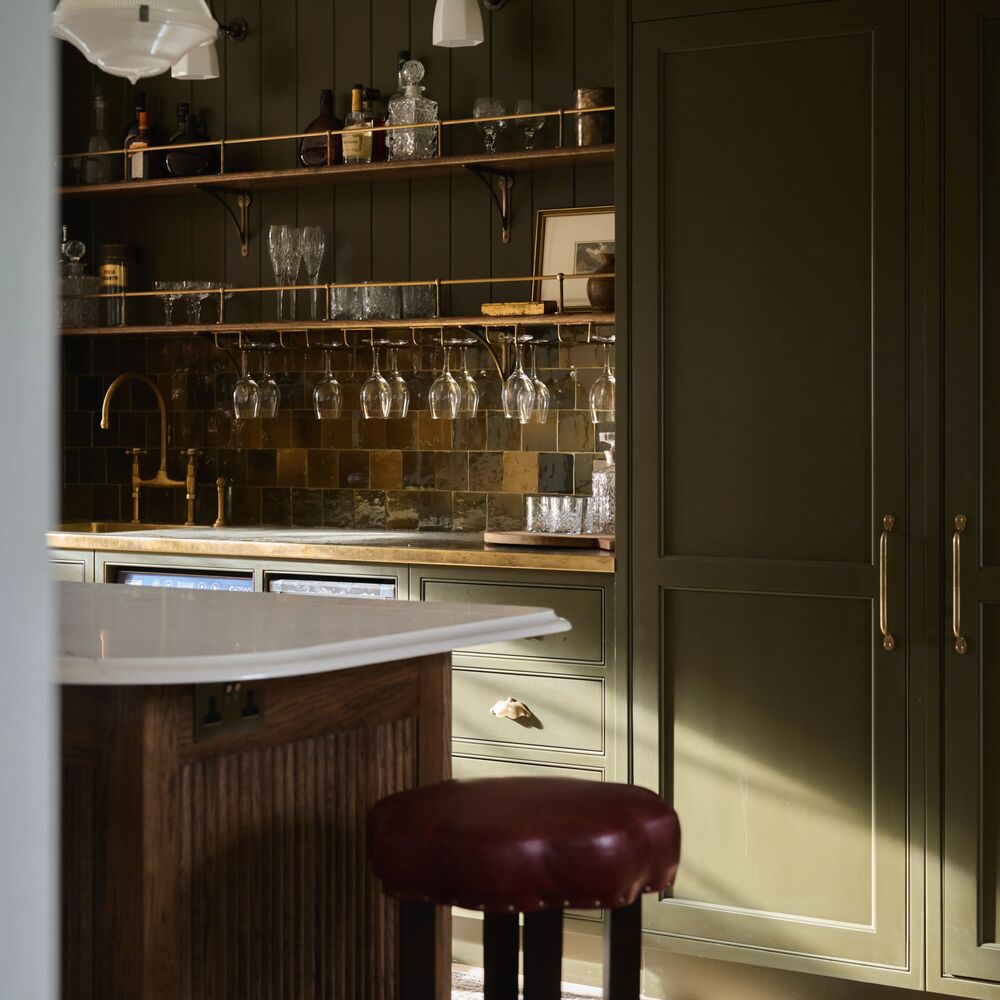
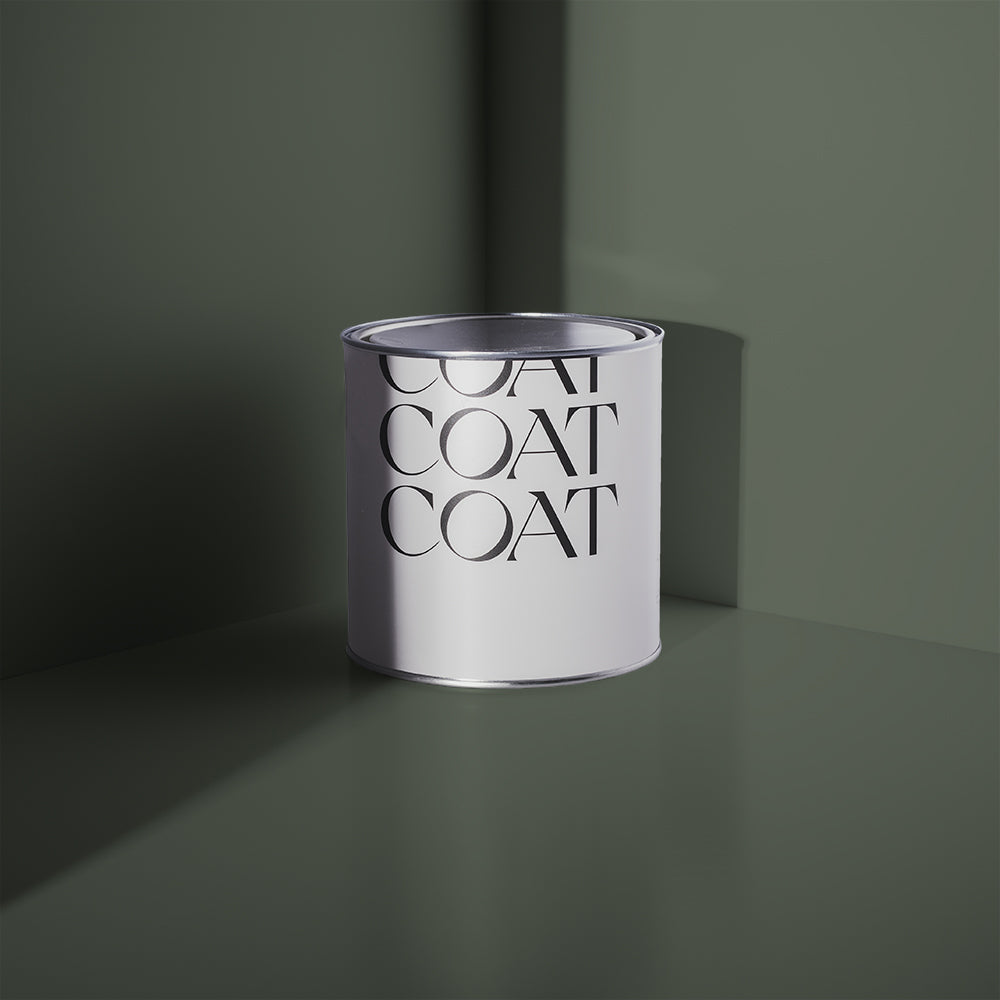
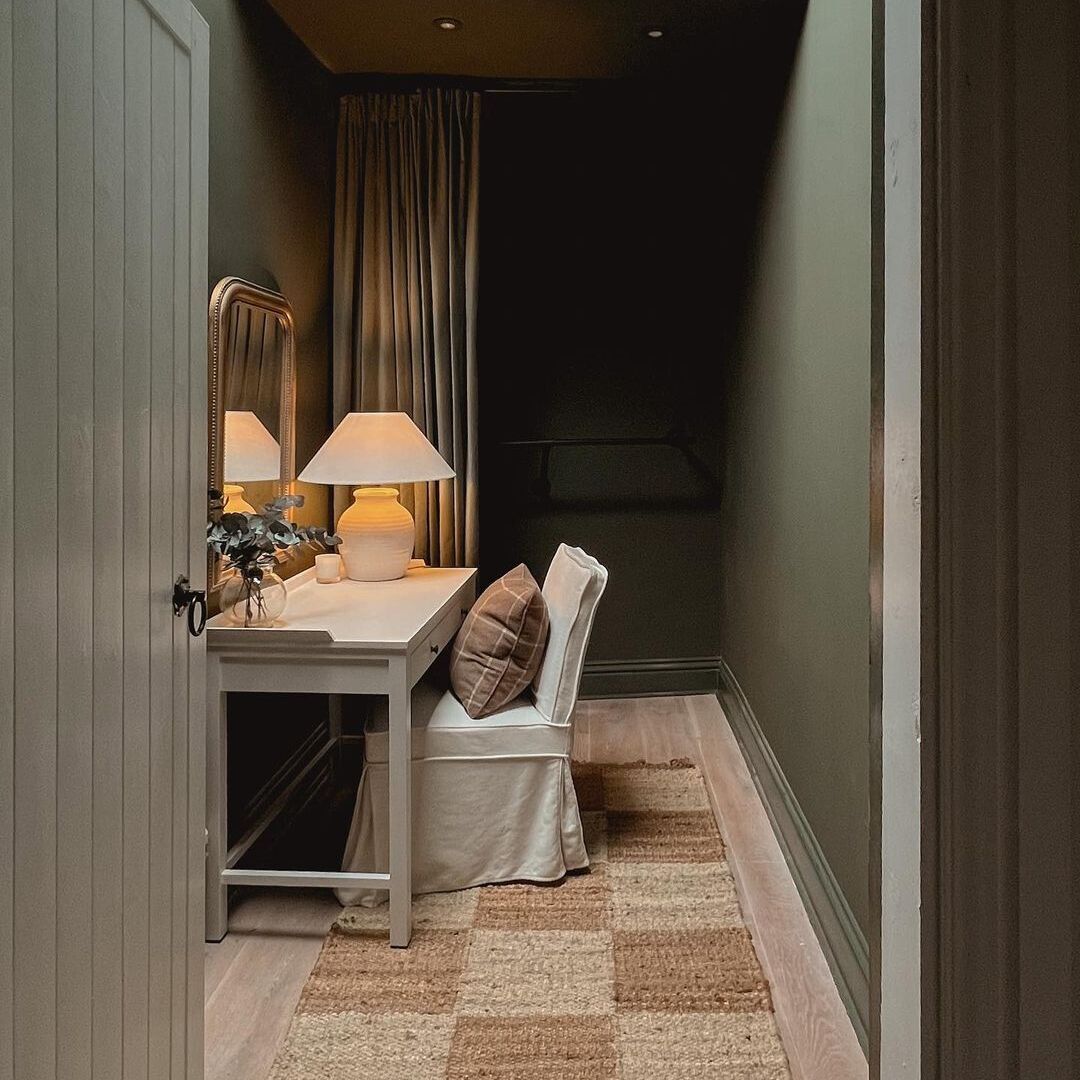
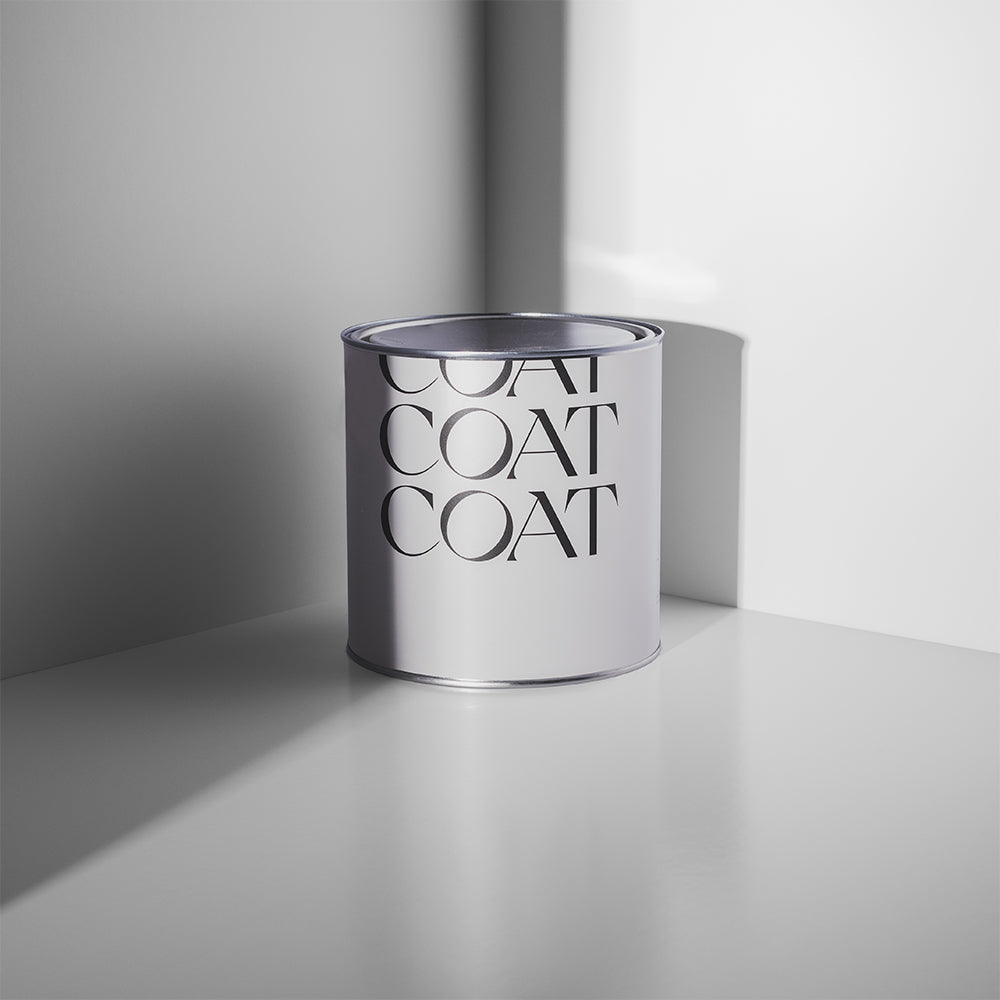
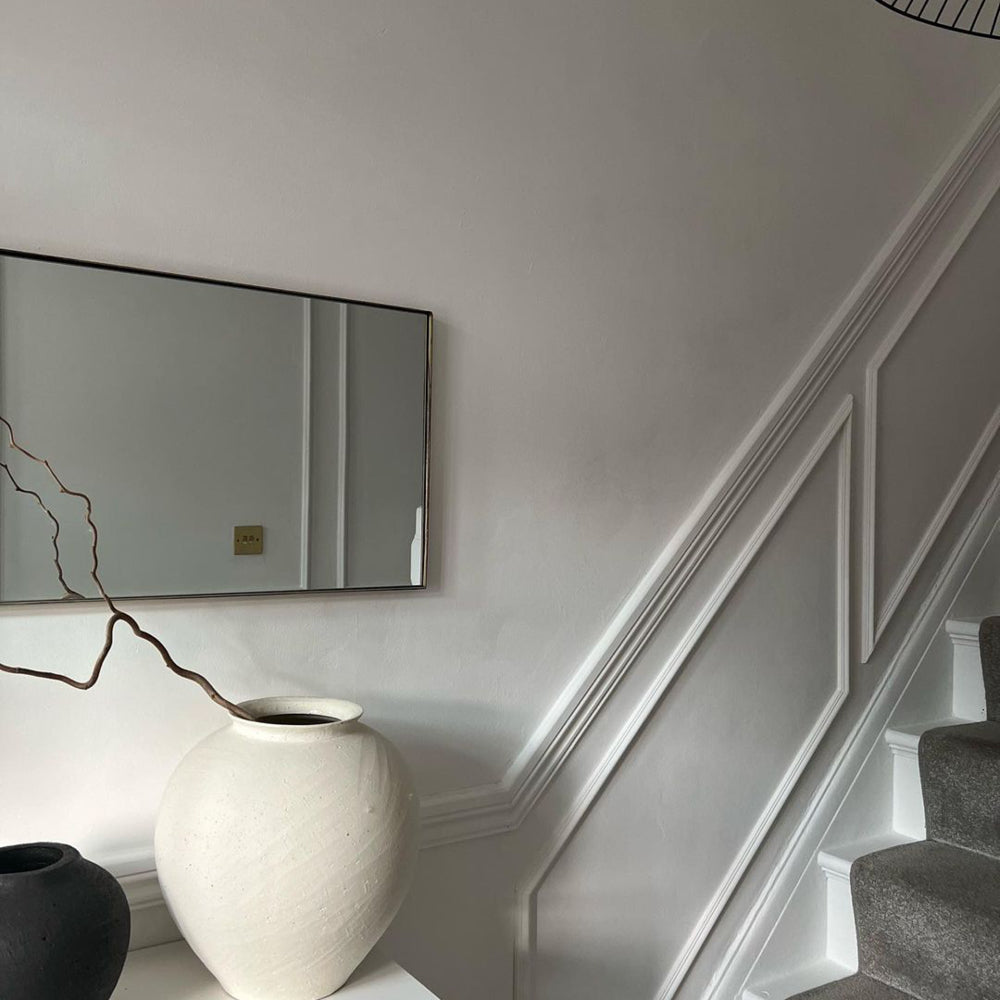
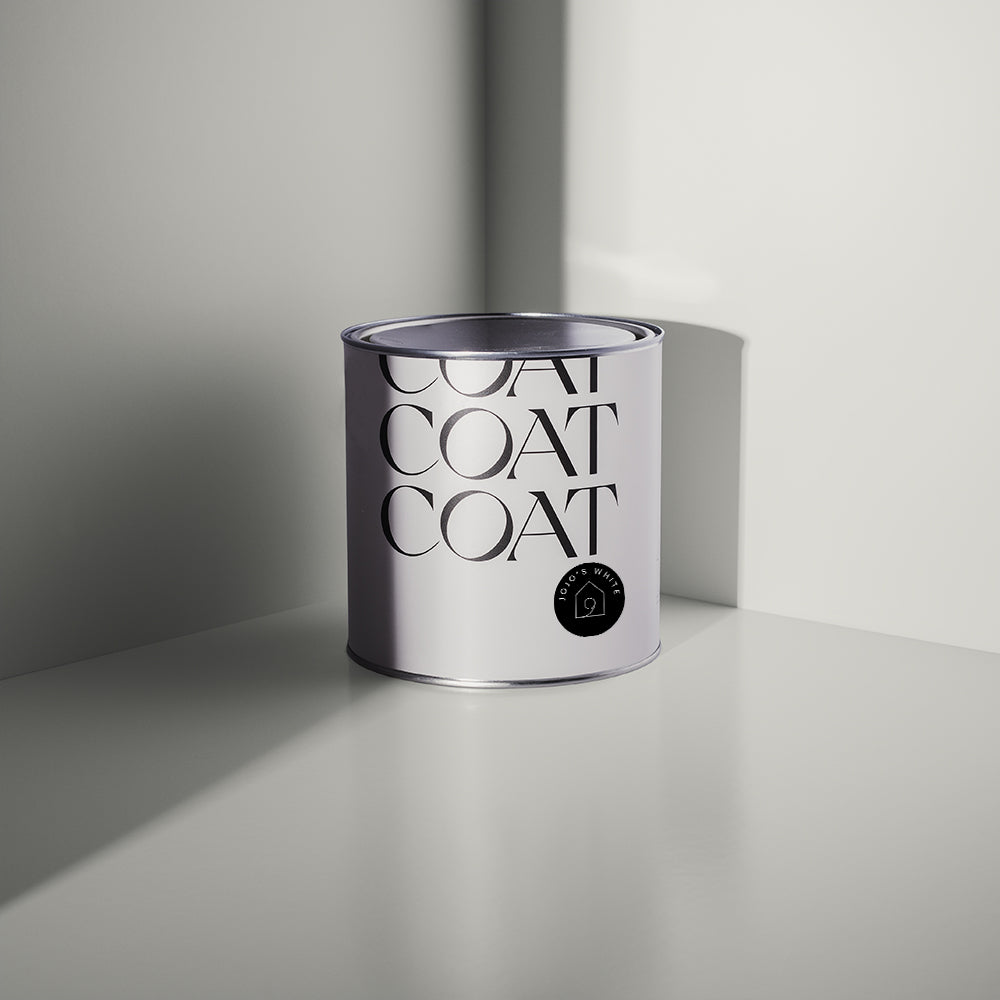
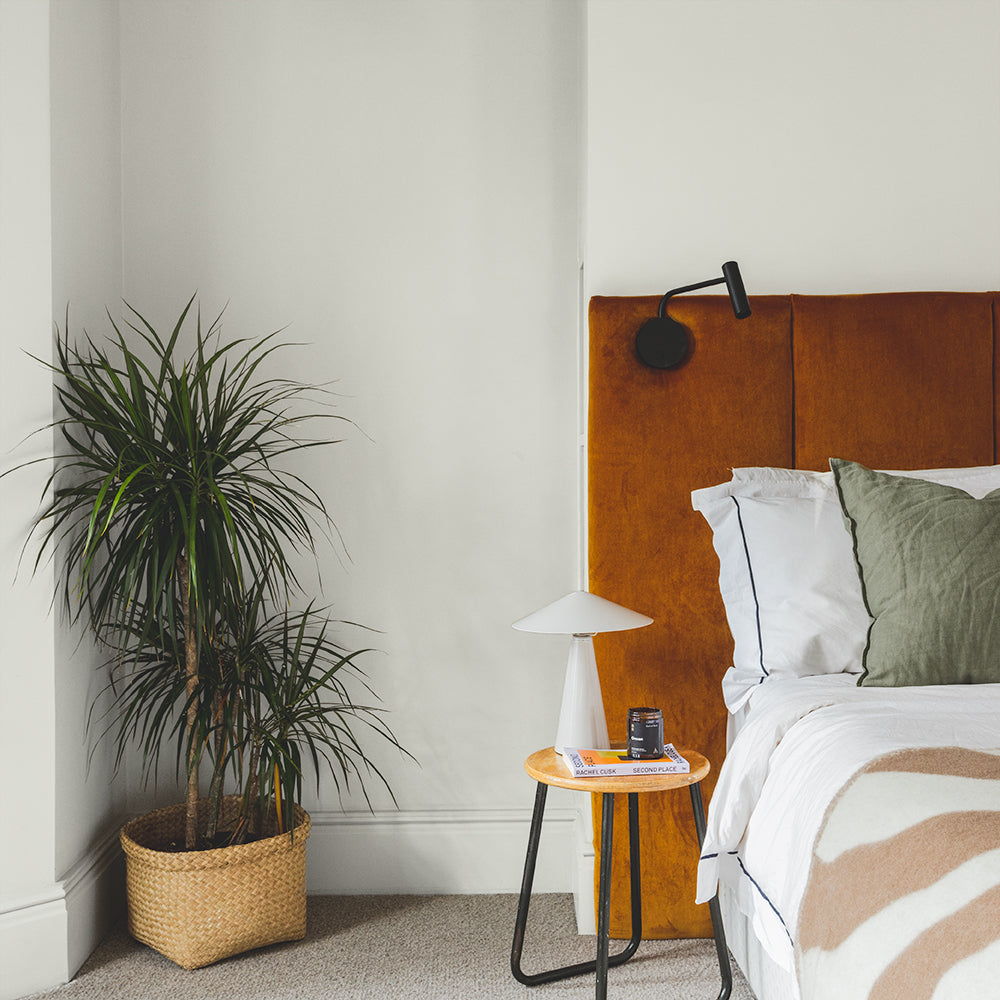
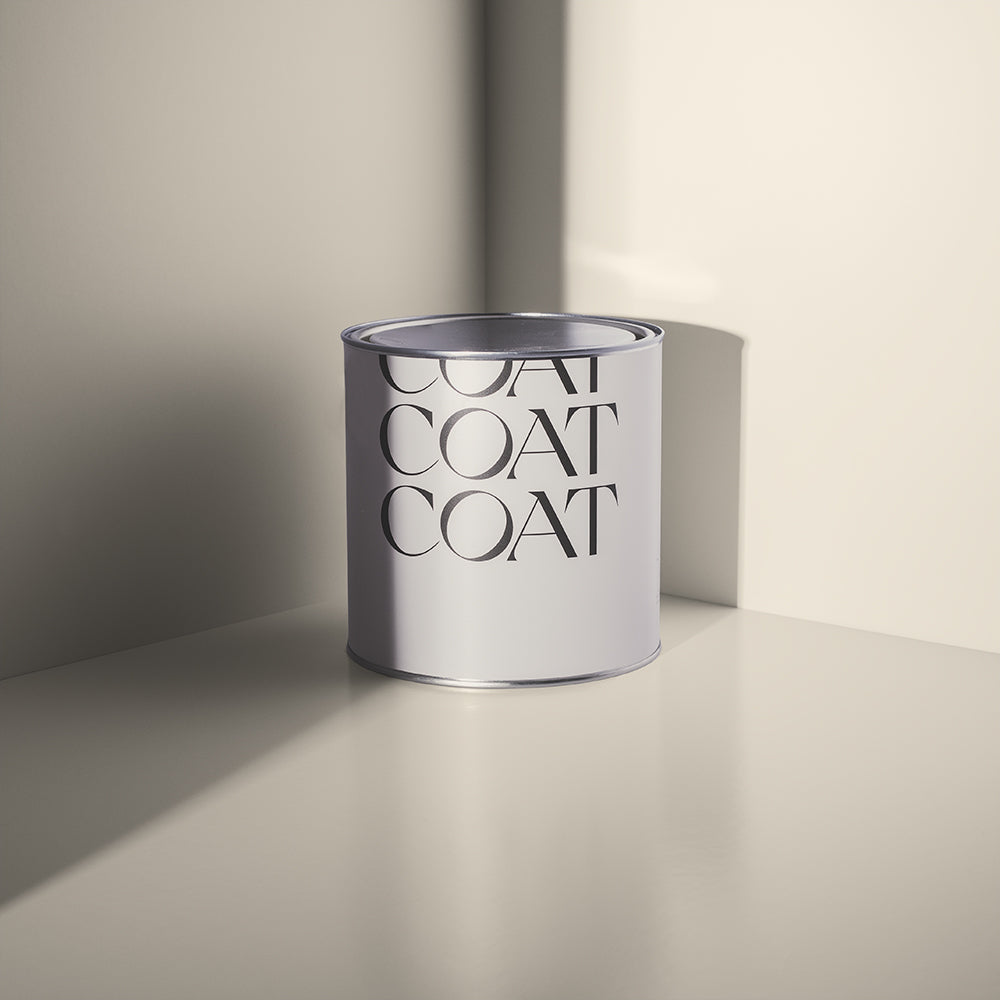
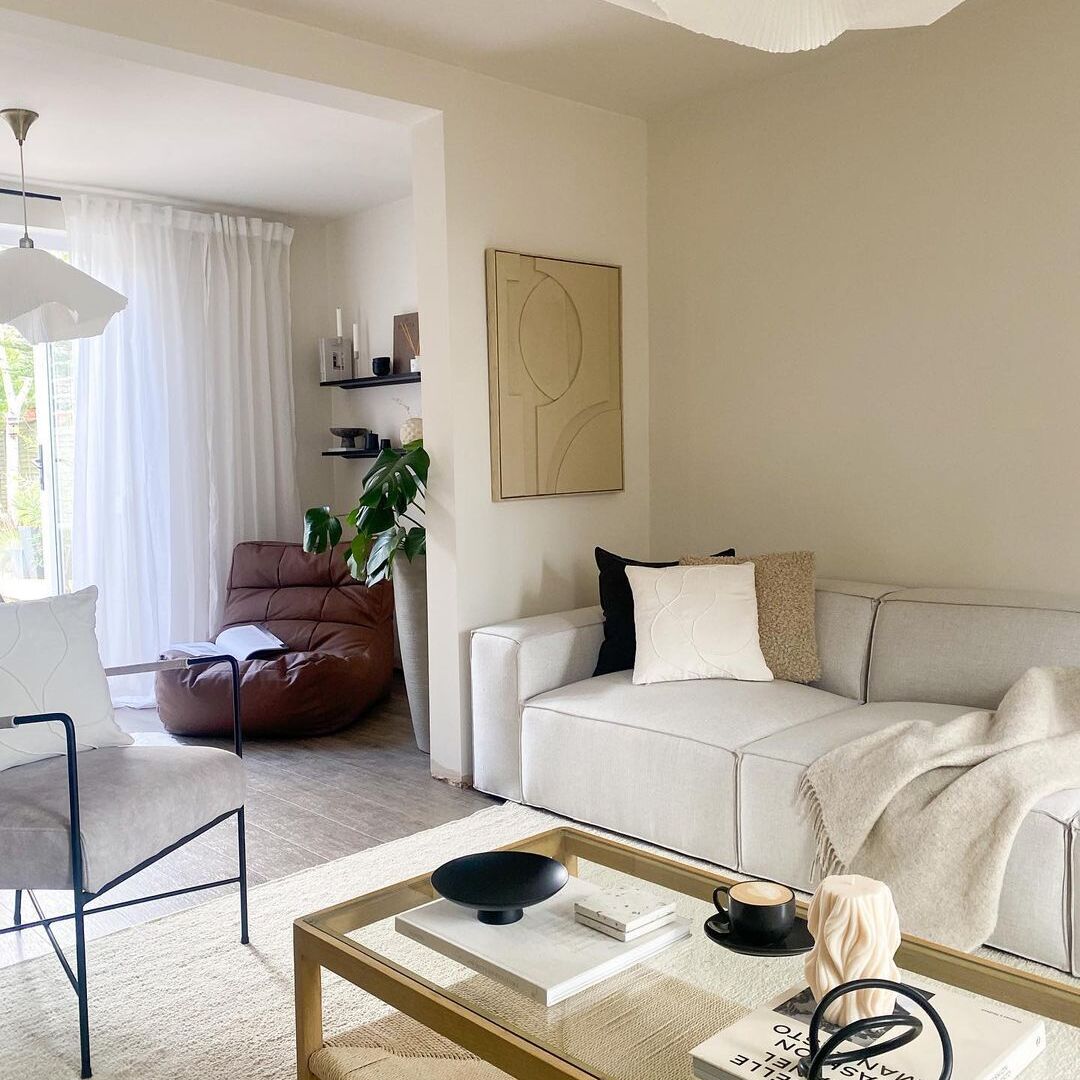
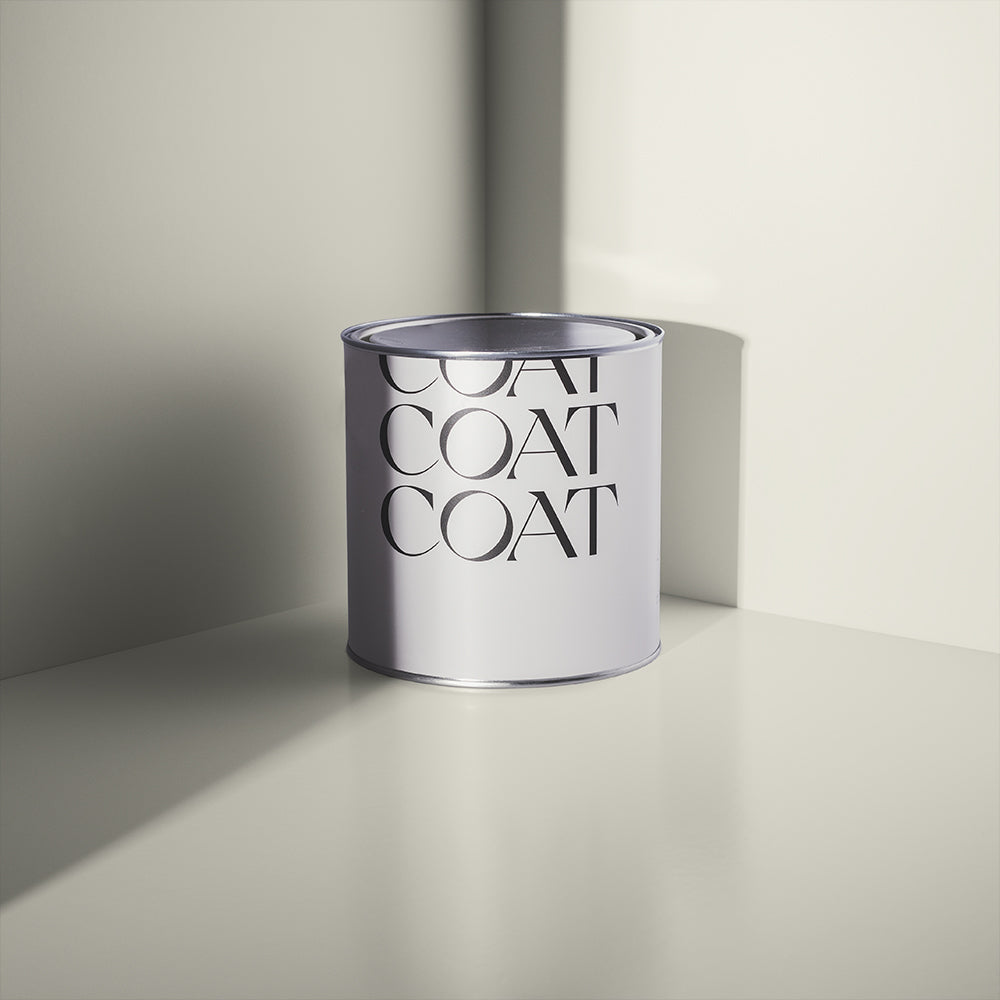




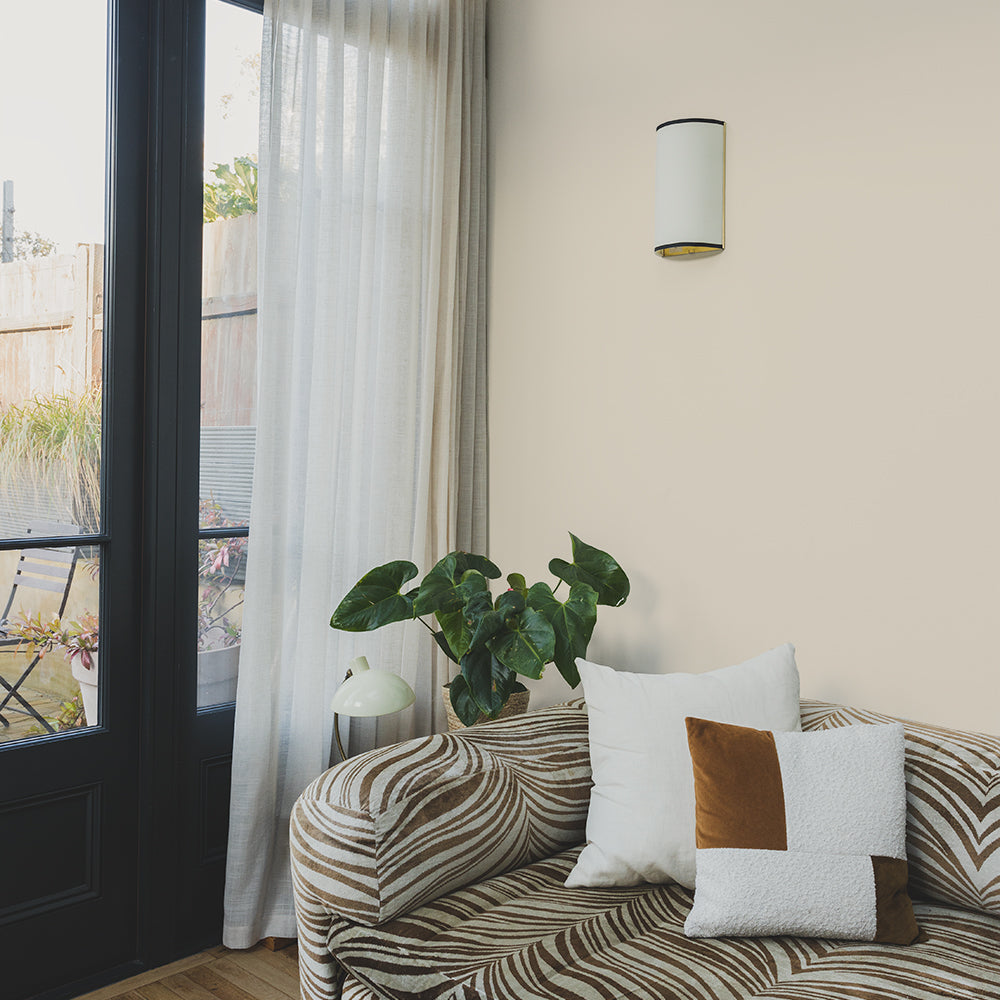
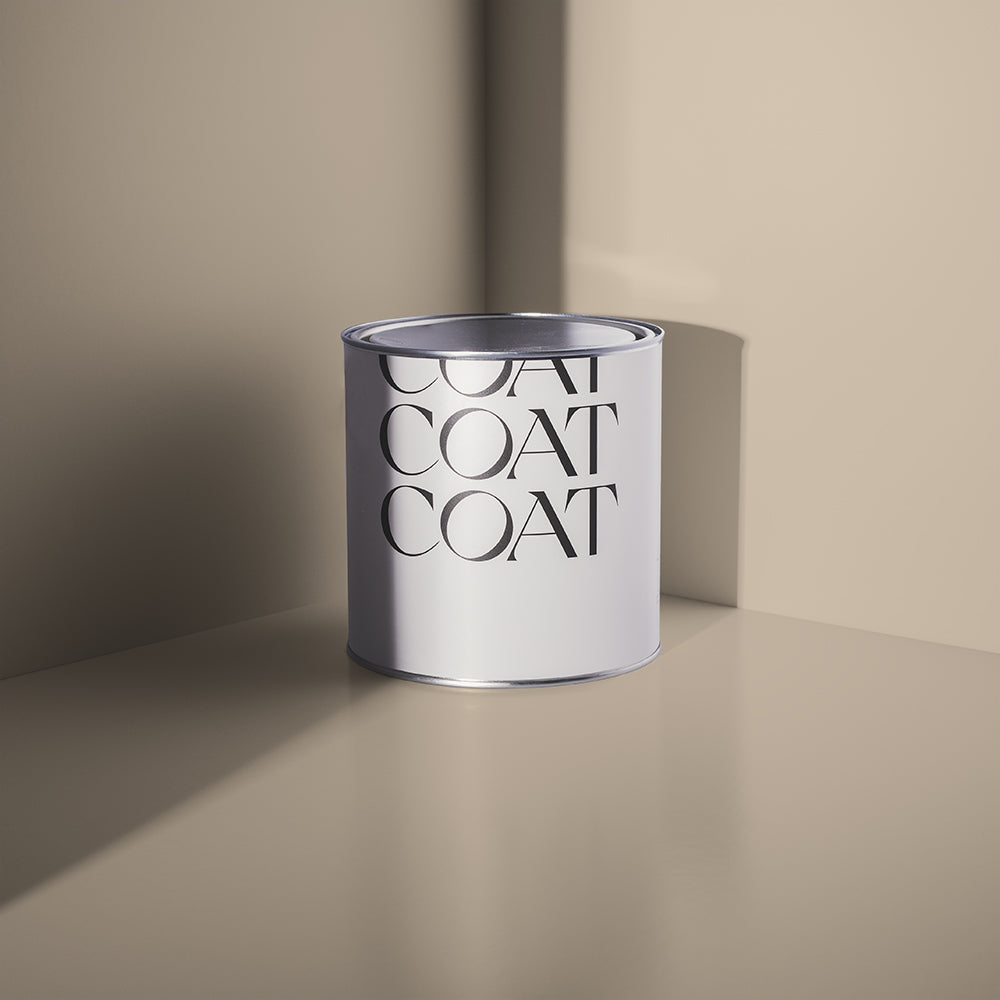

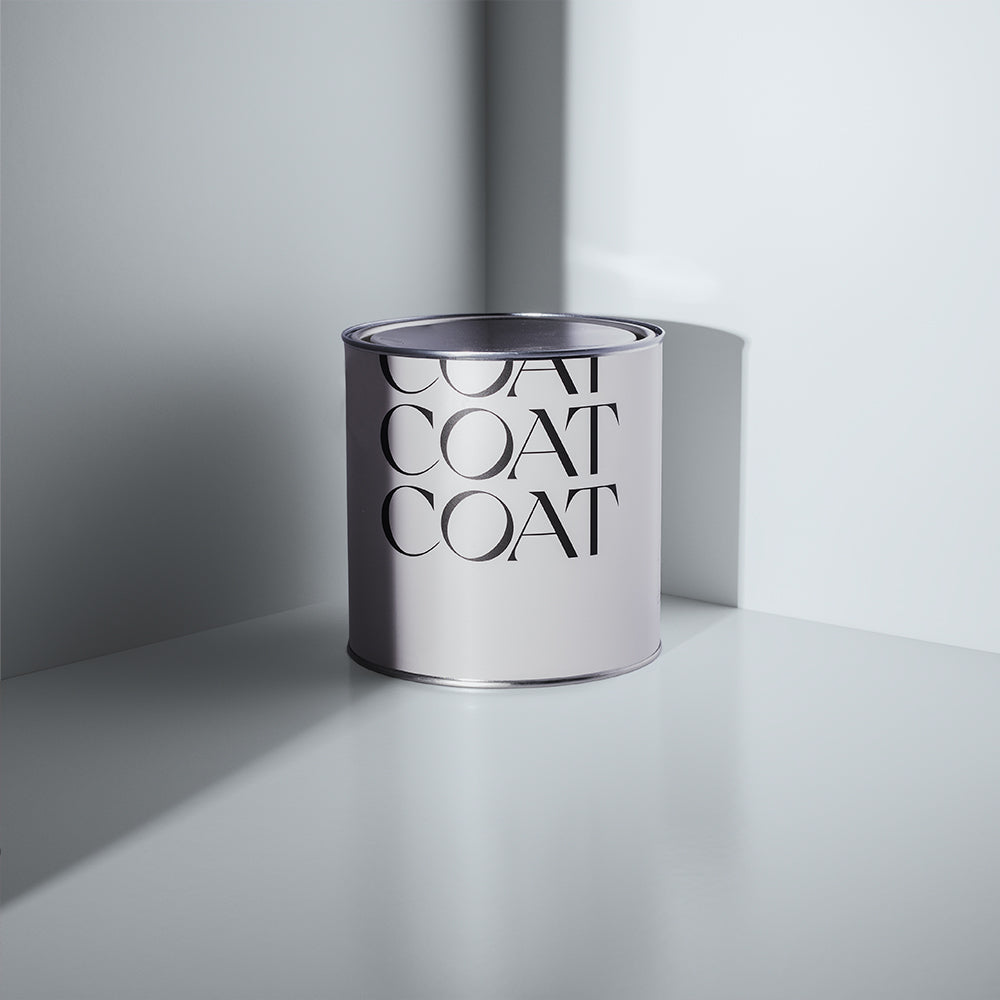
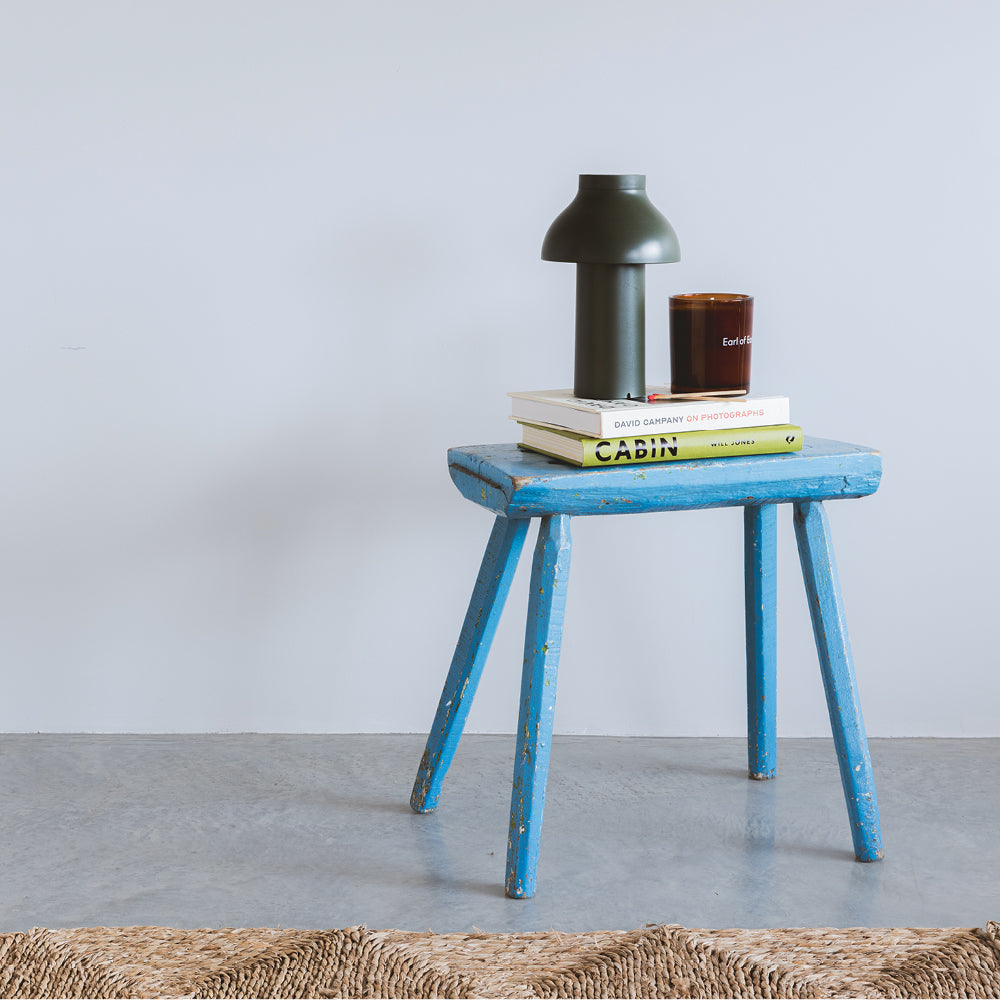

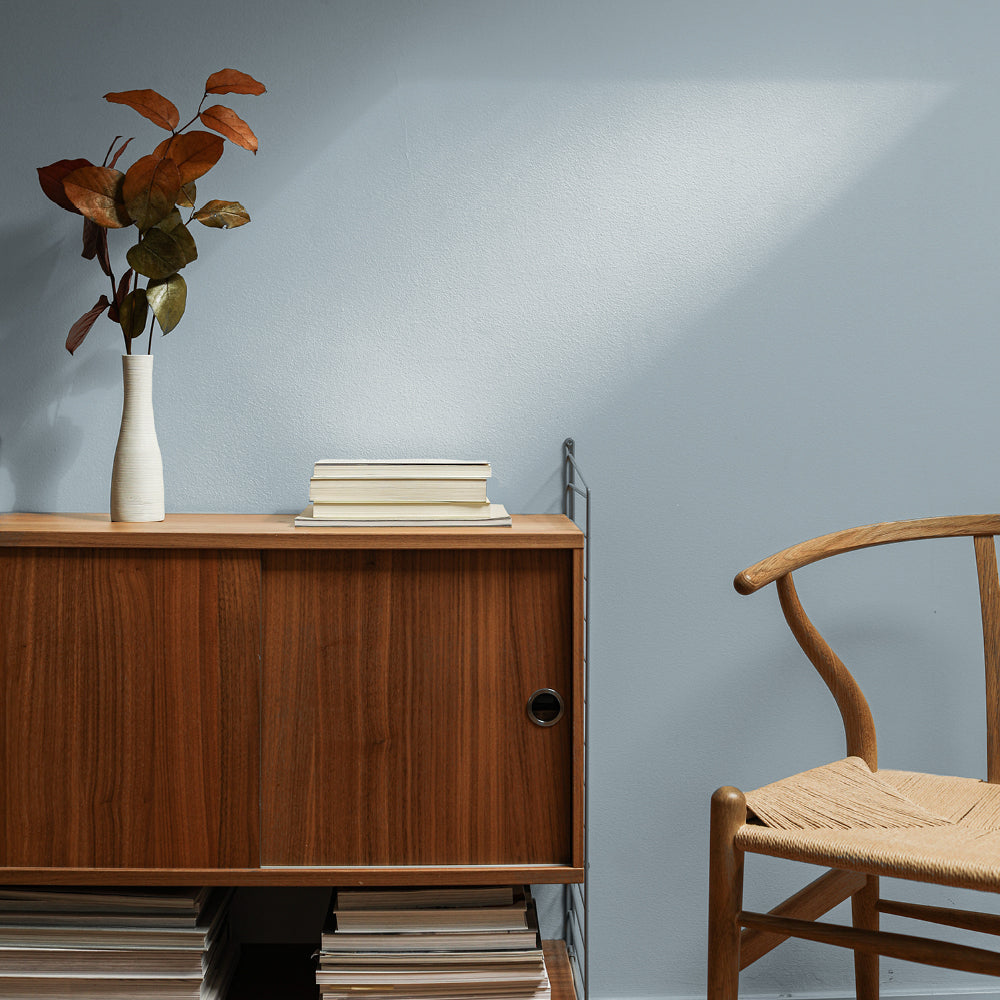

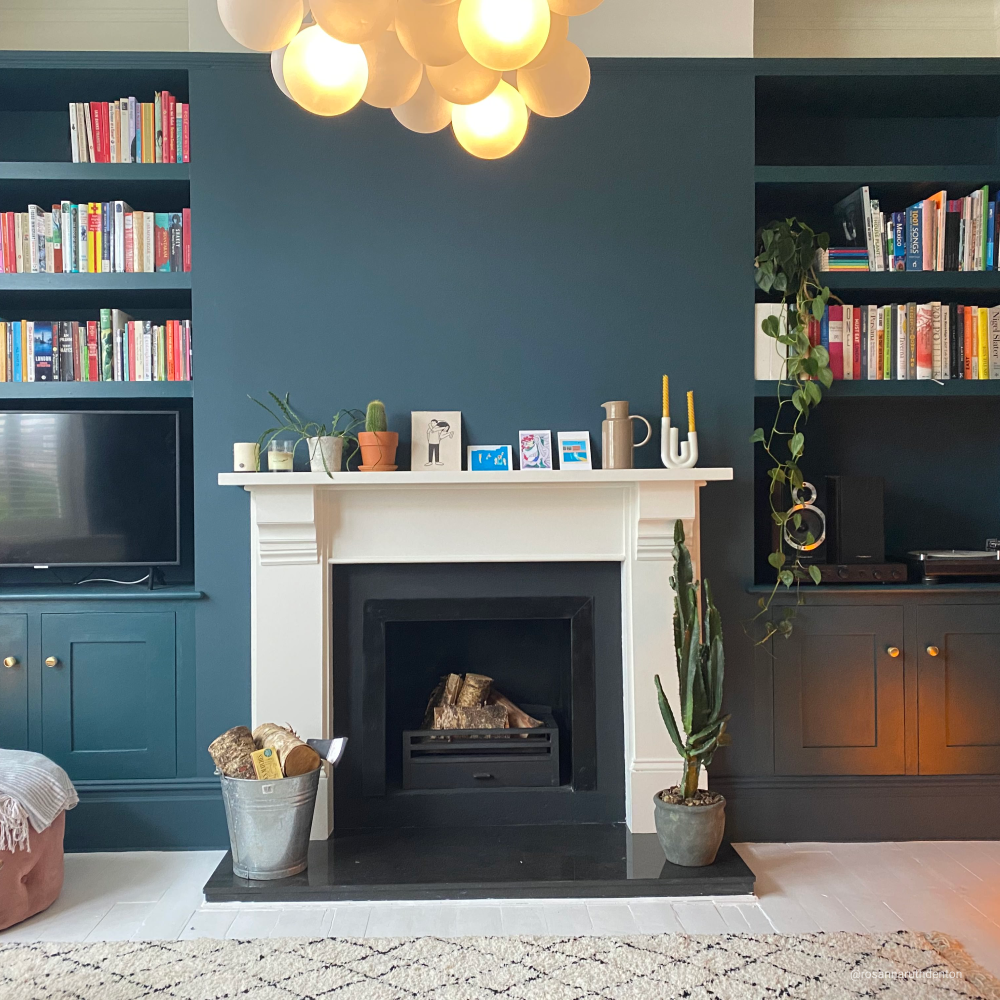

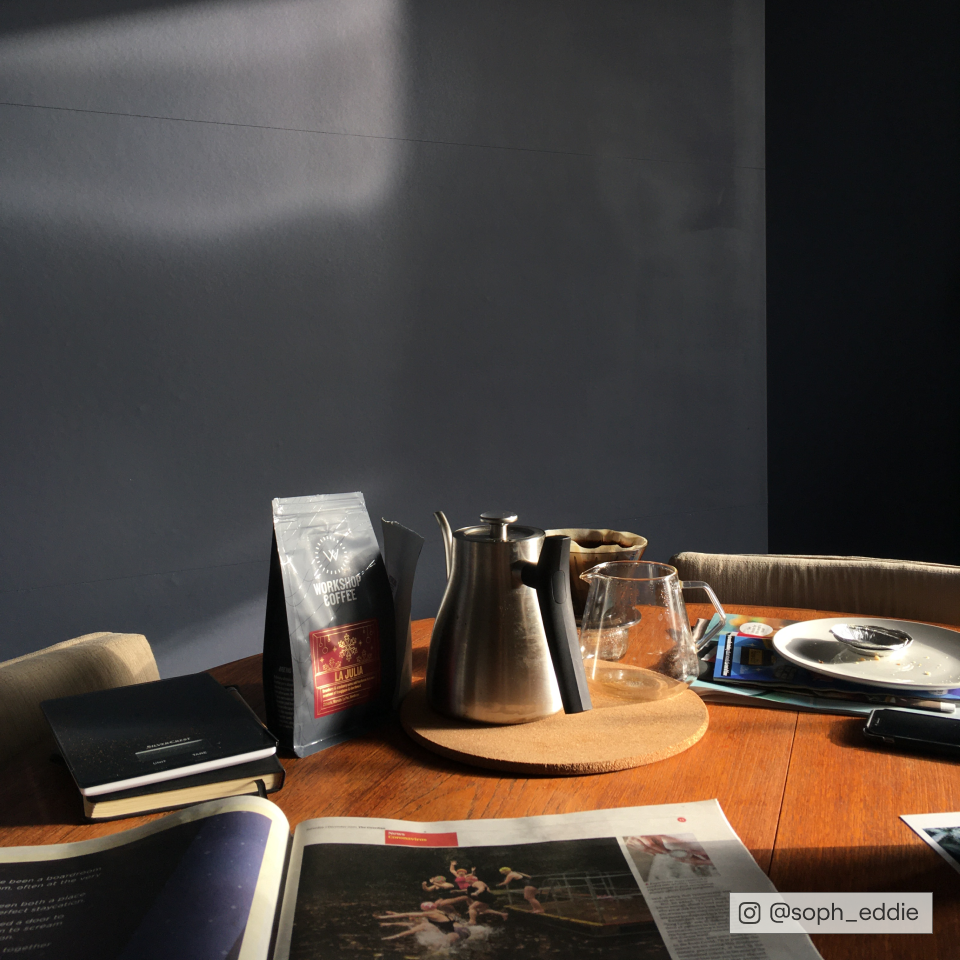
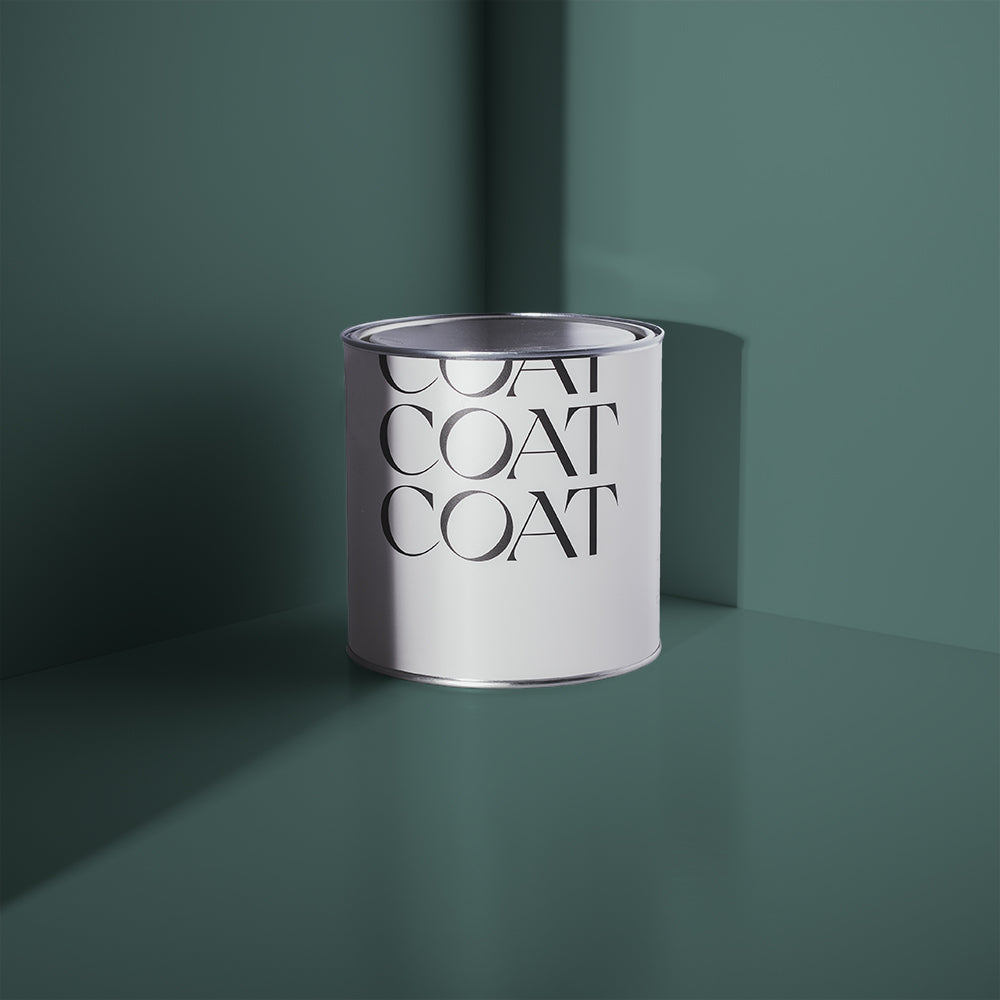
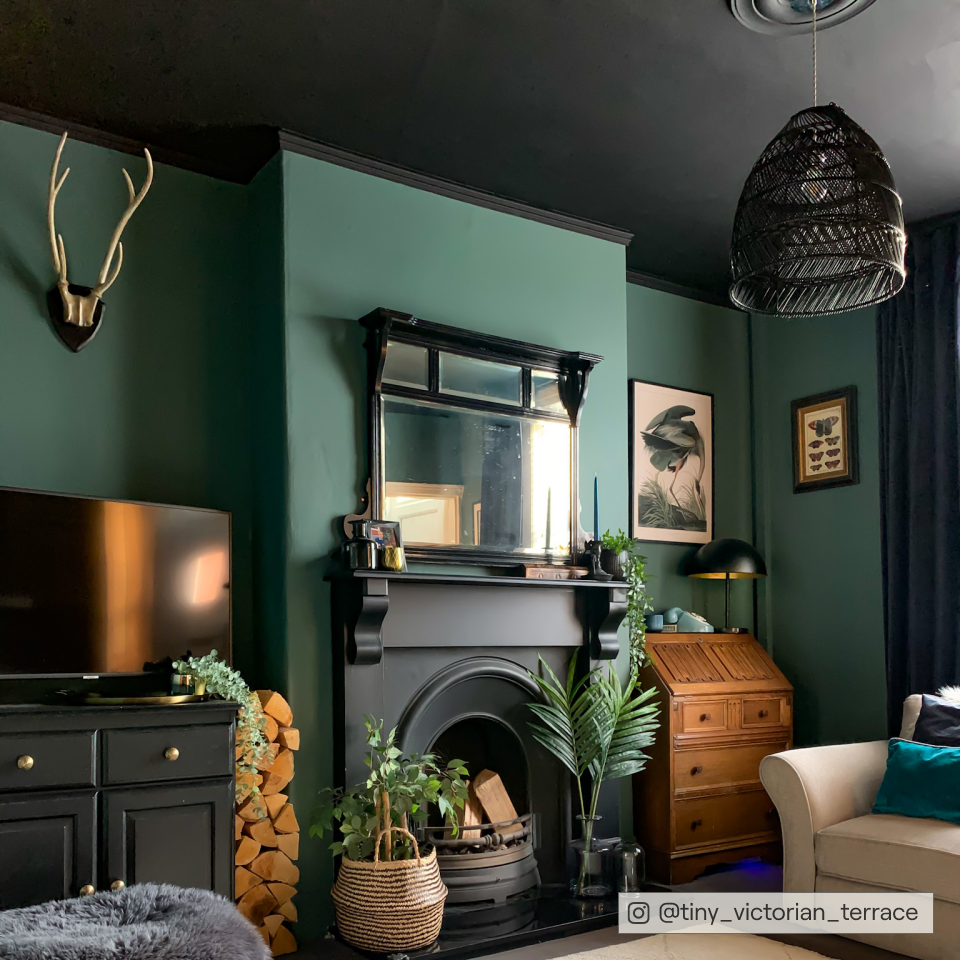
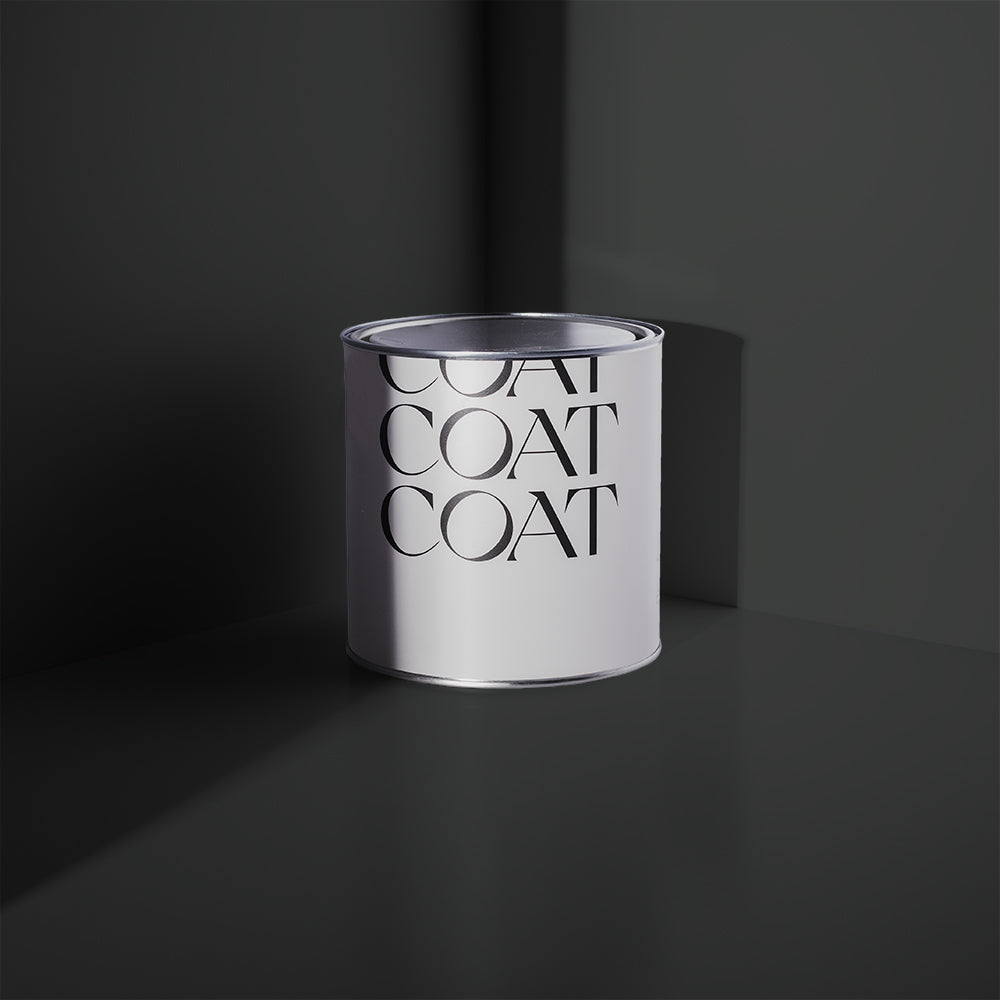
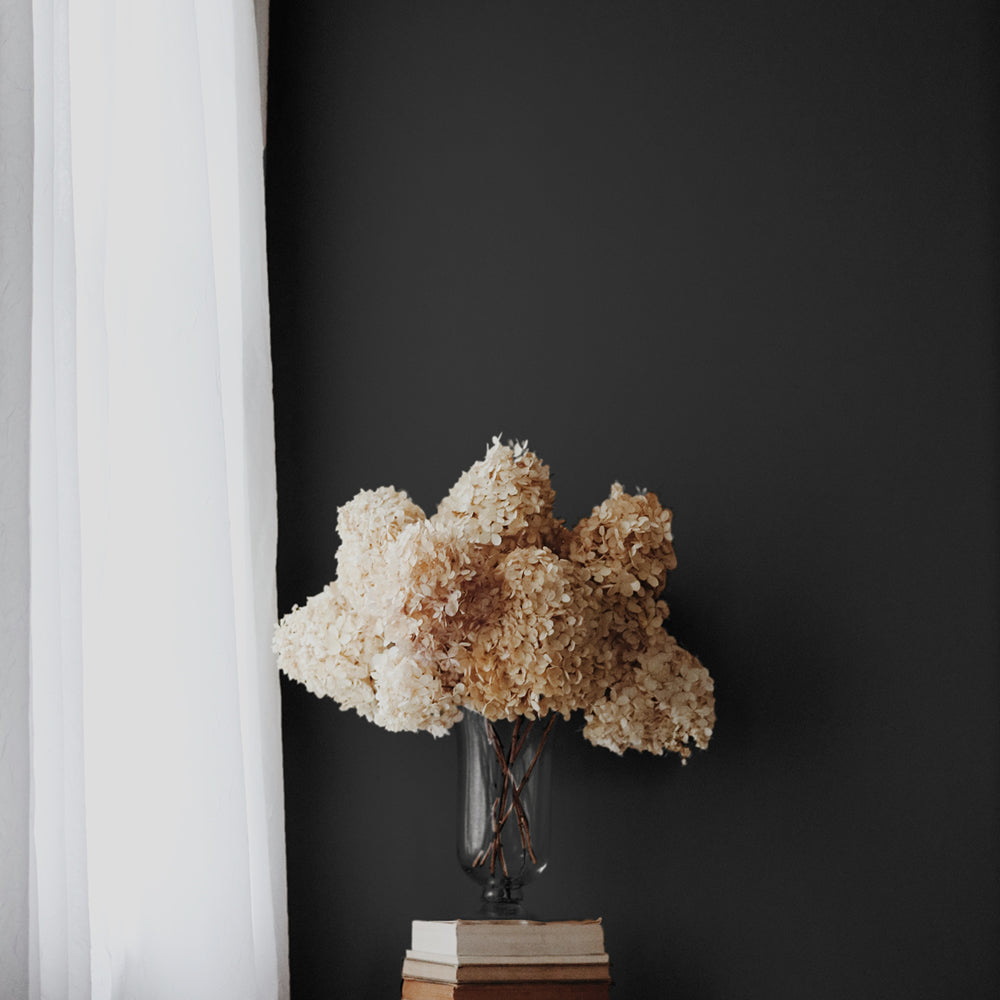

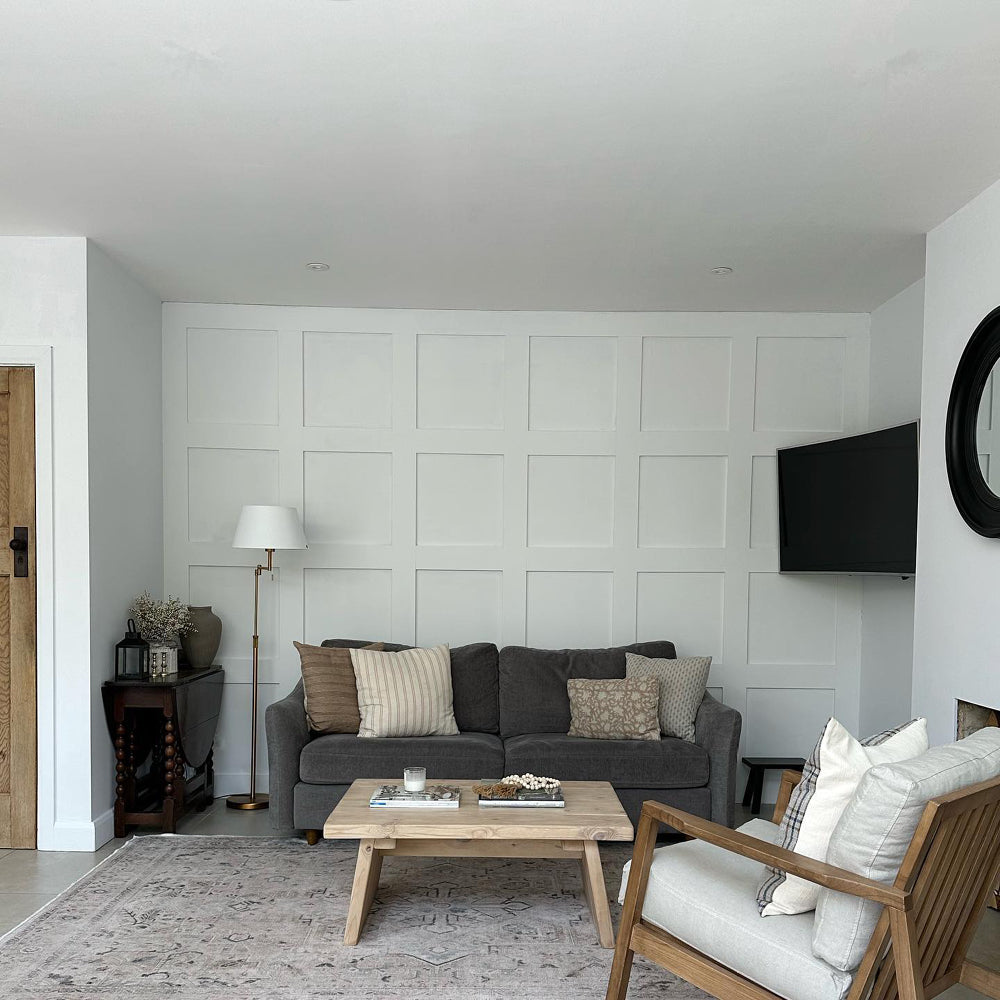
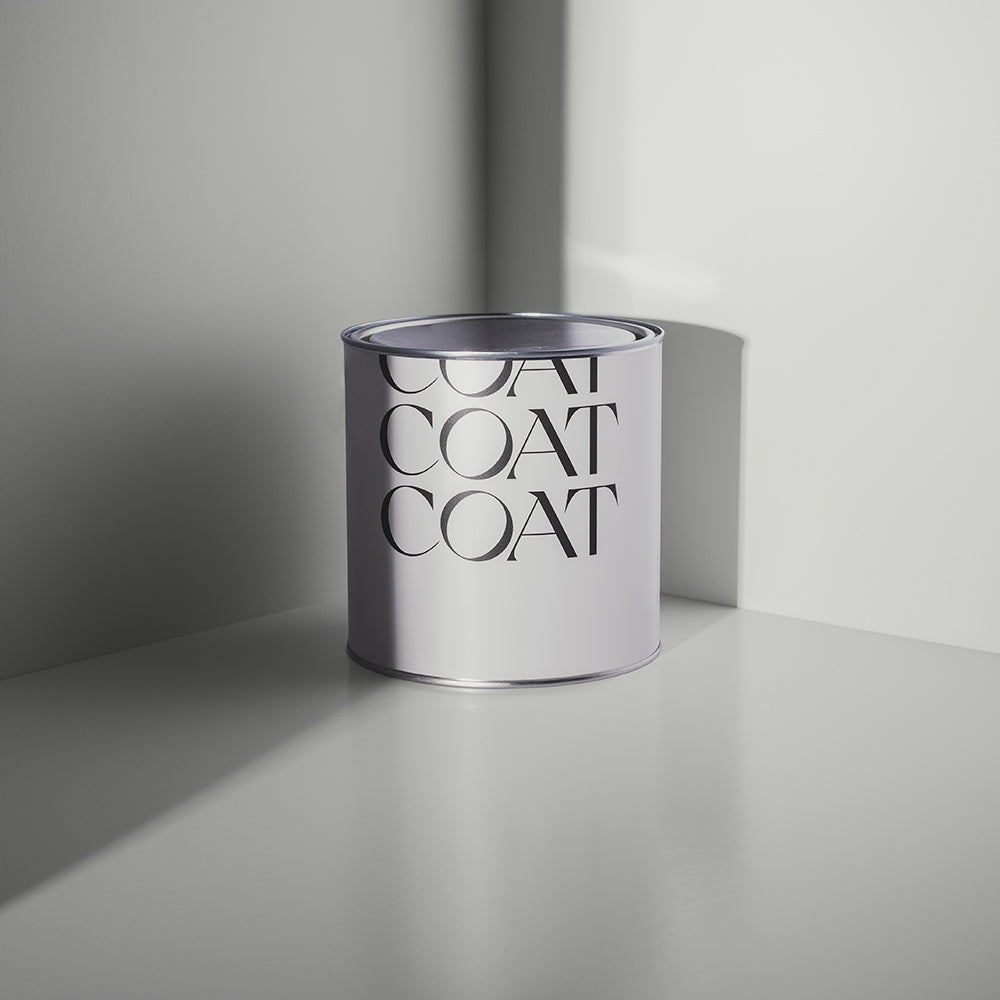
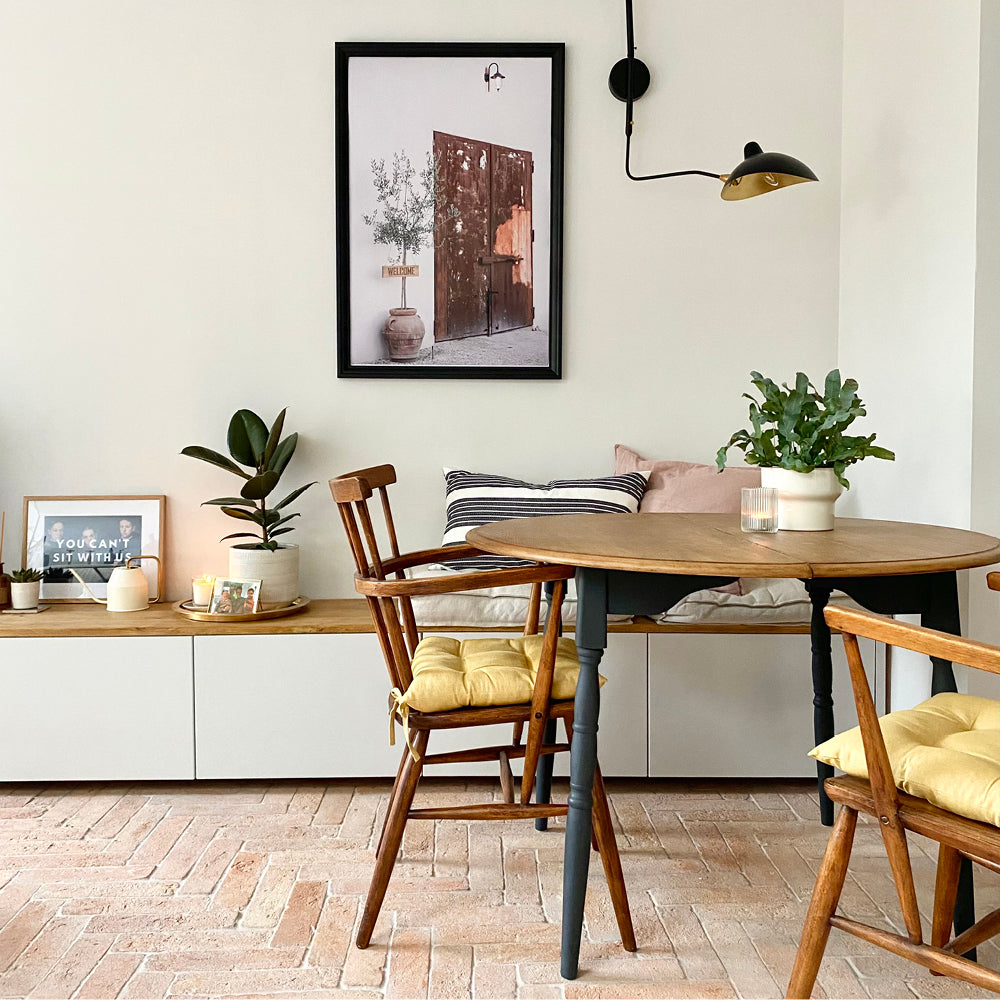
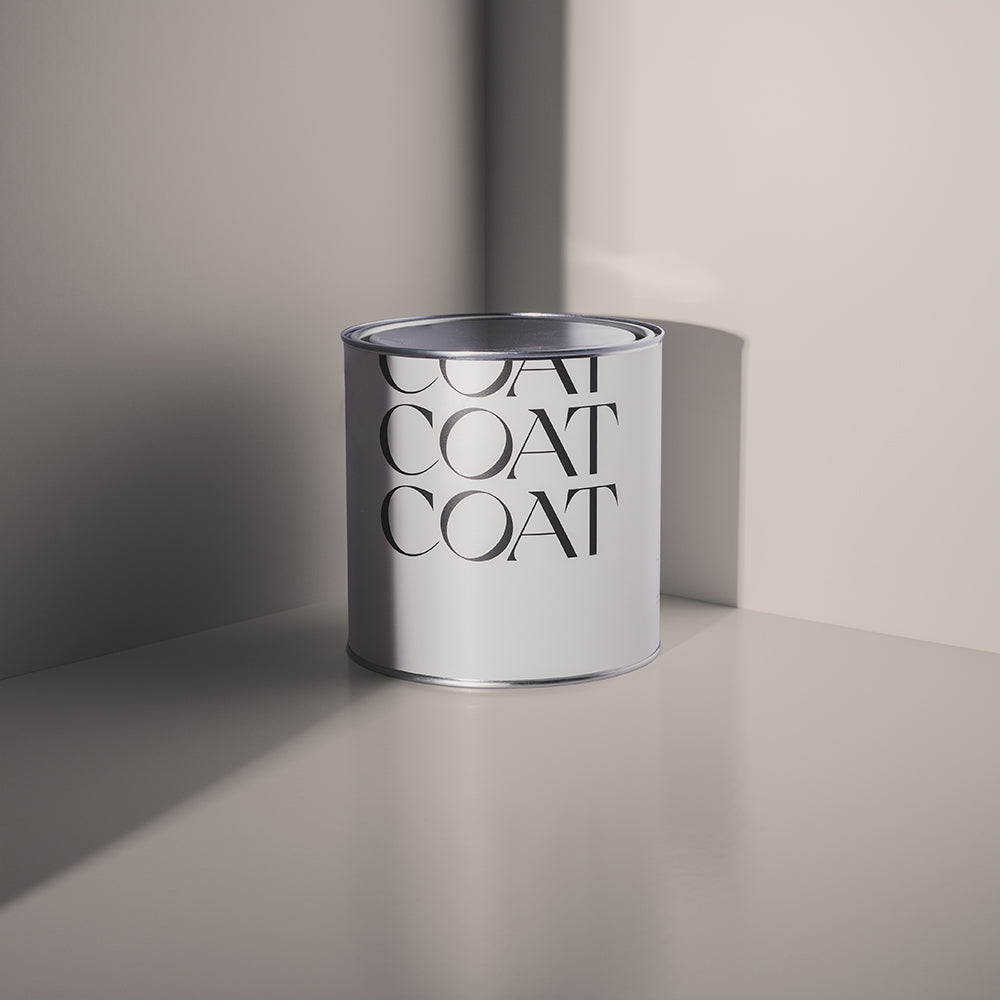
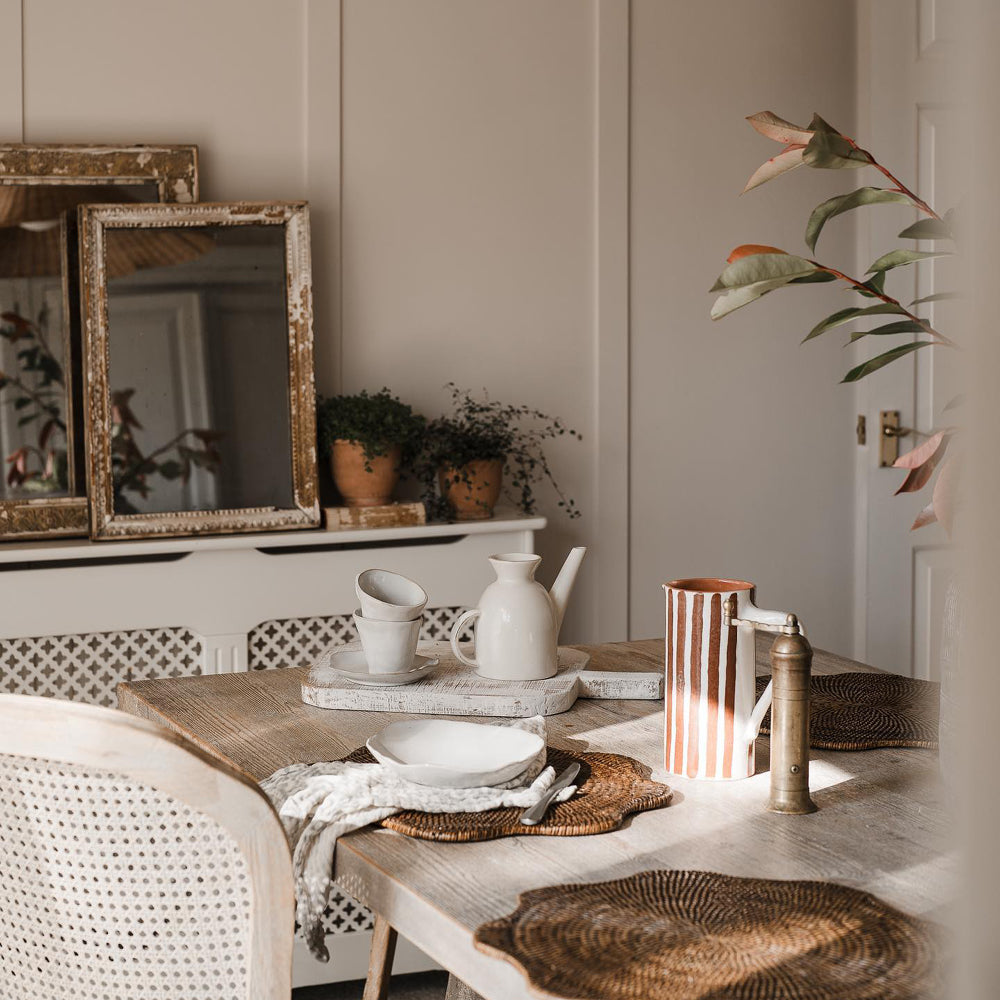

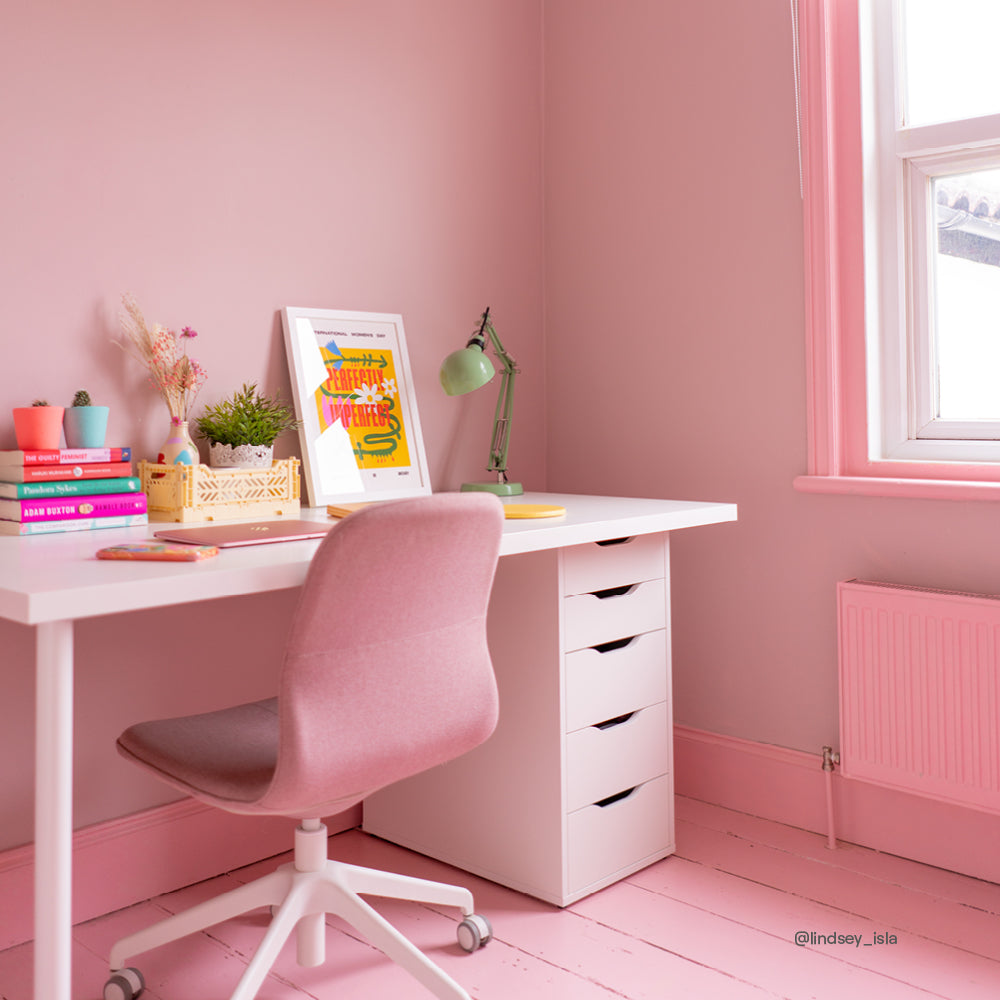
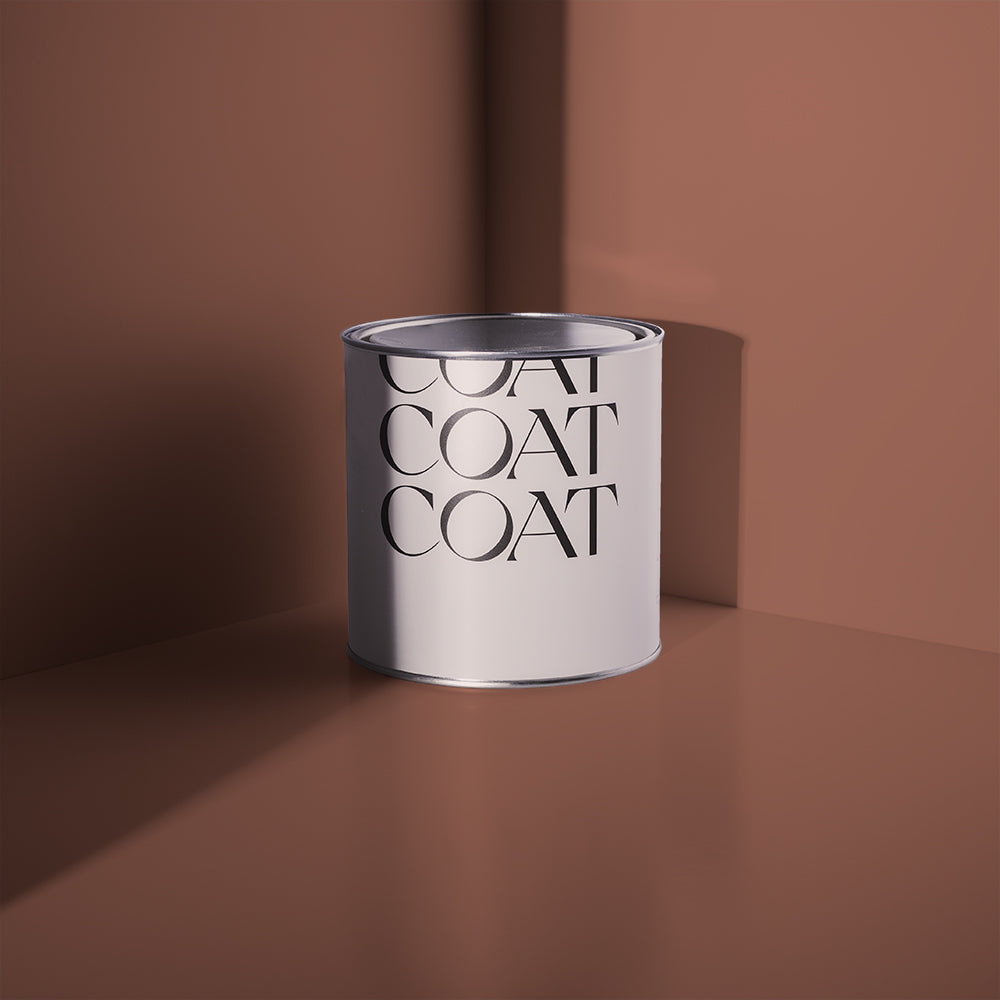
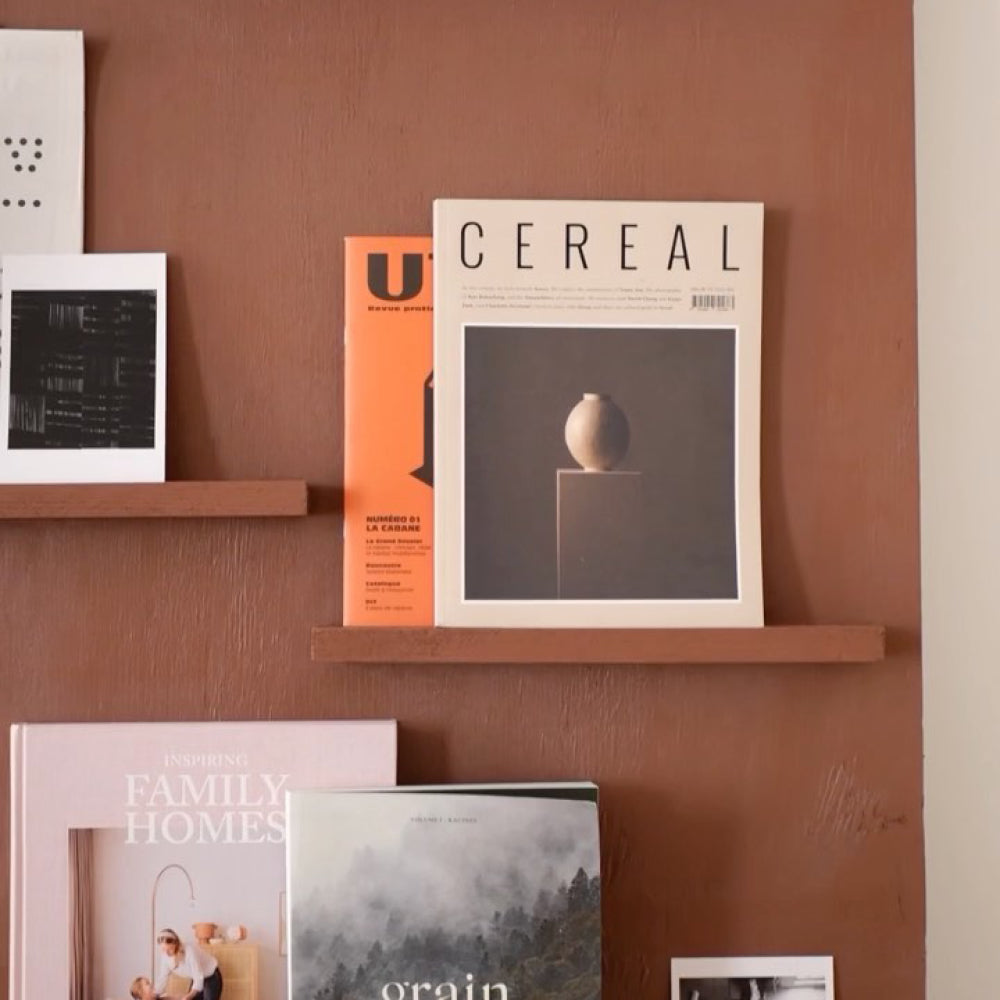
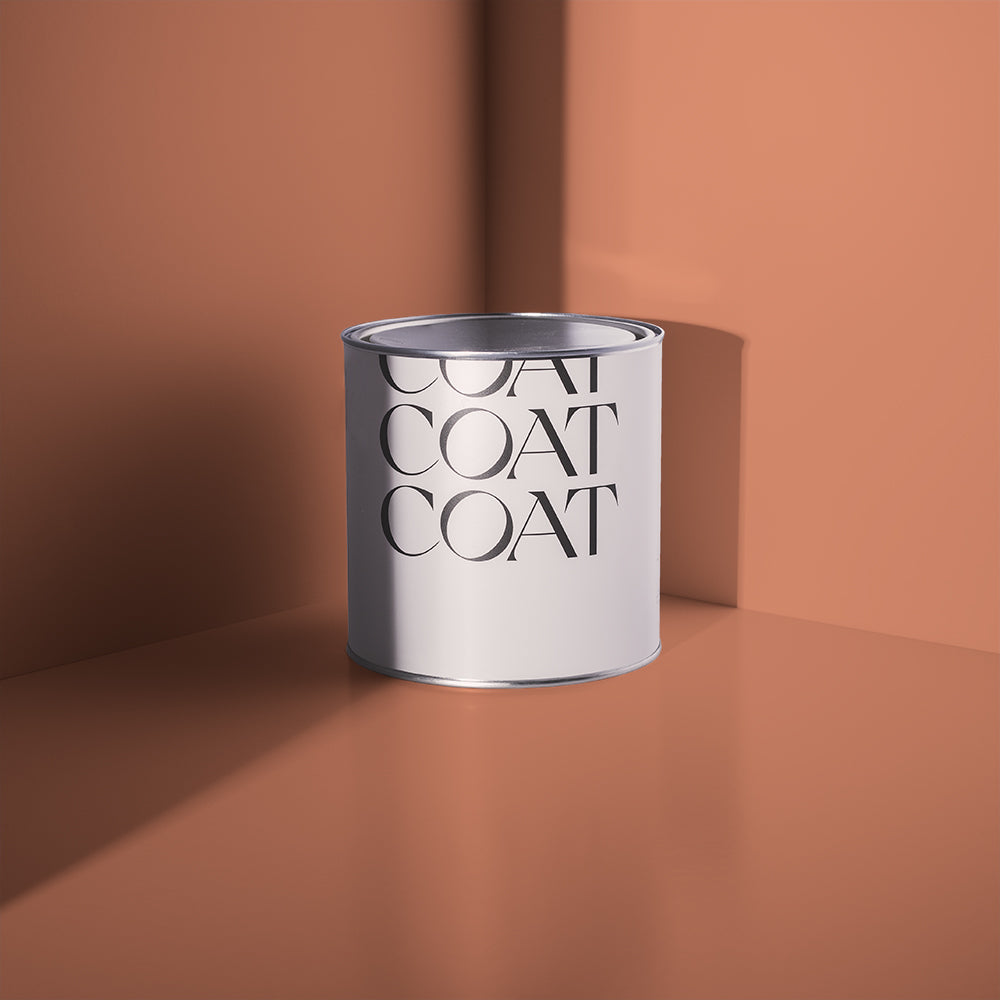
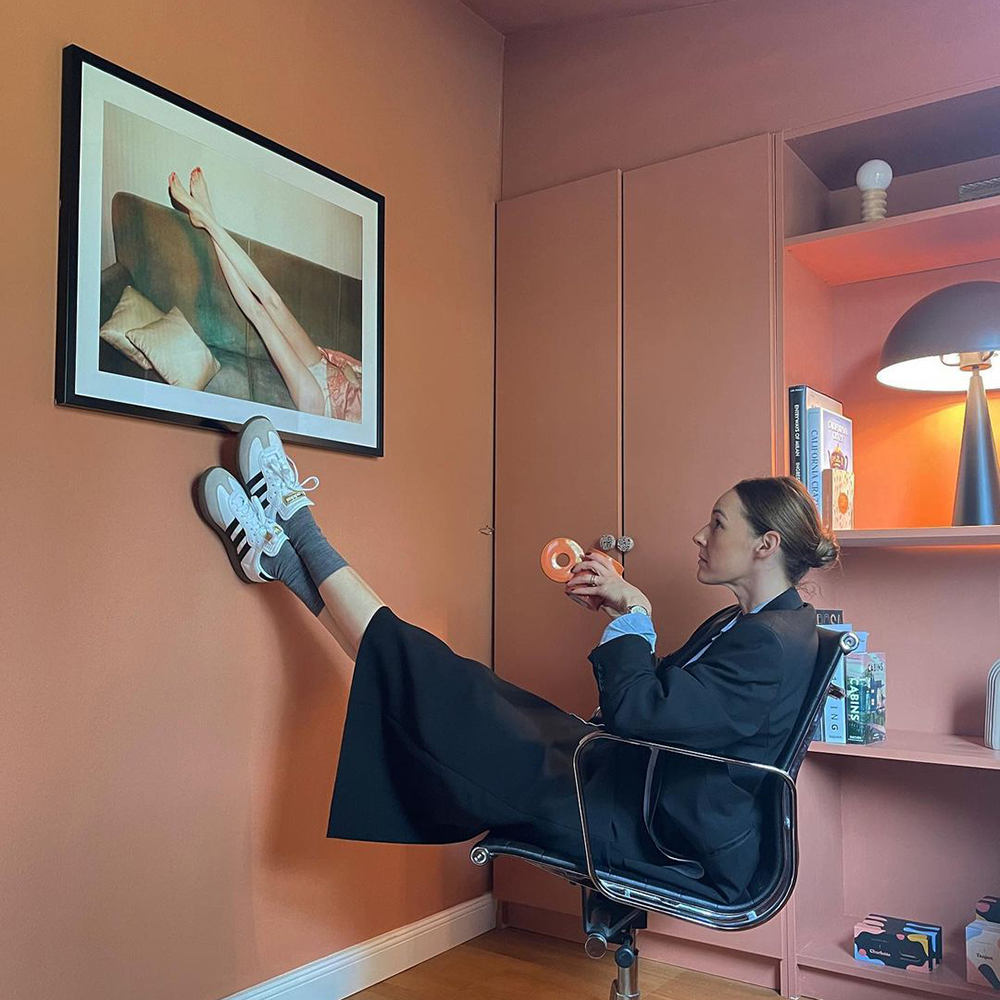

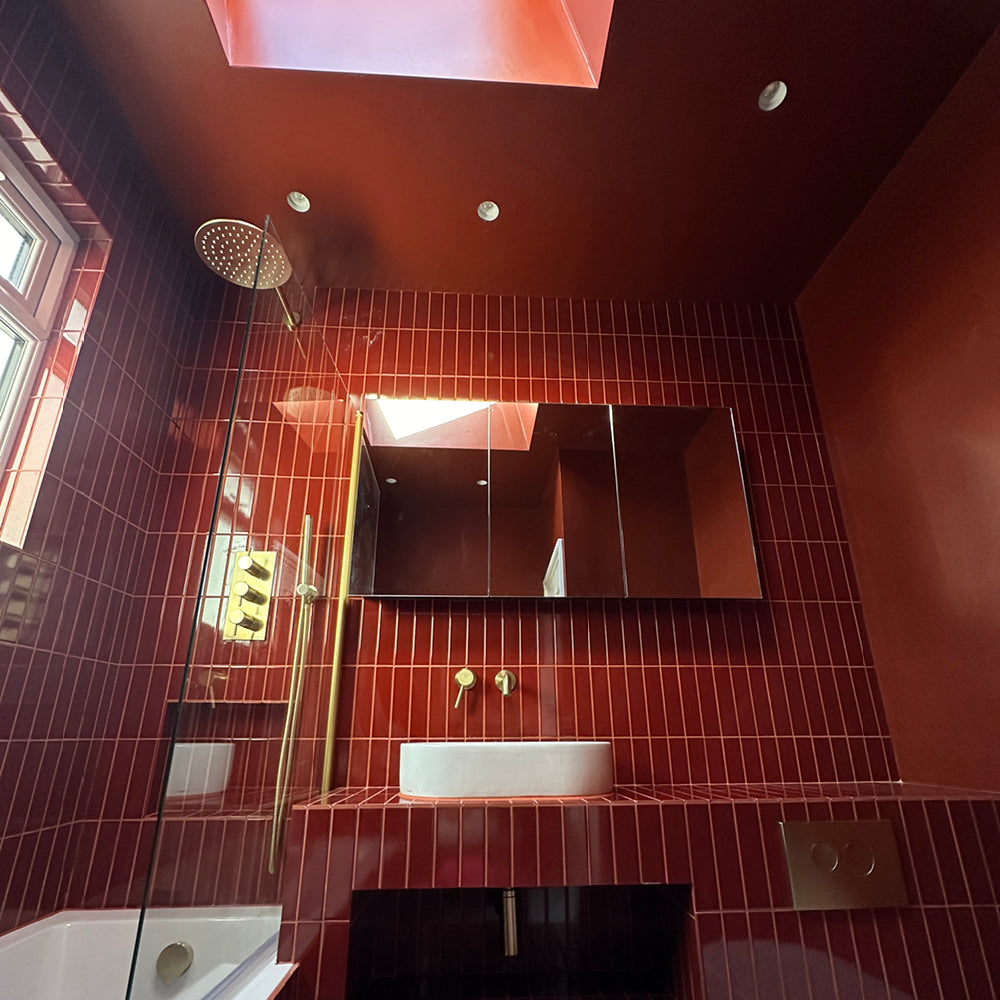
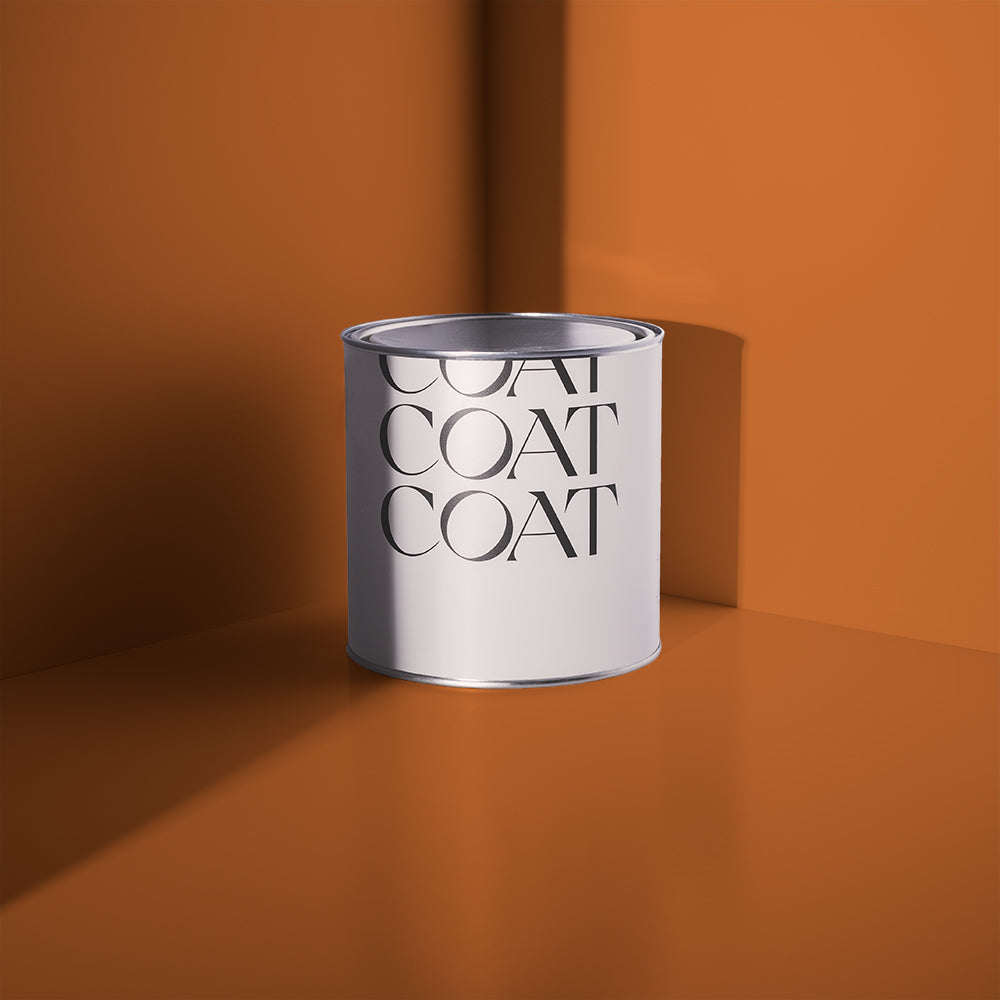
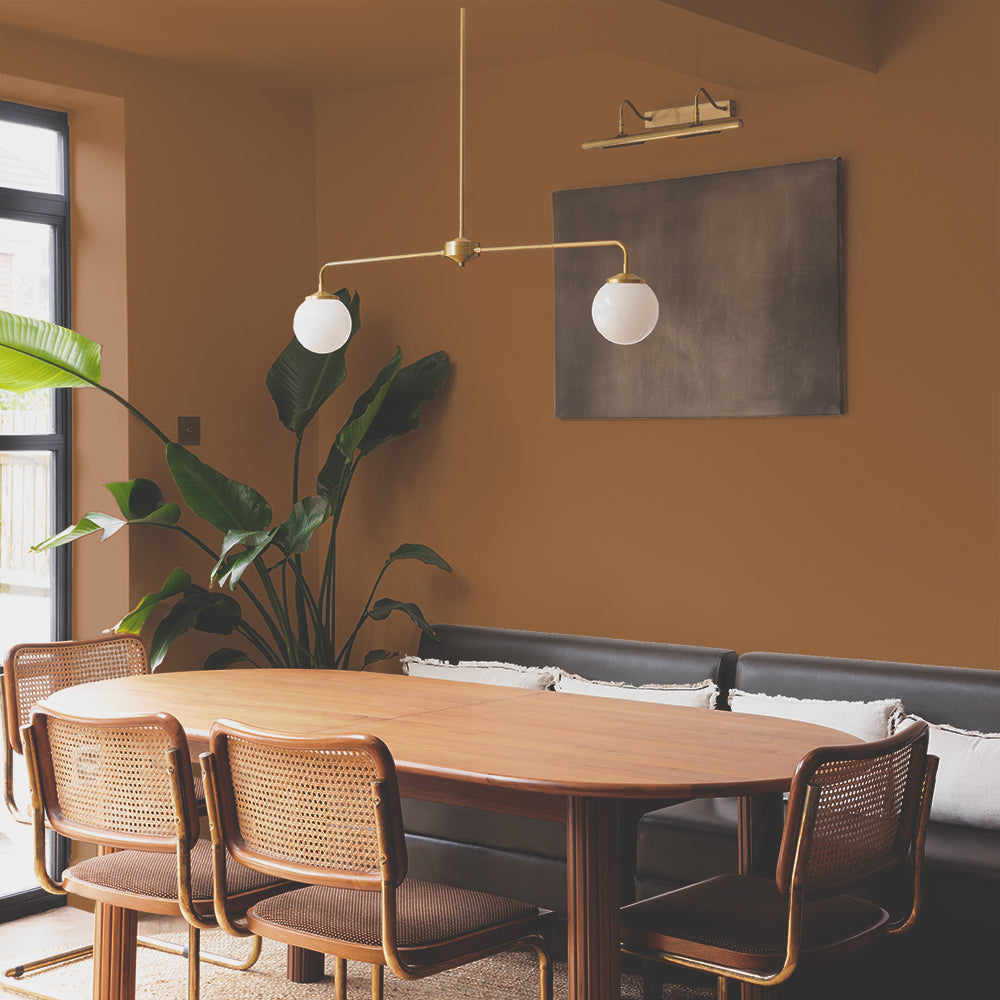
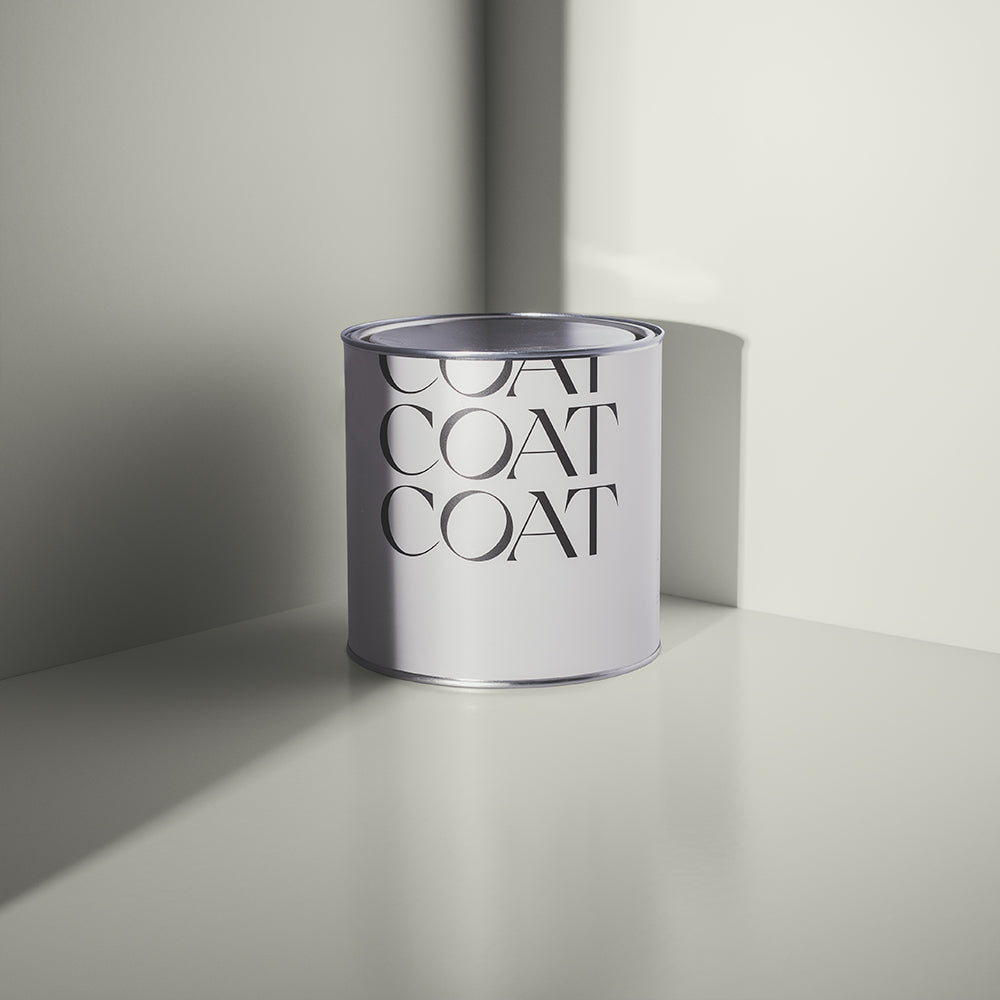

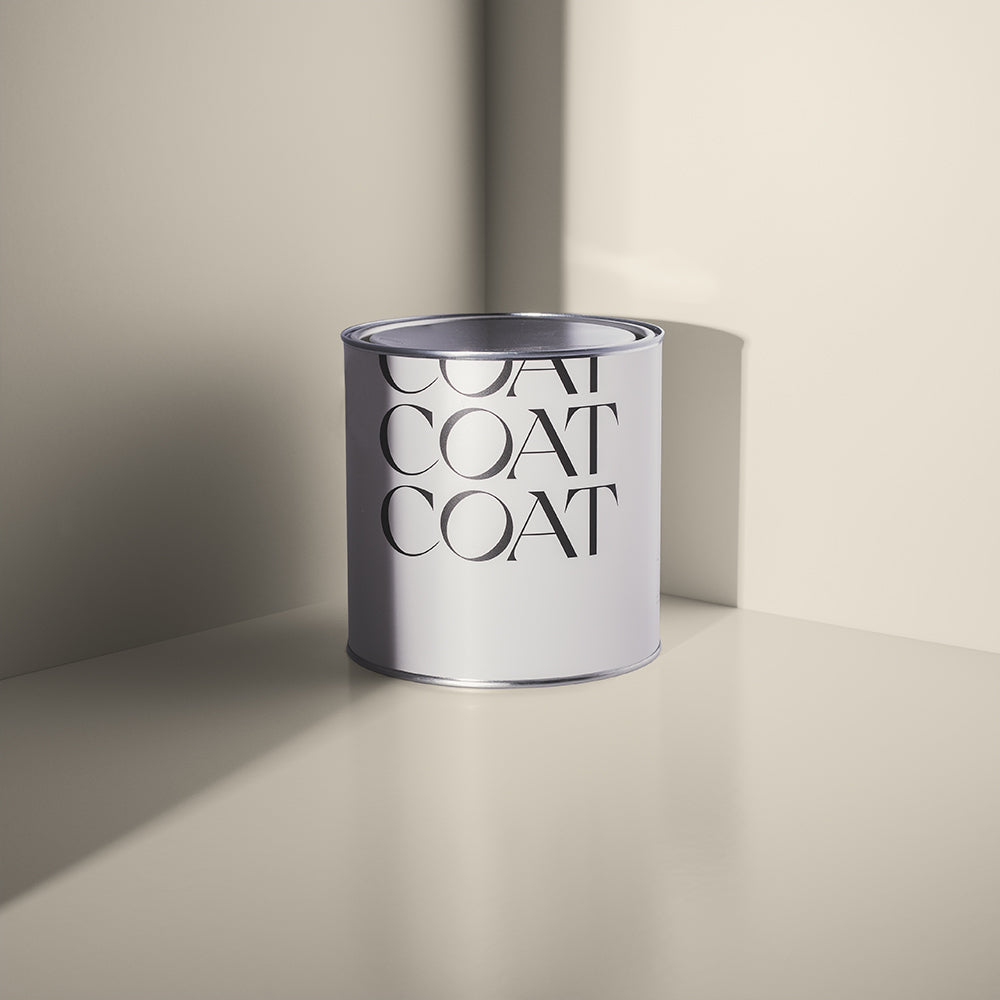

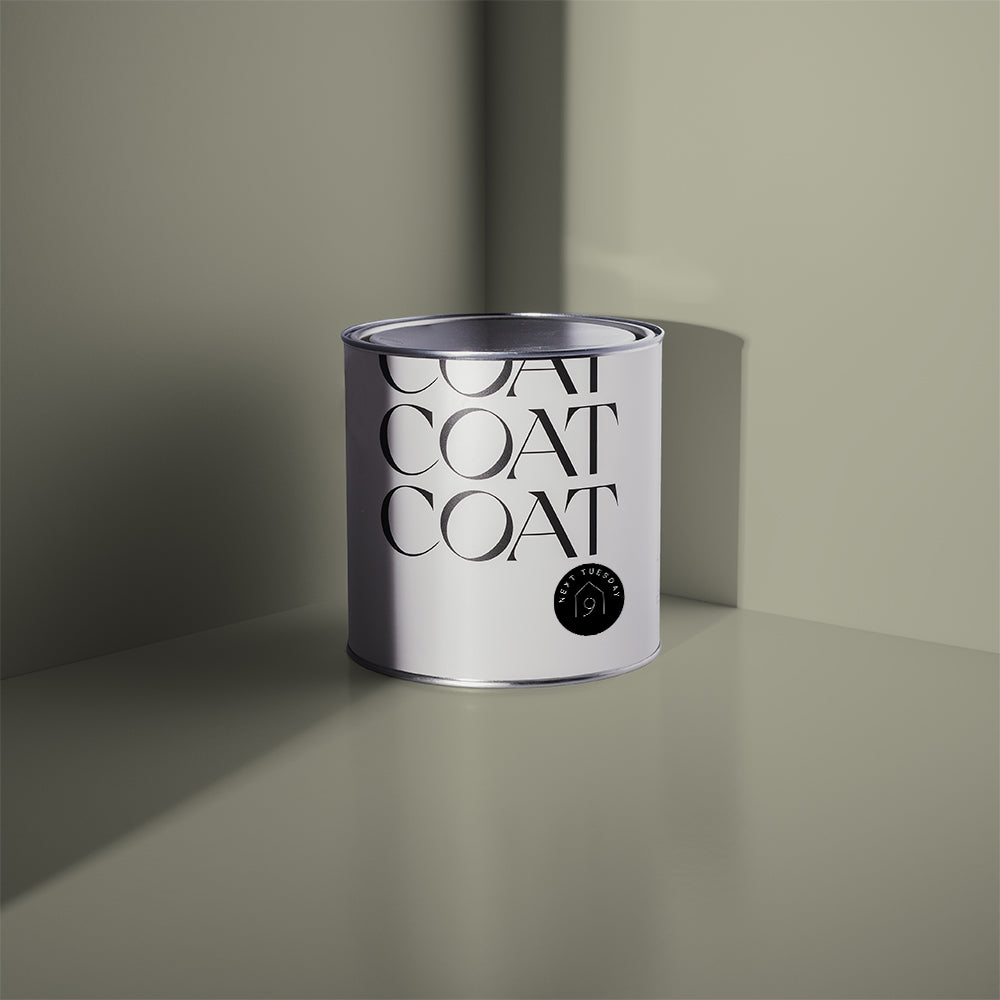
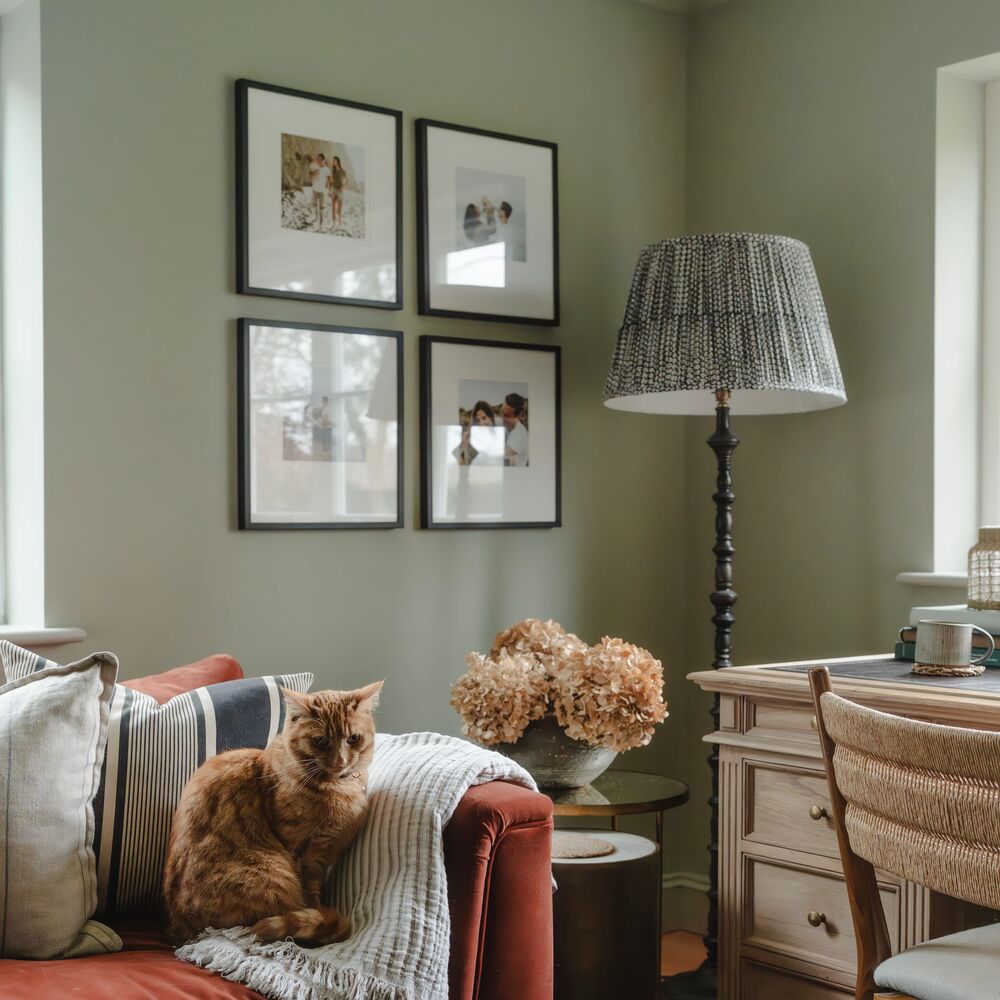
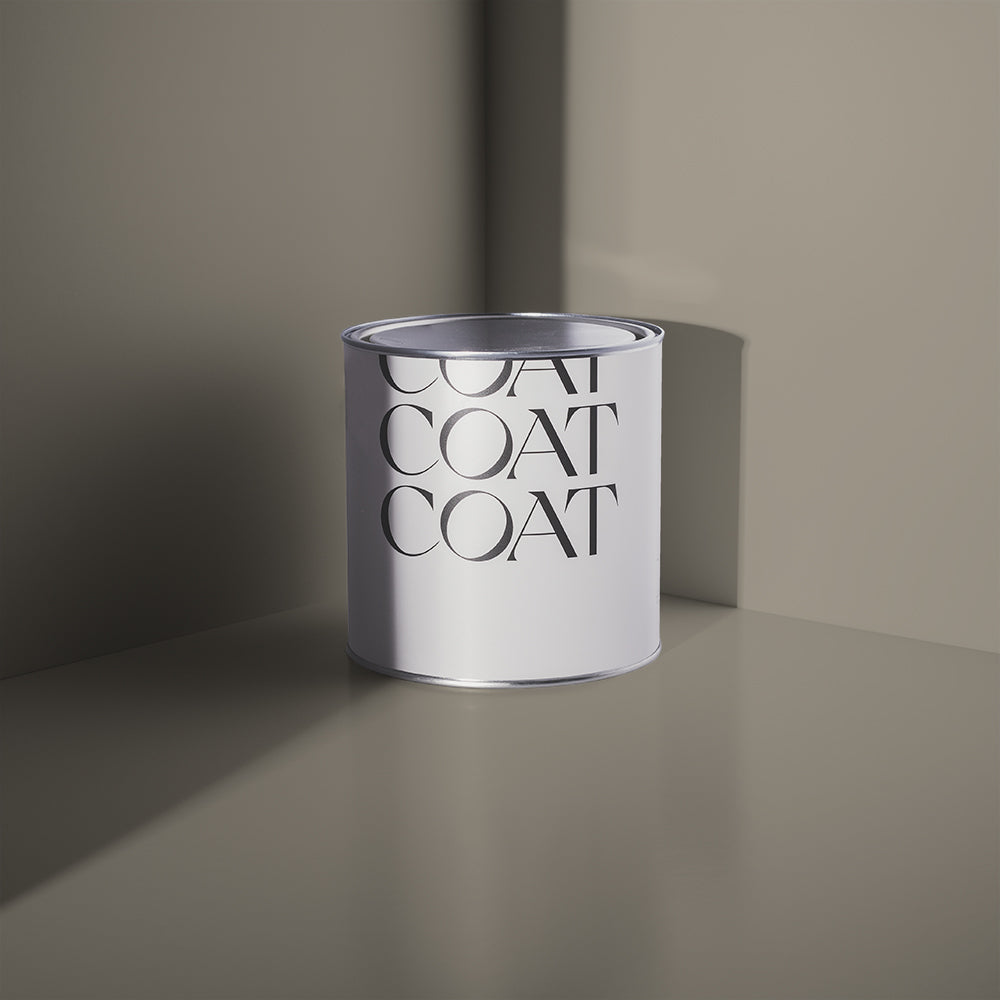
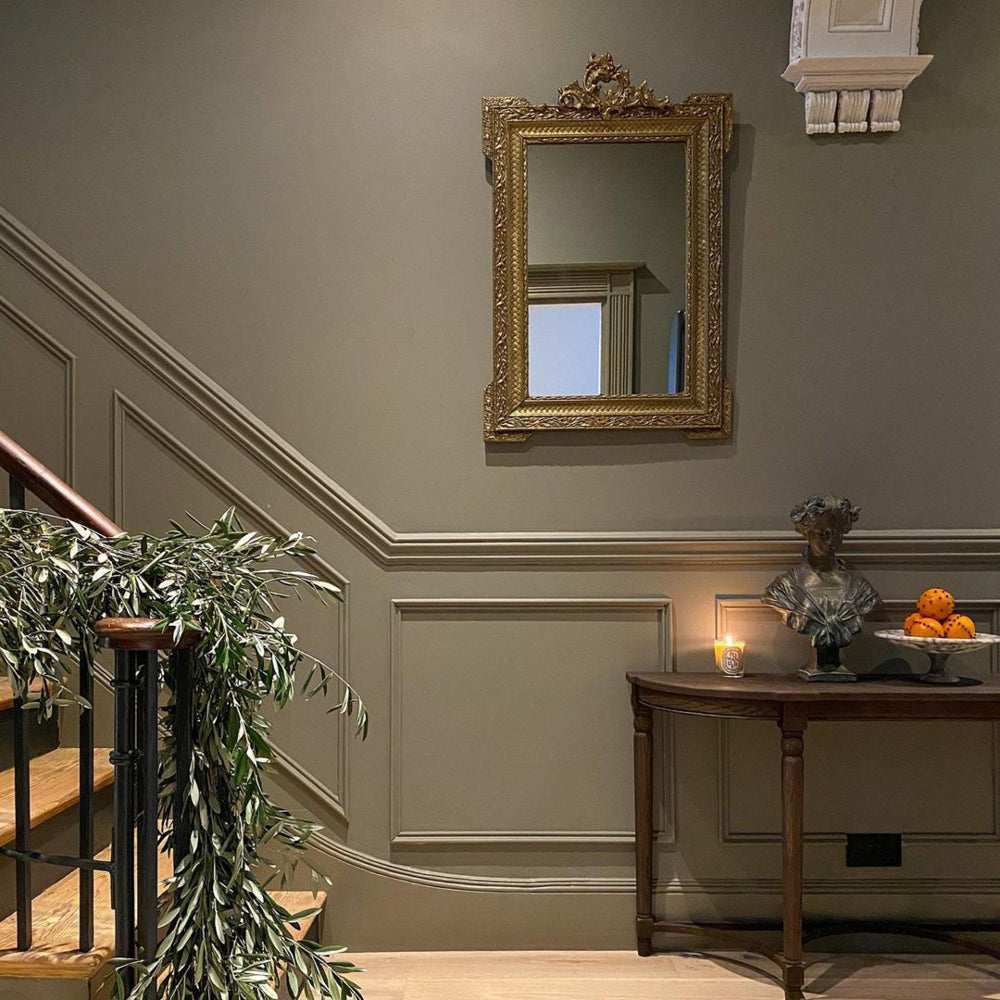
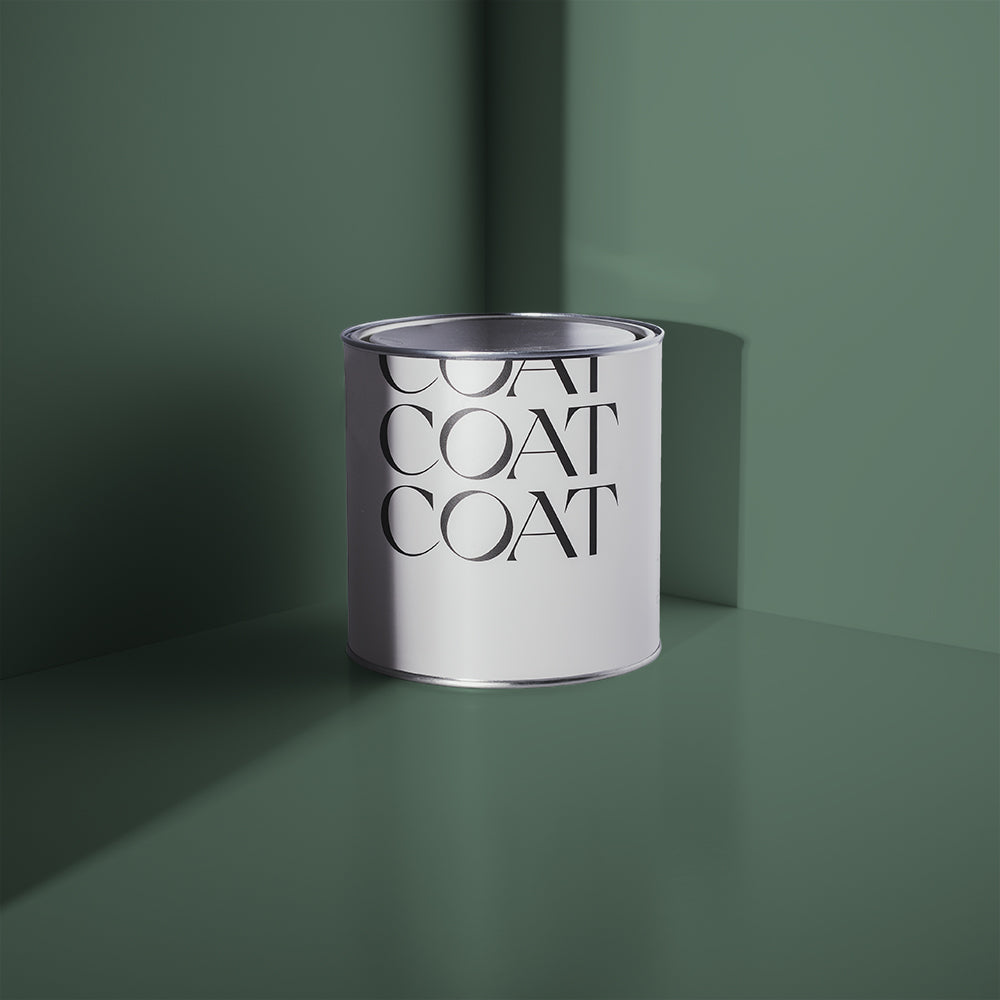
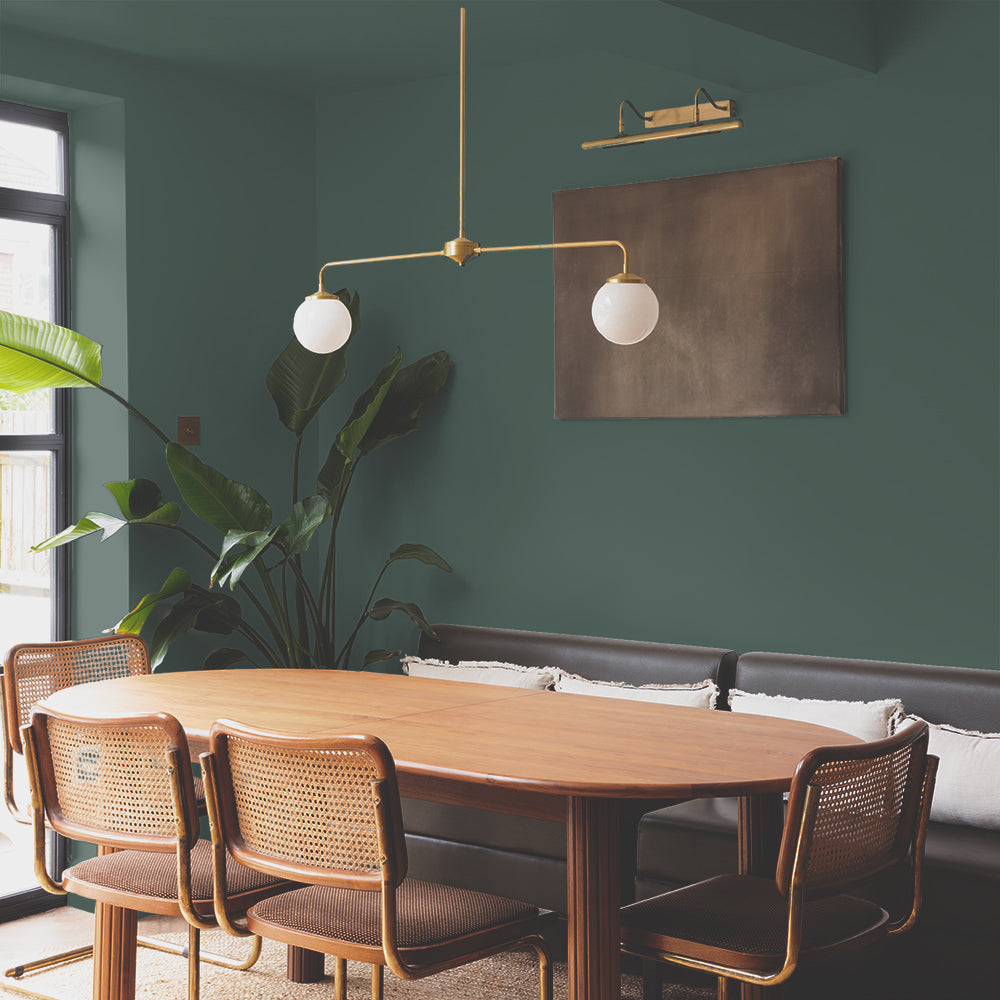

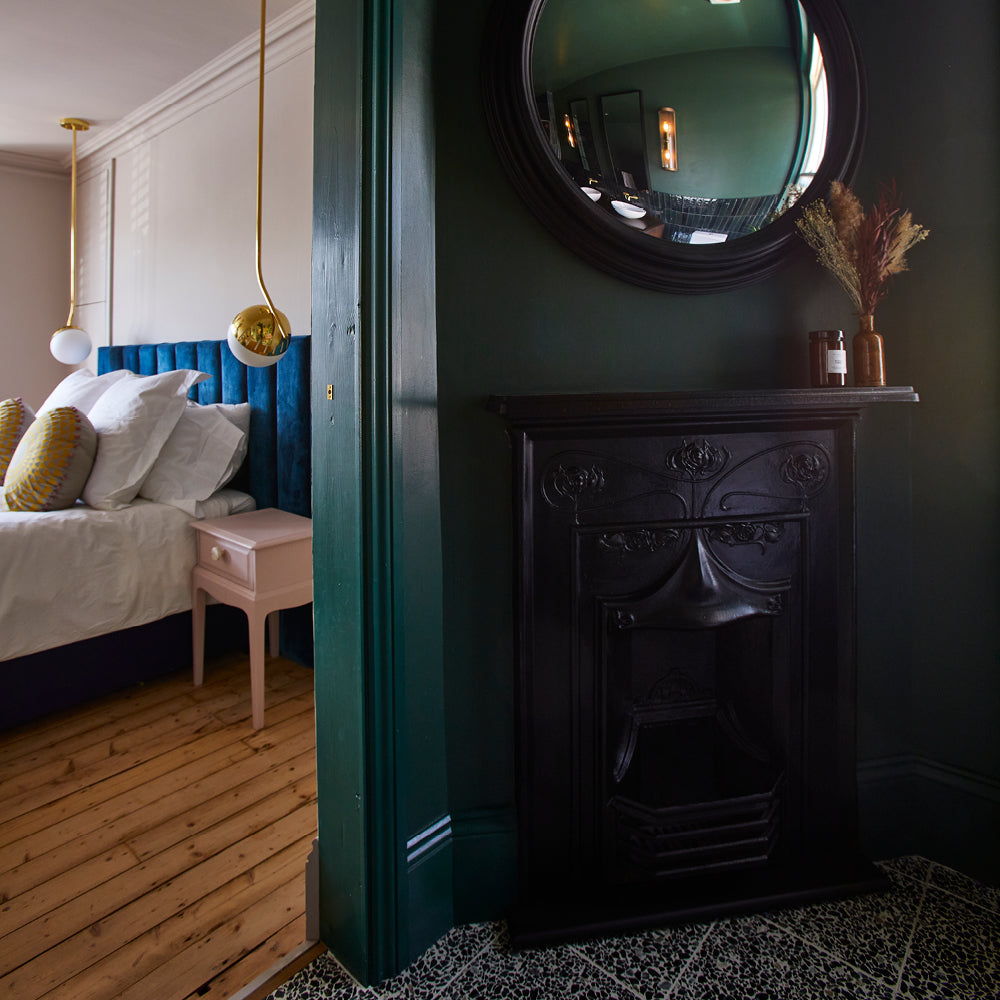

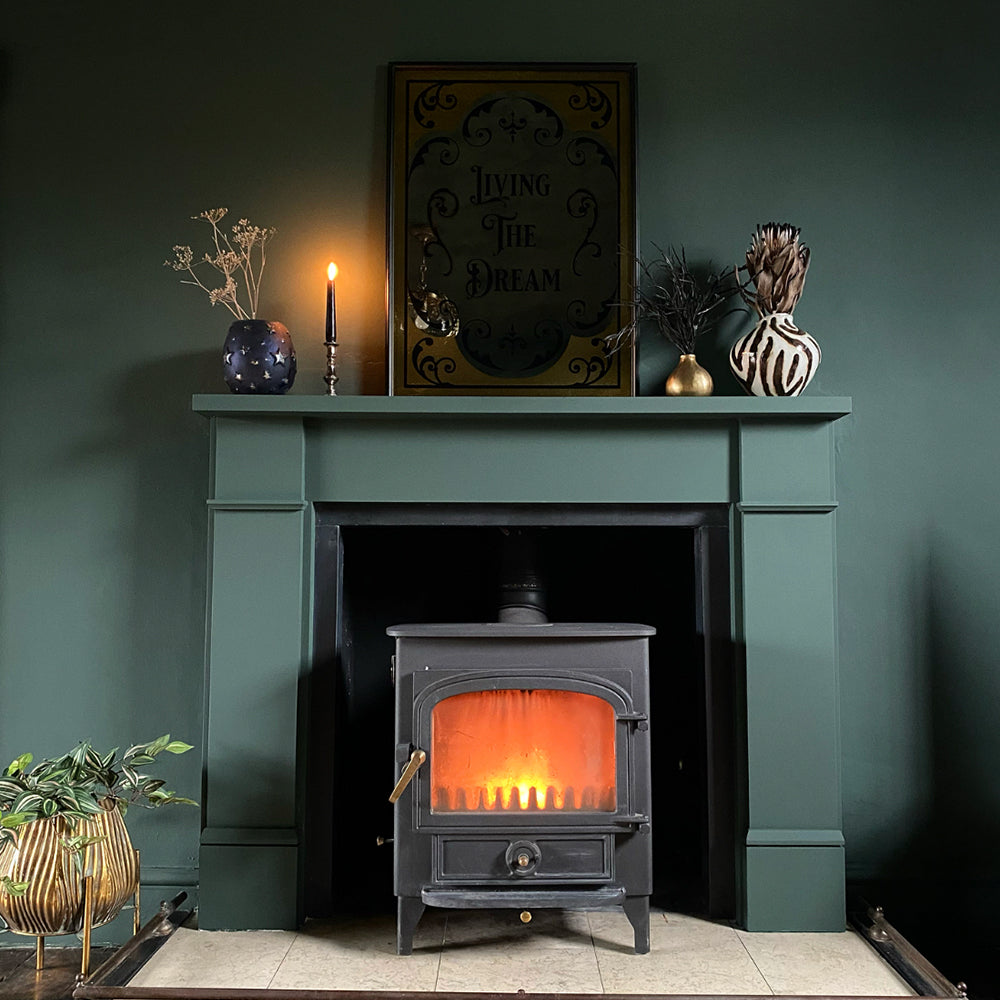
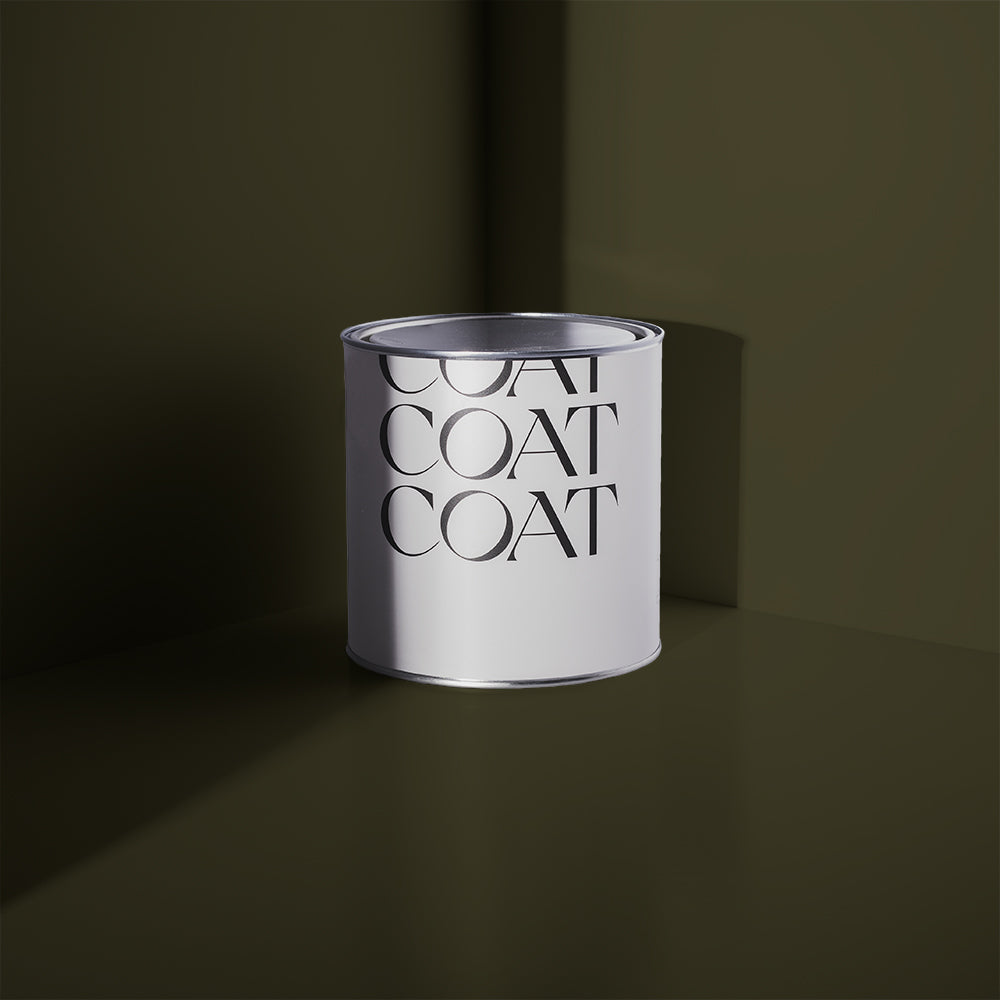

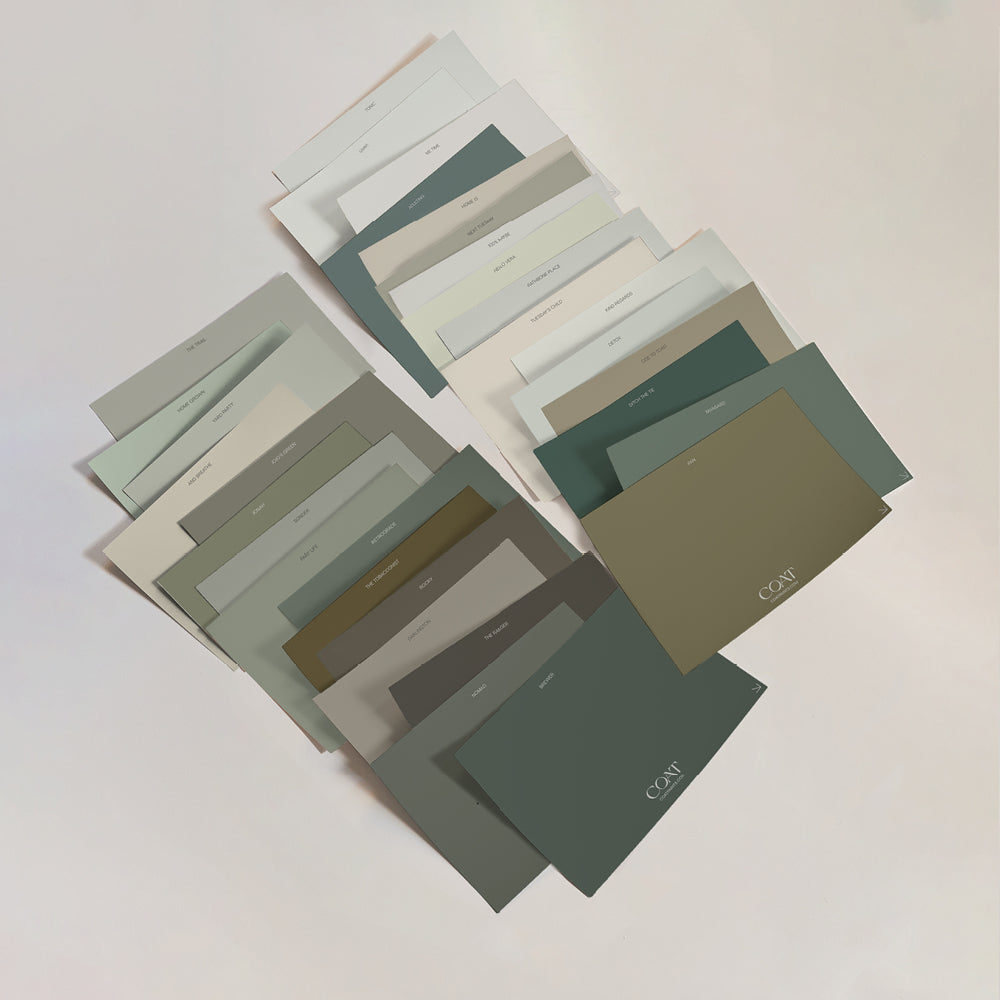
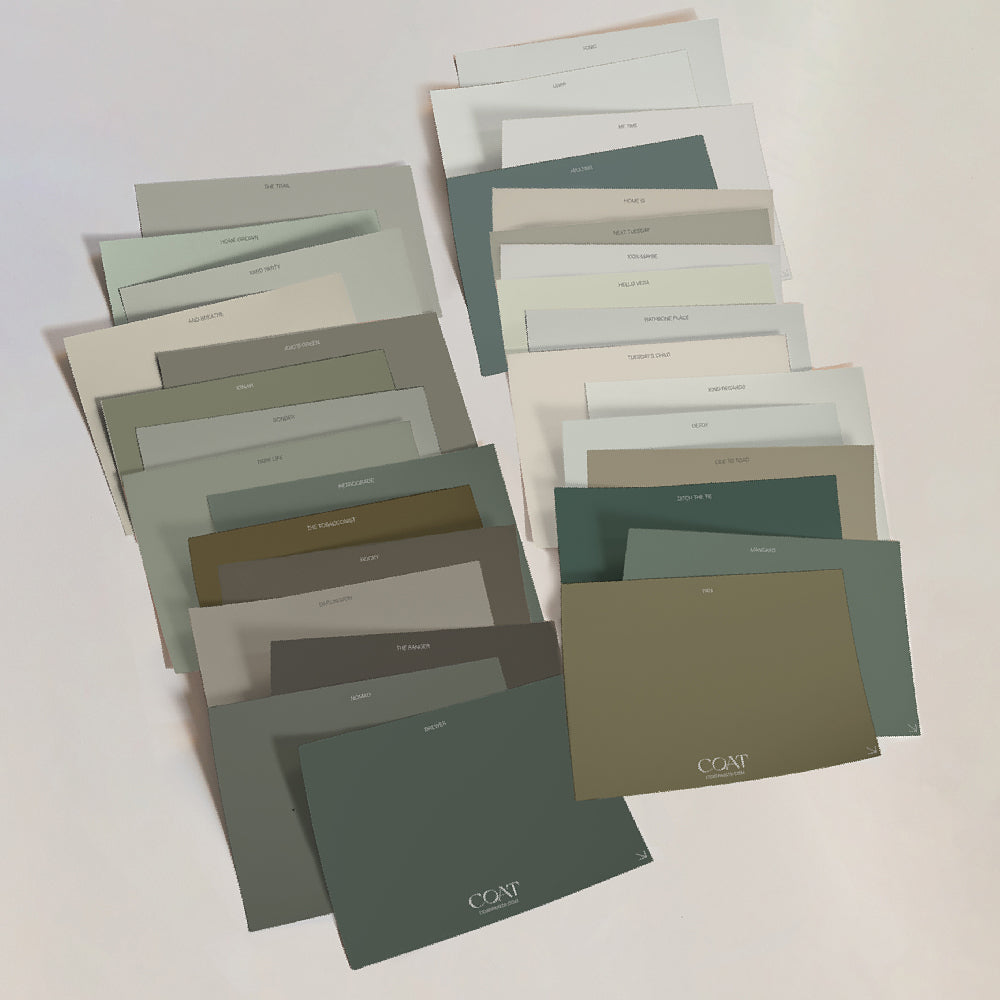

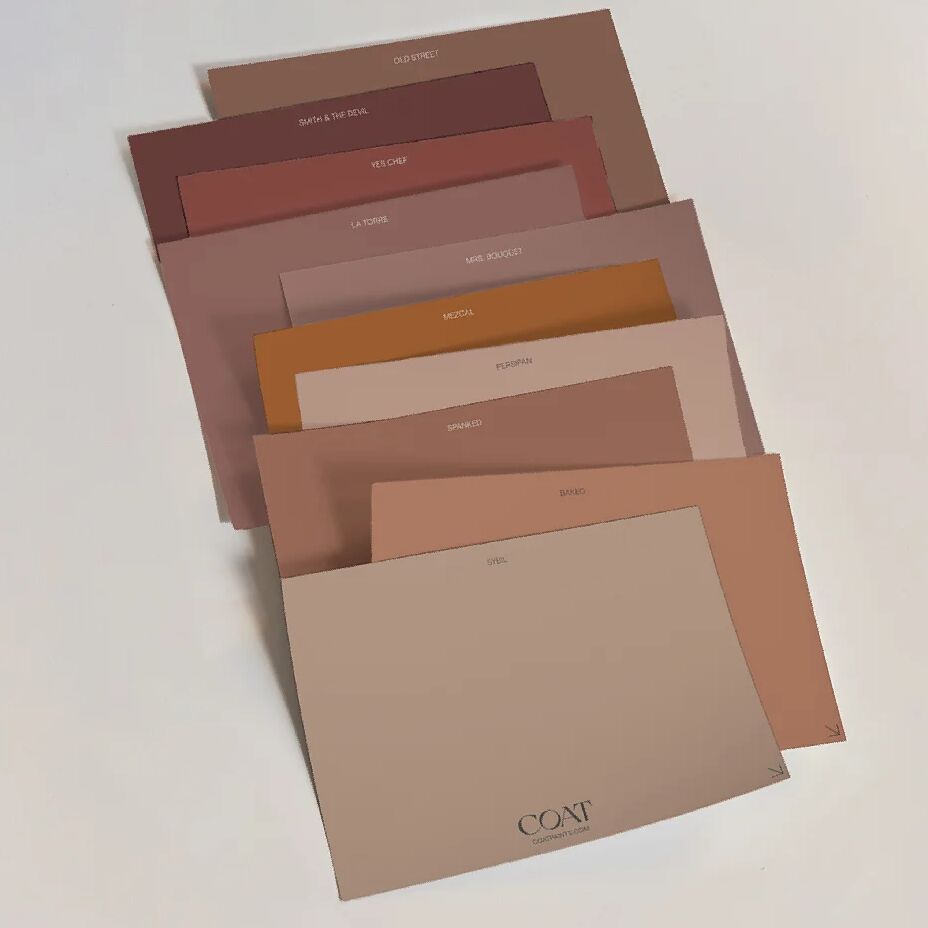


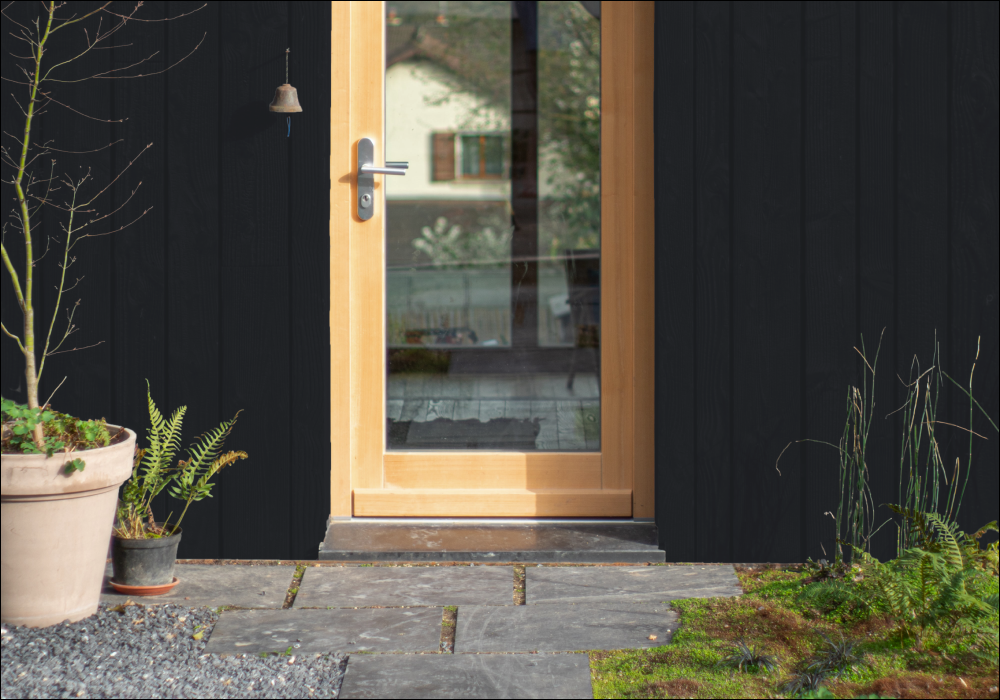
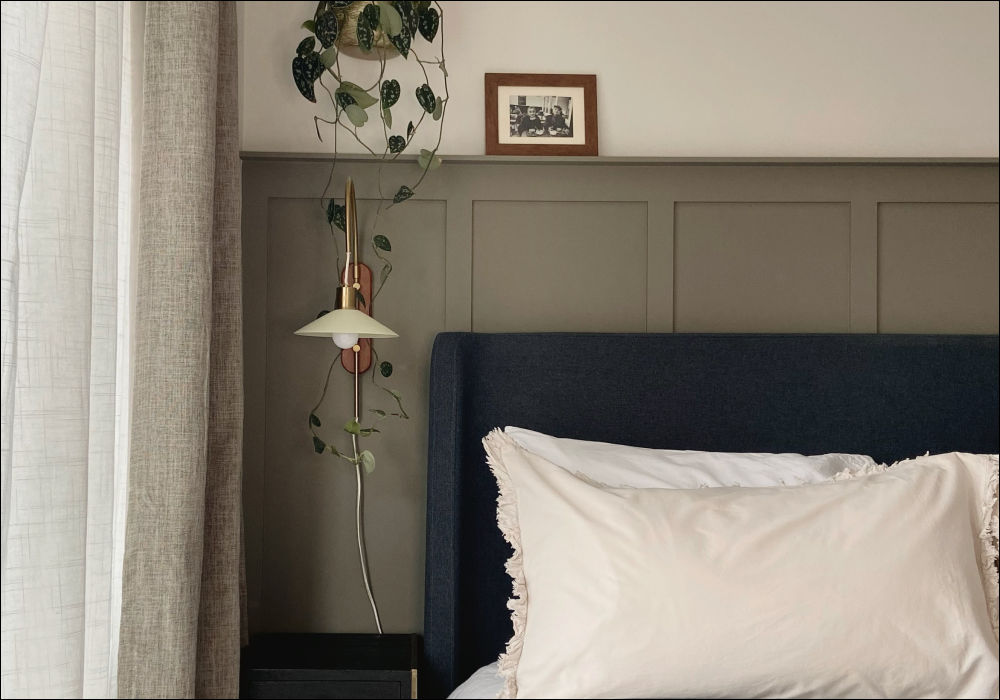

Leave a comment